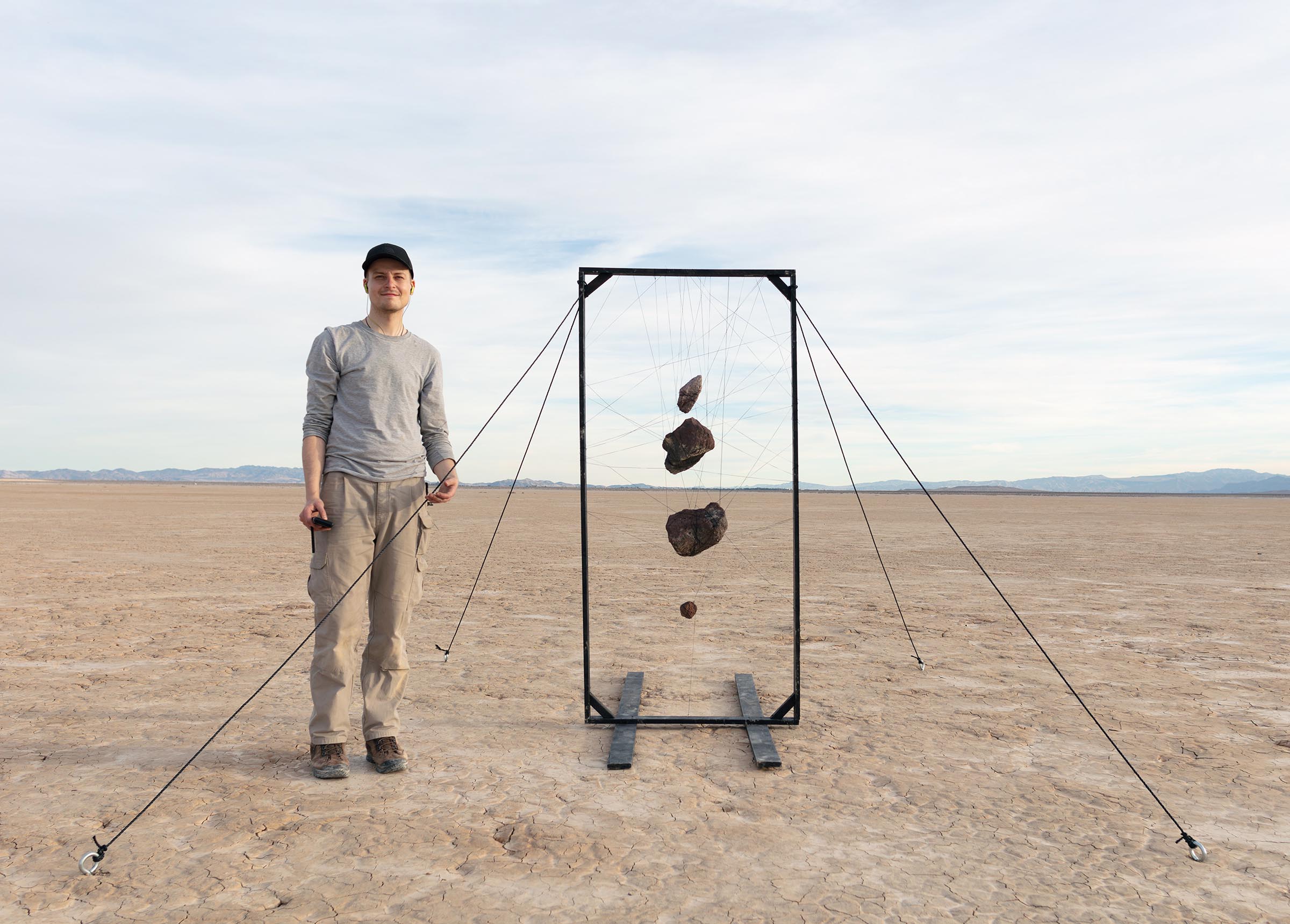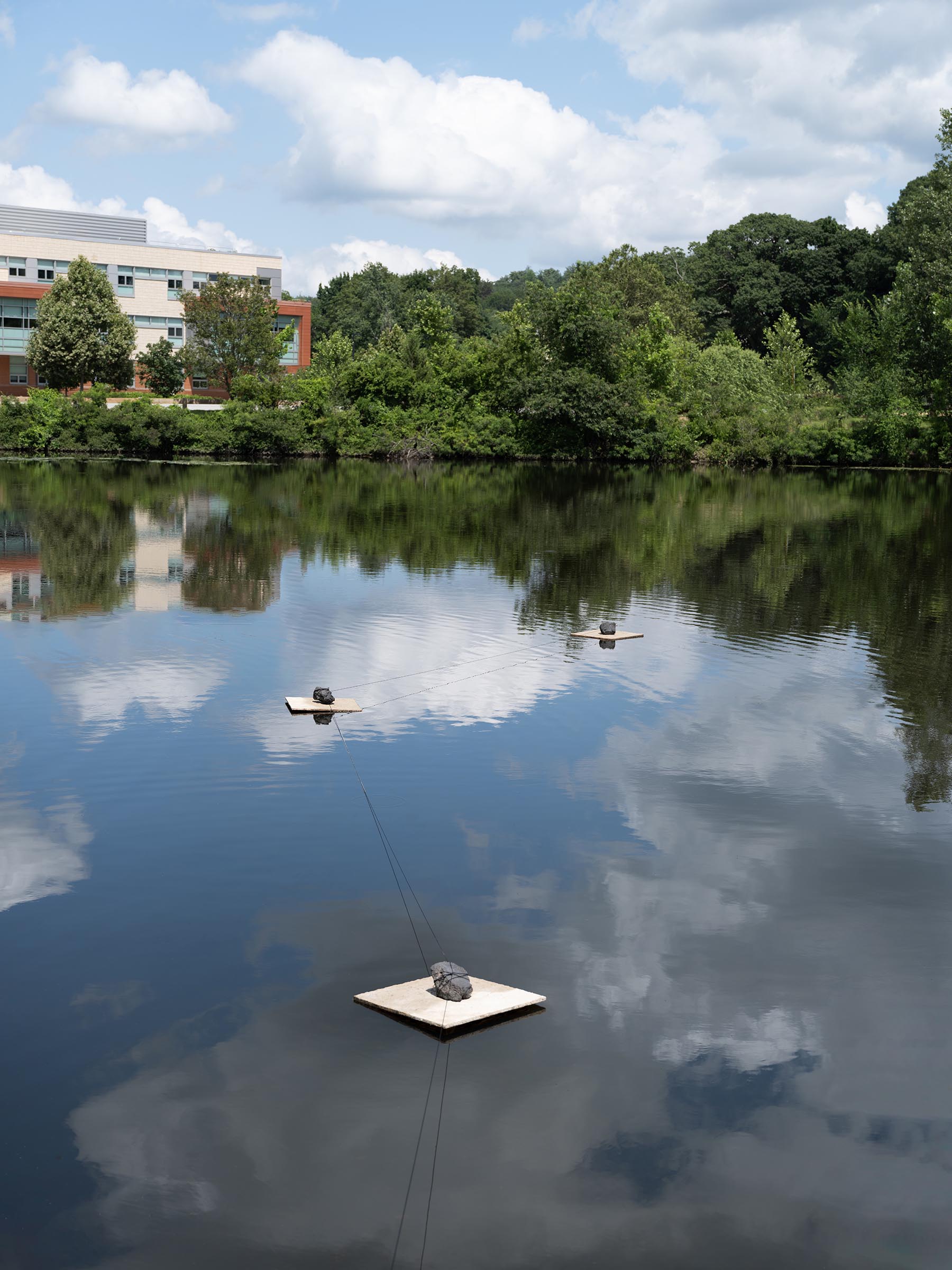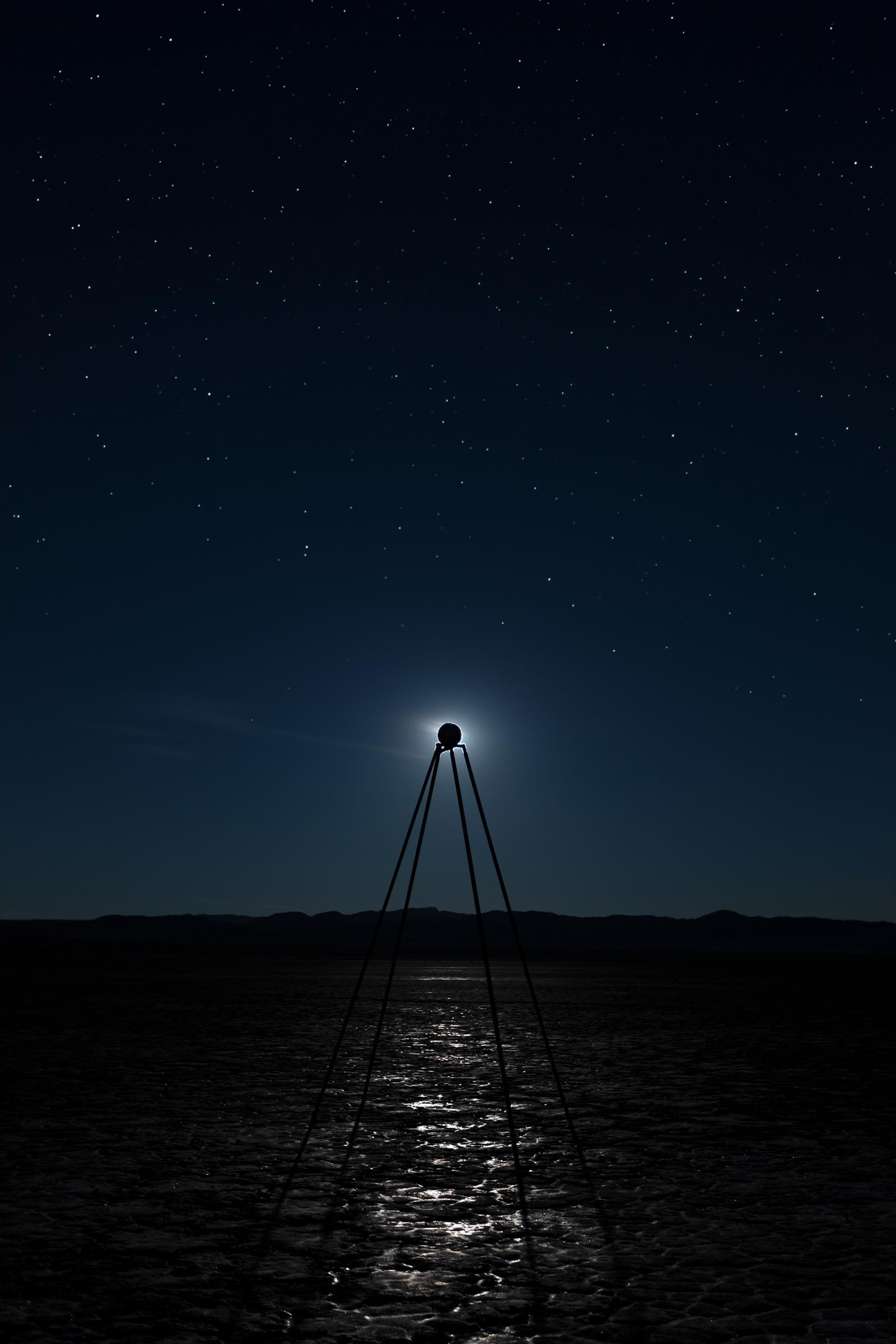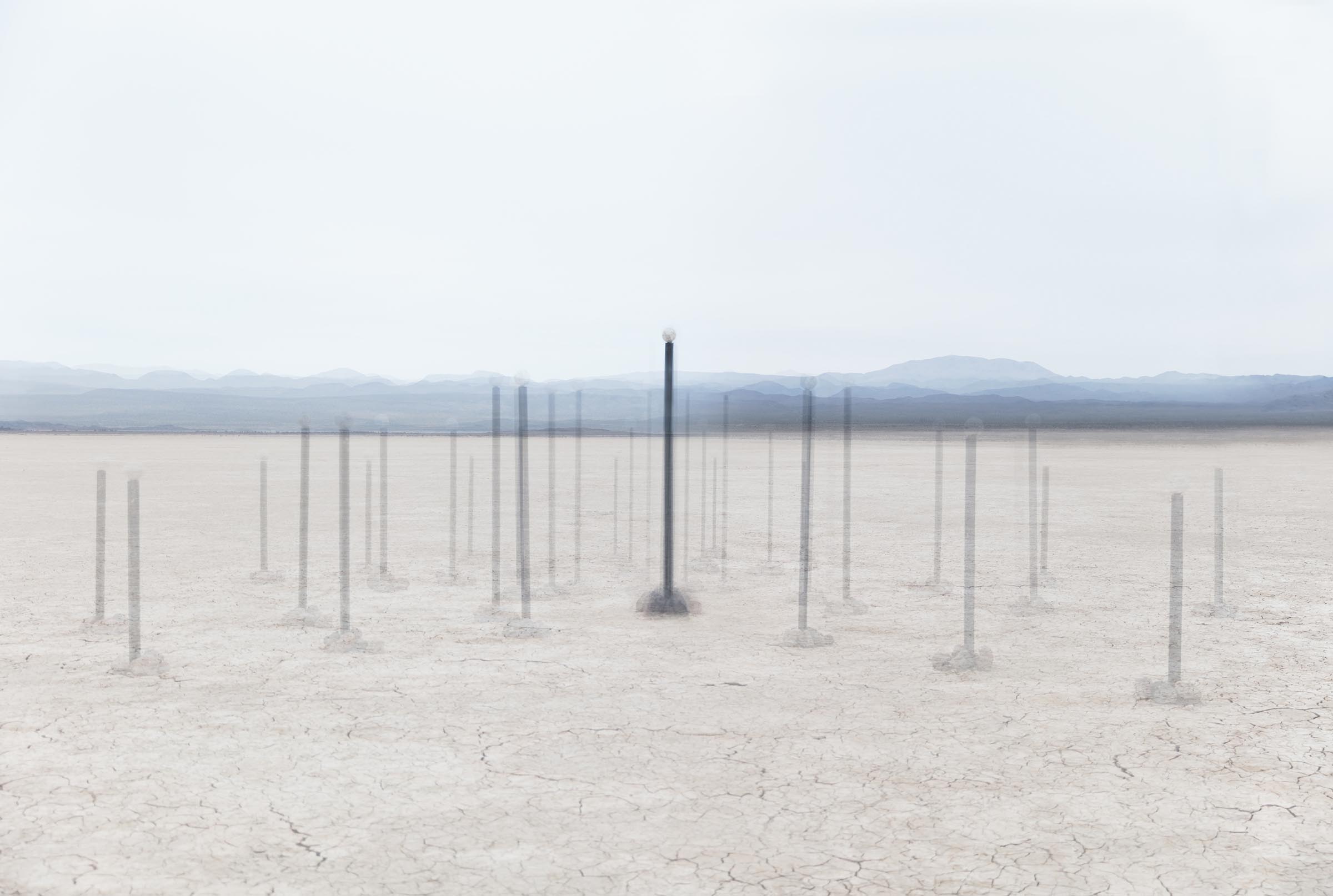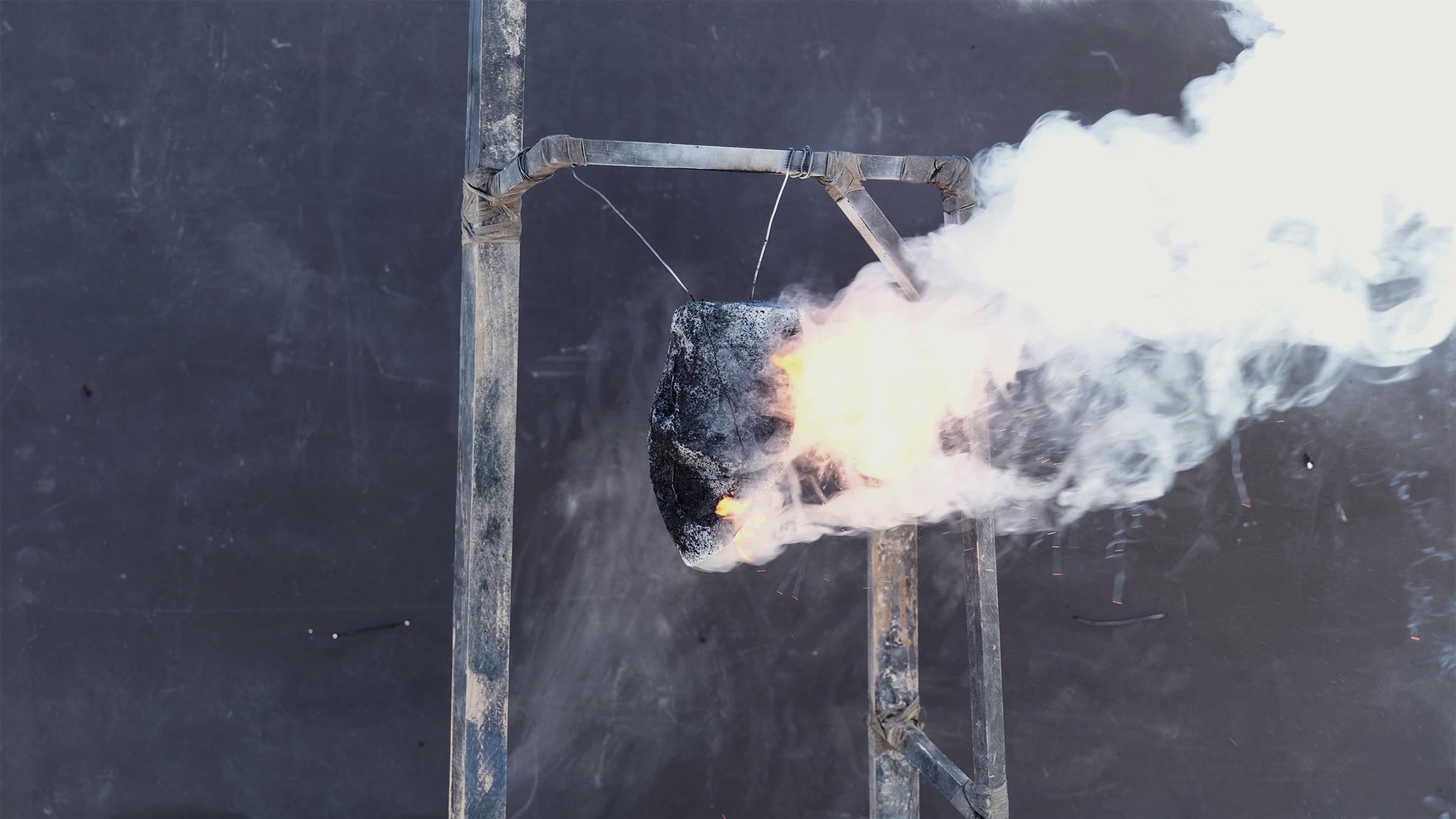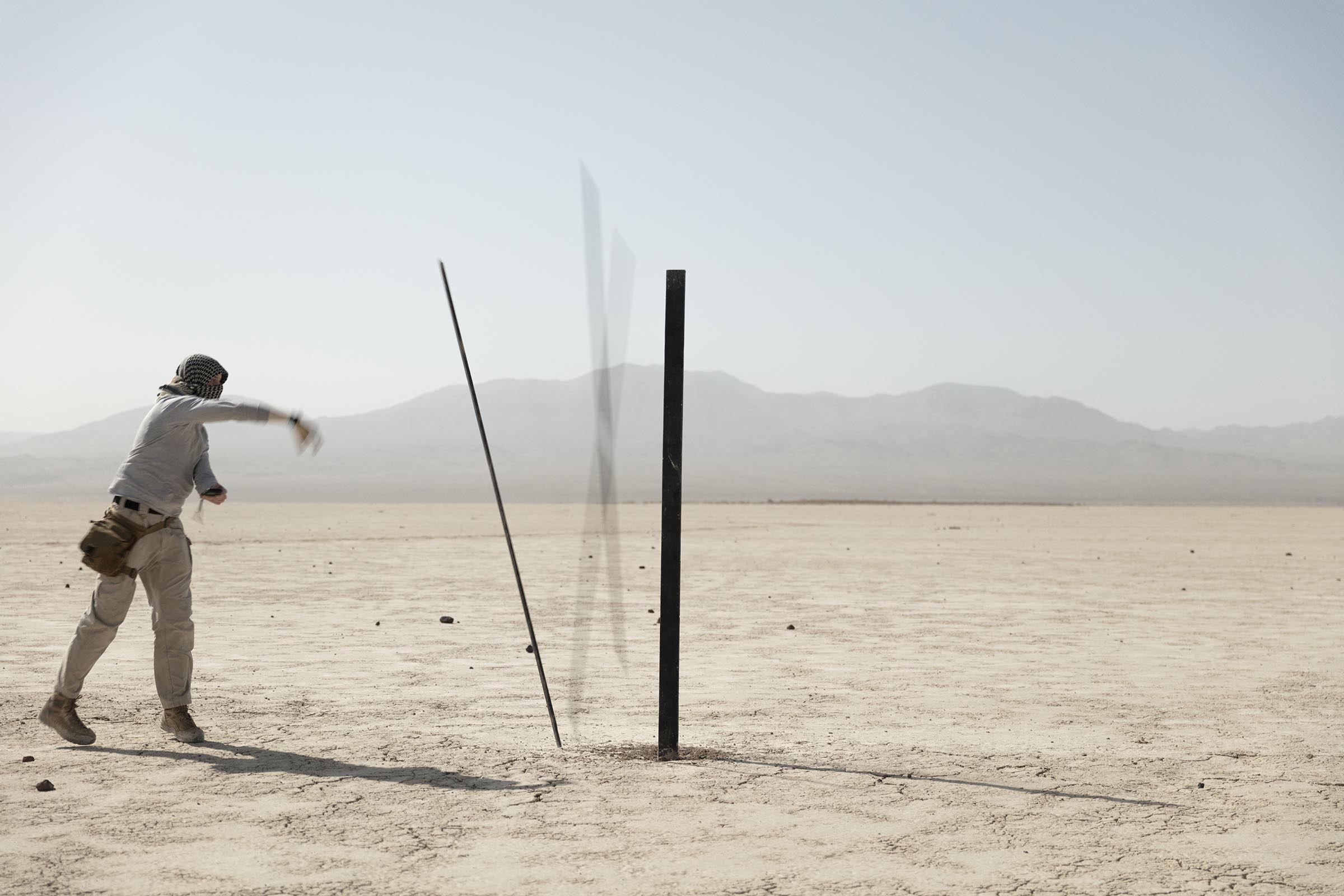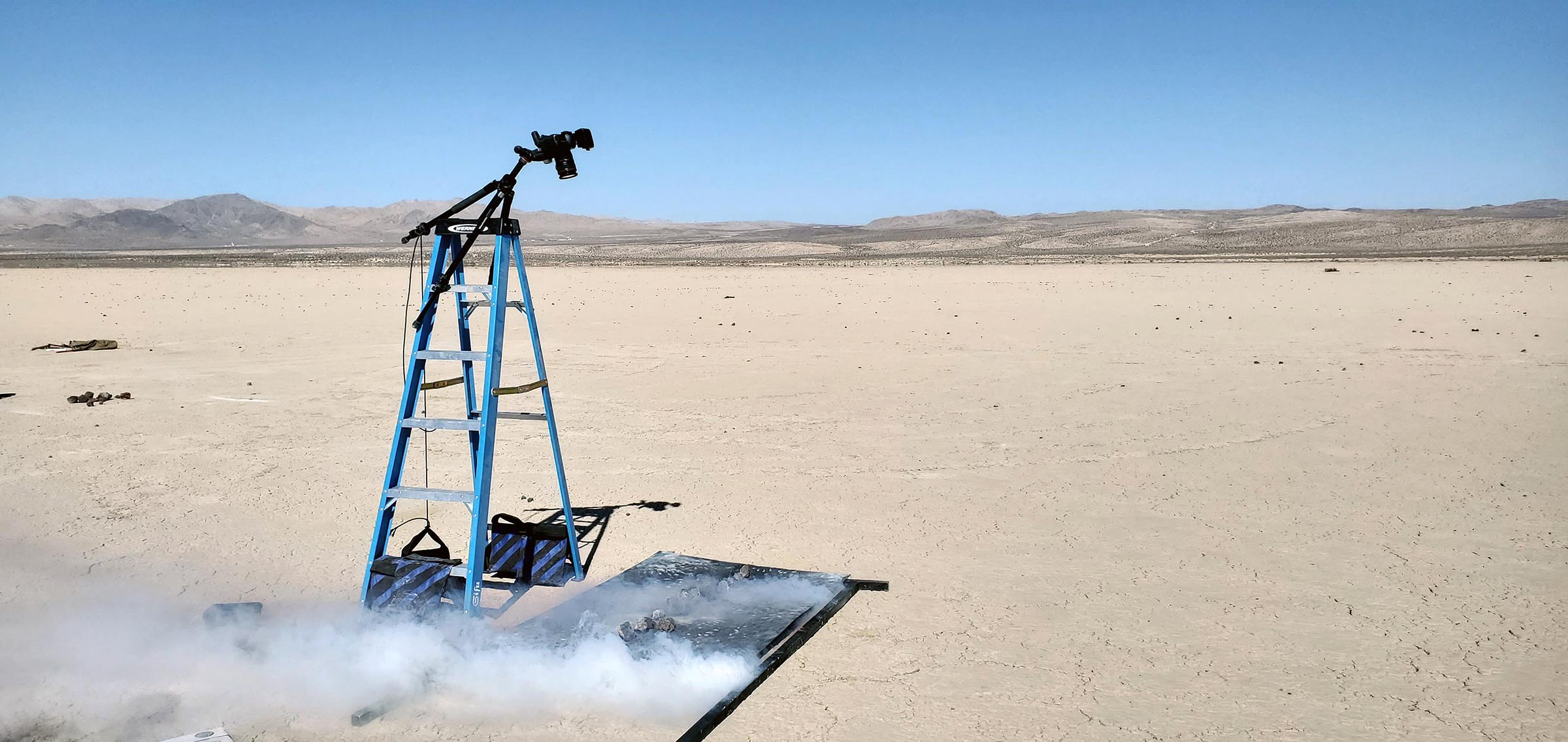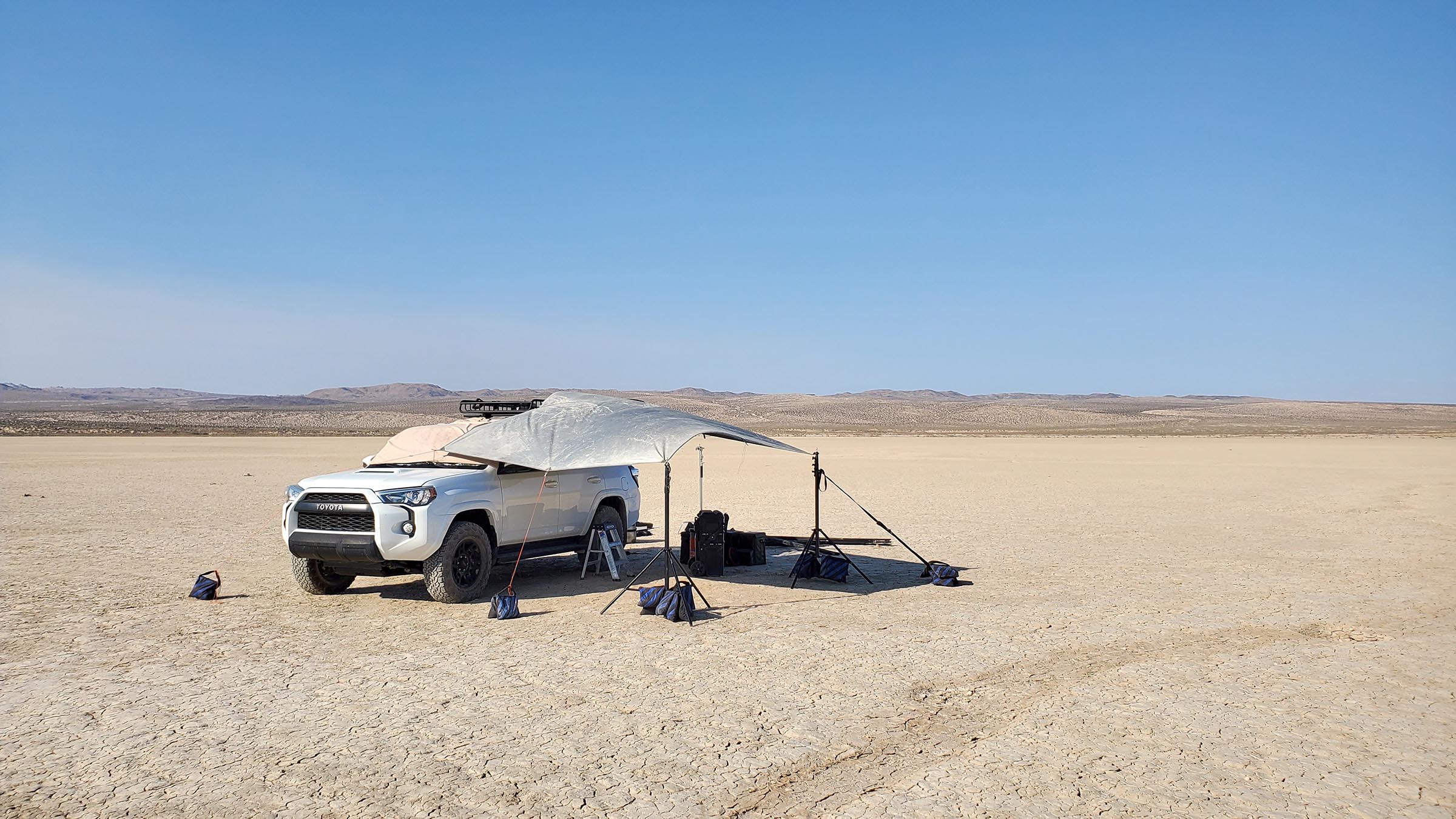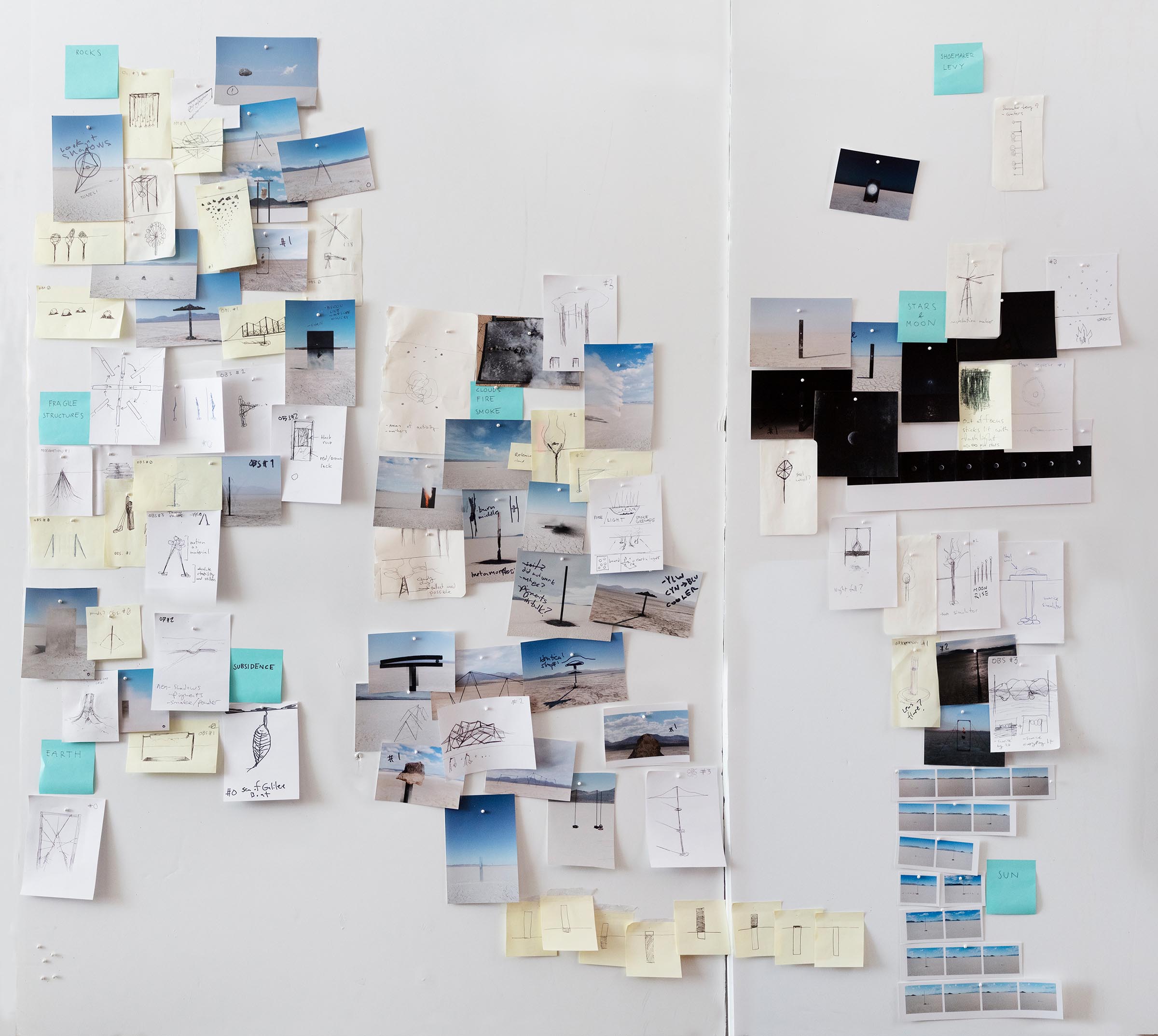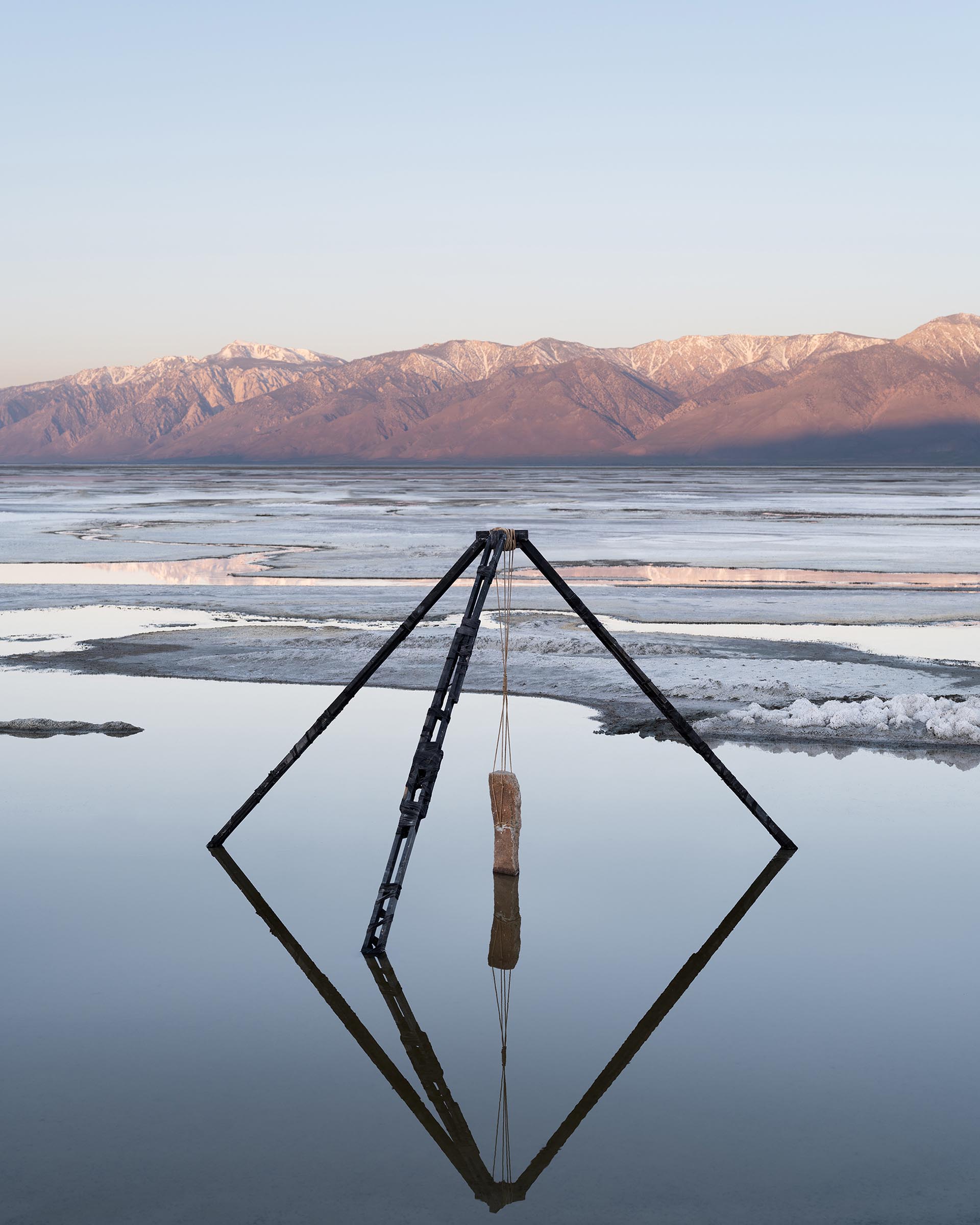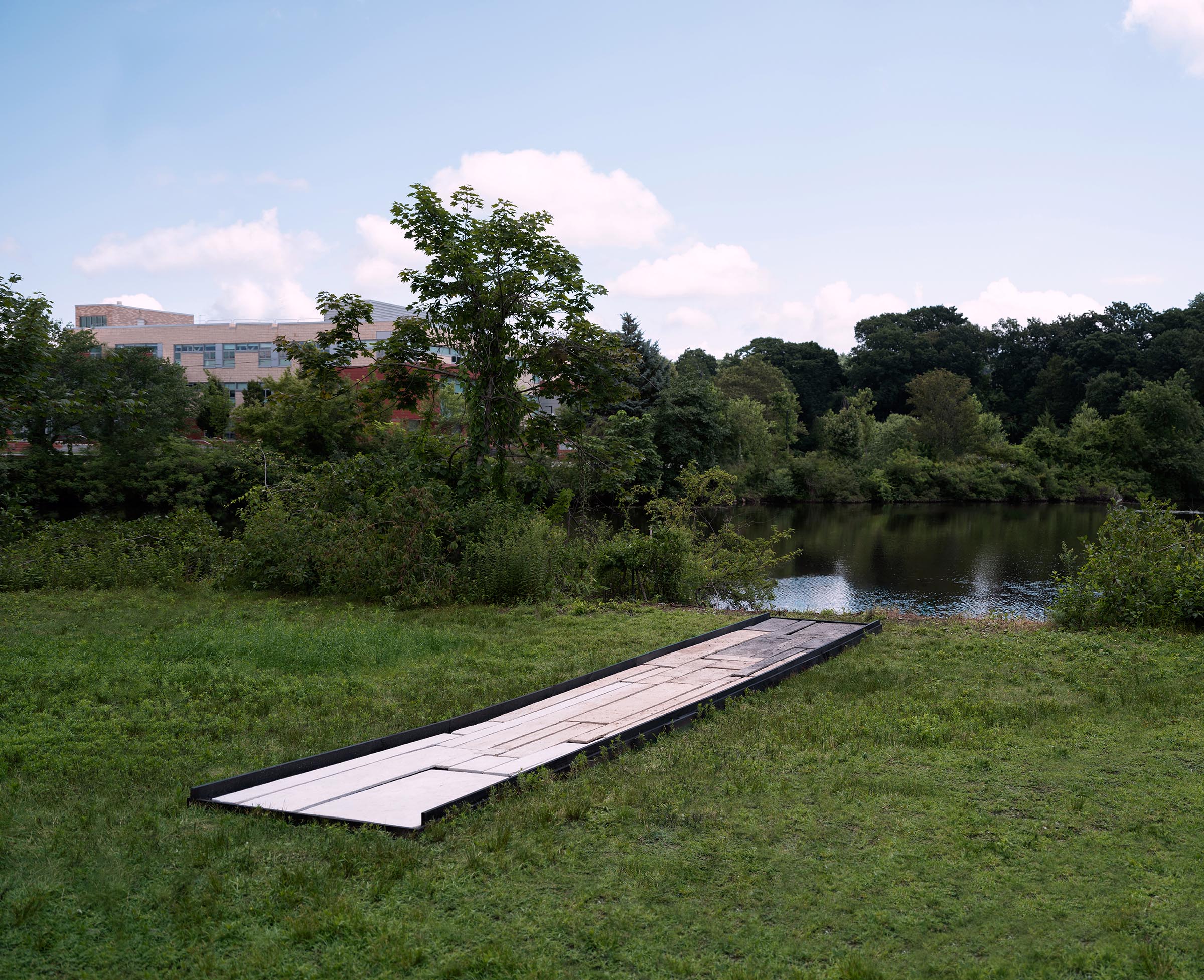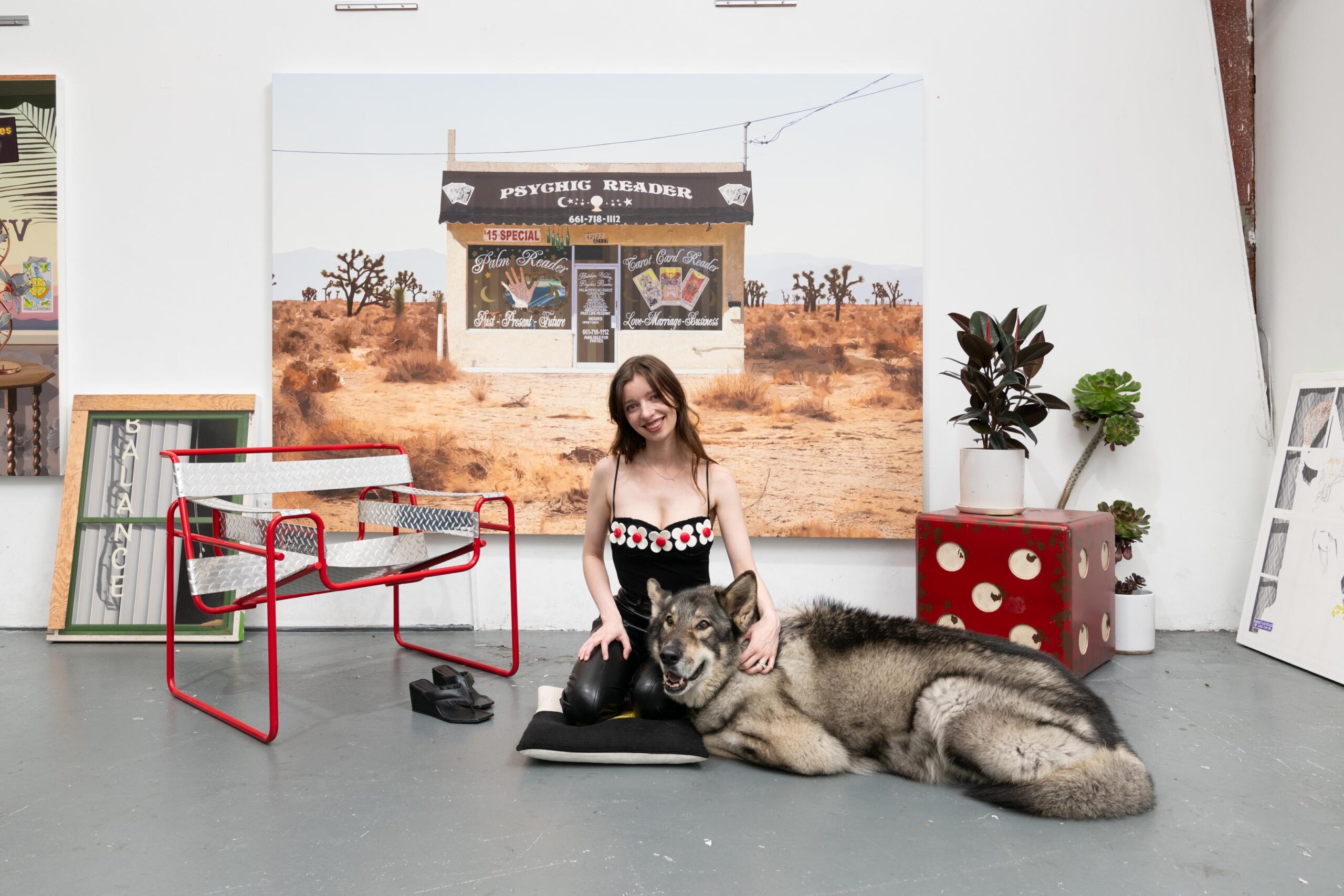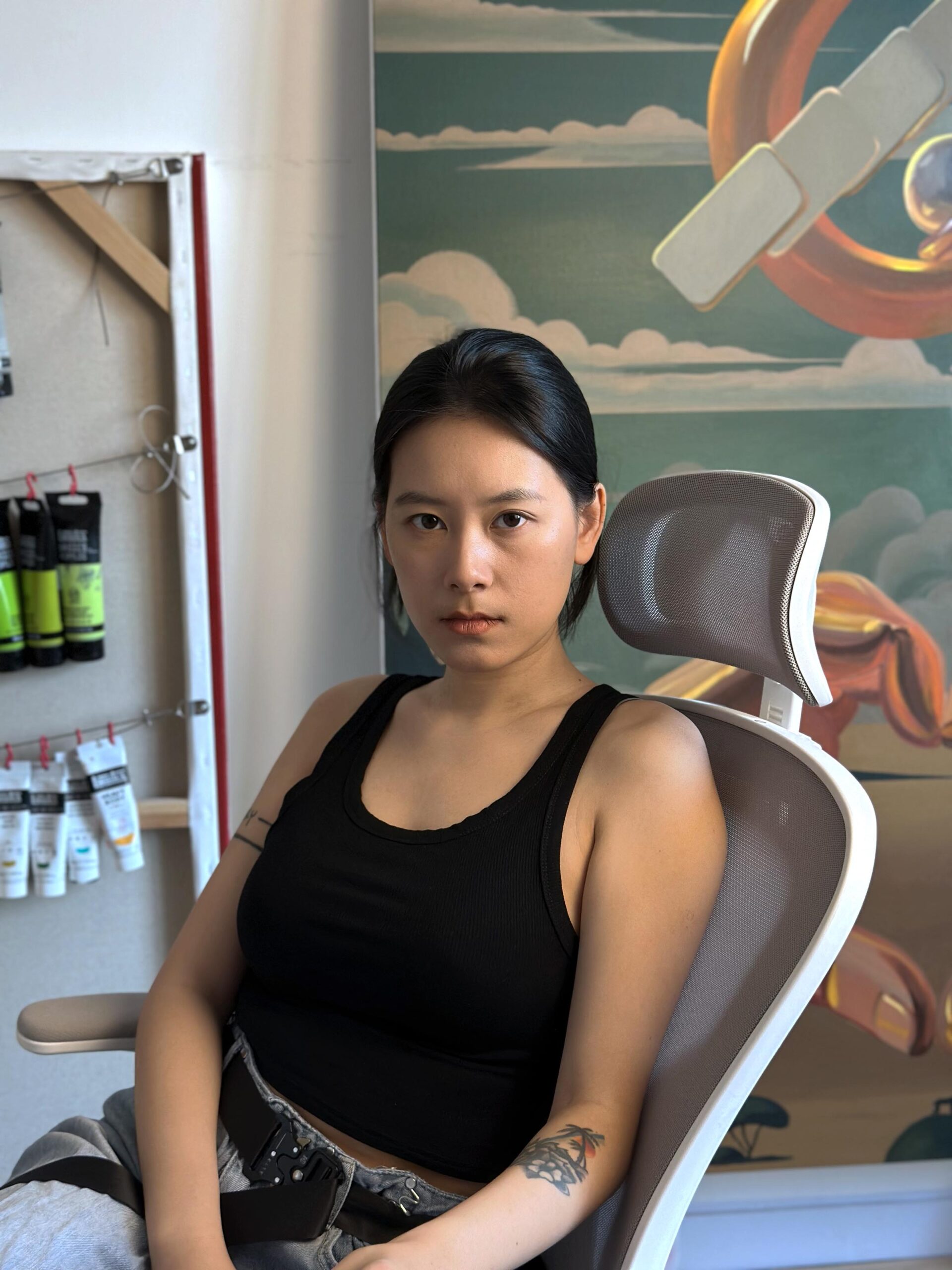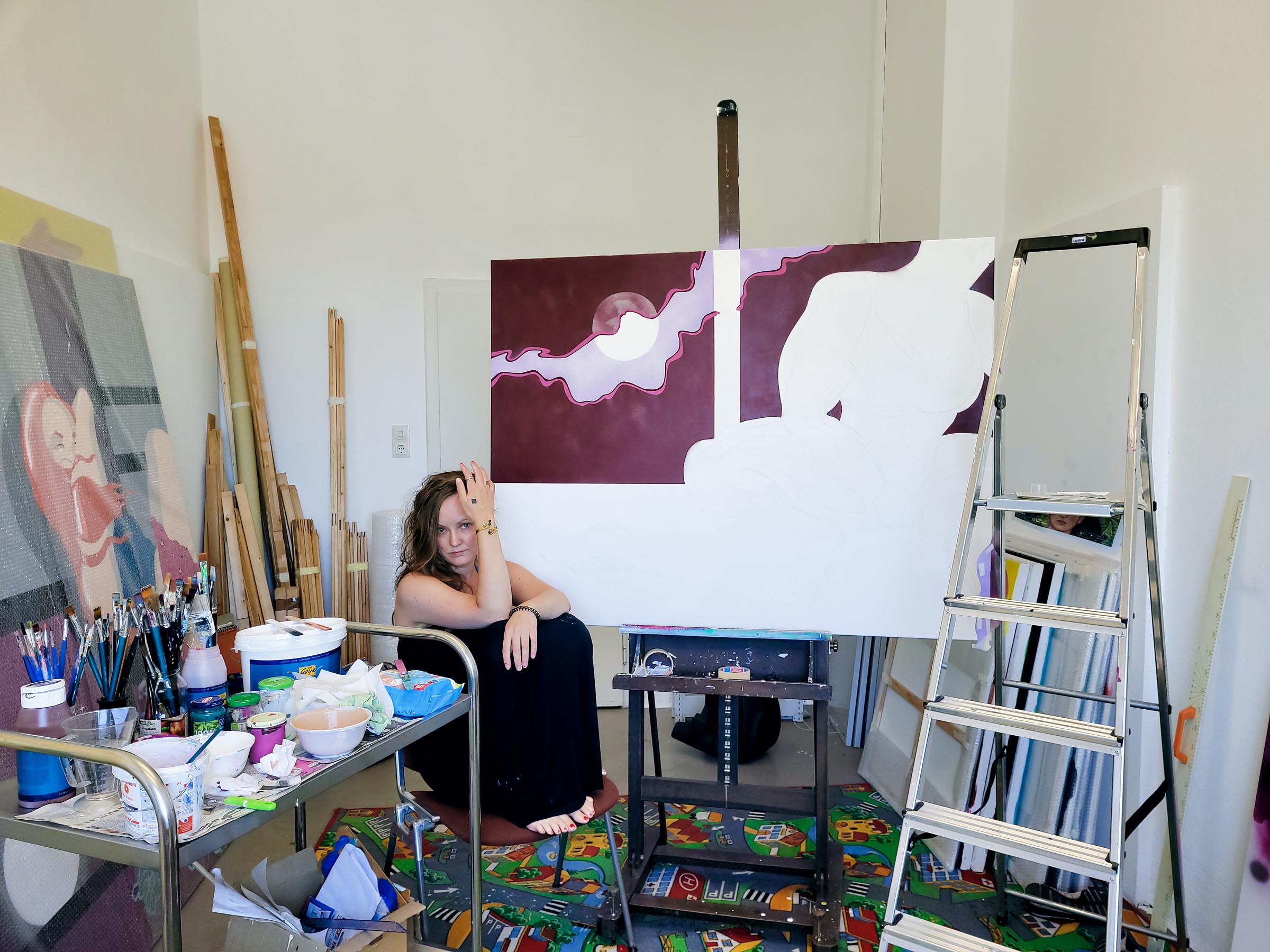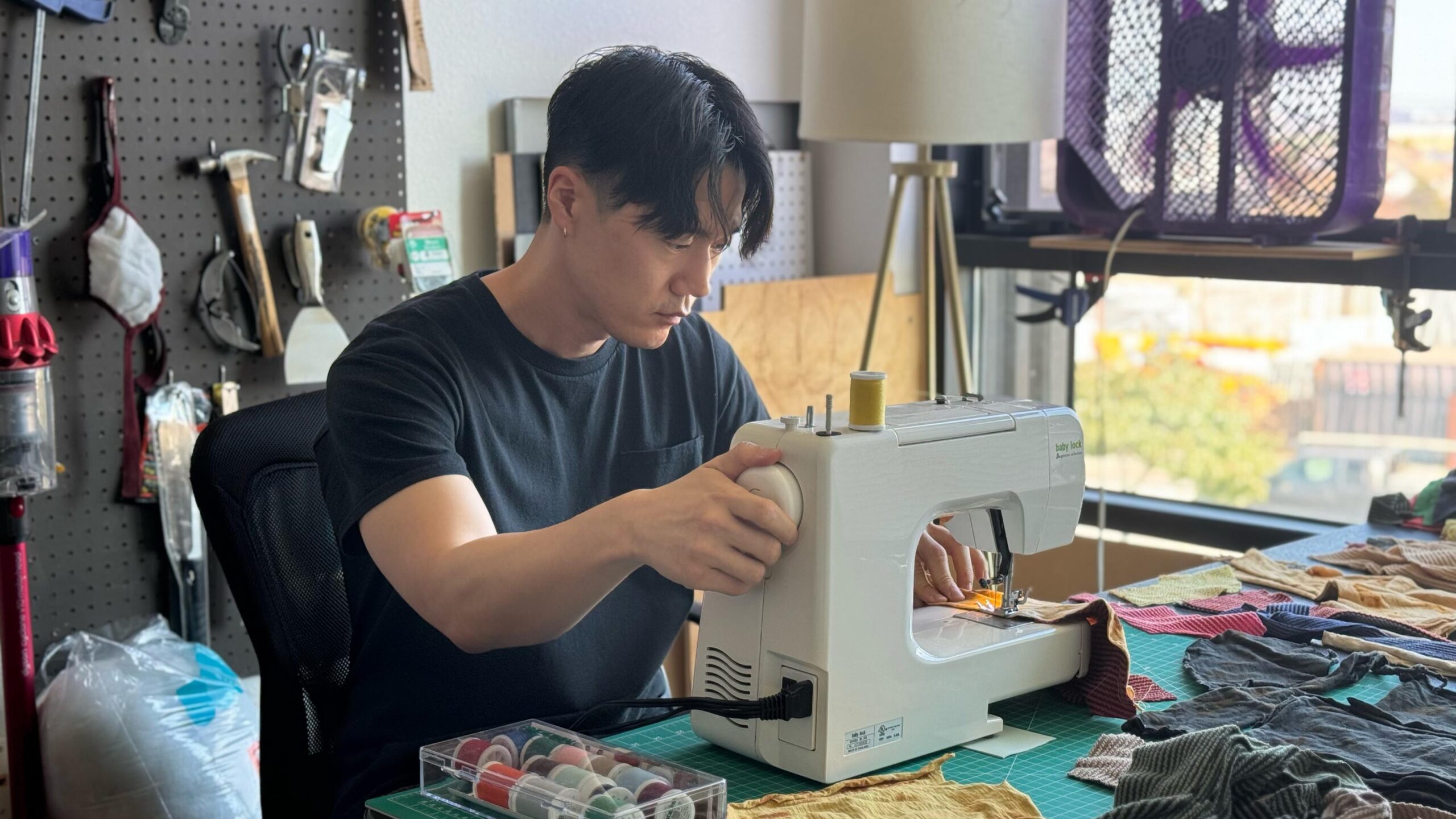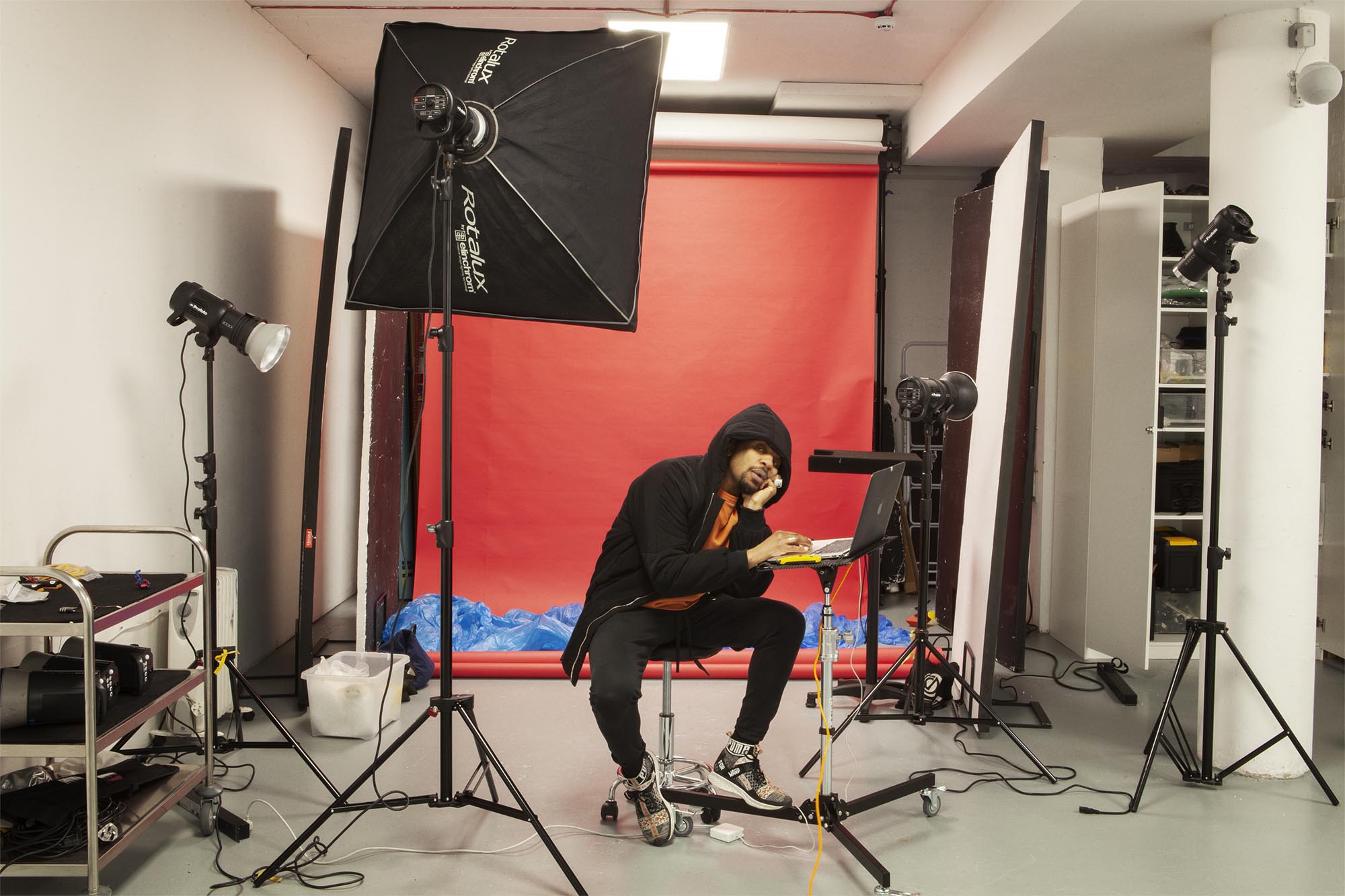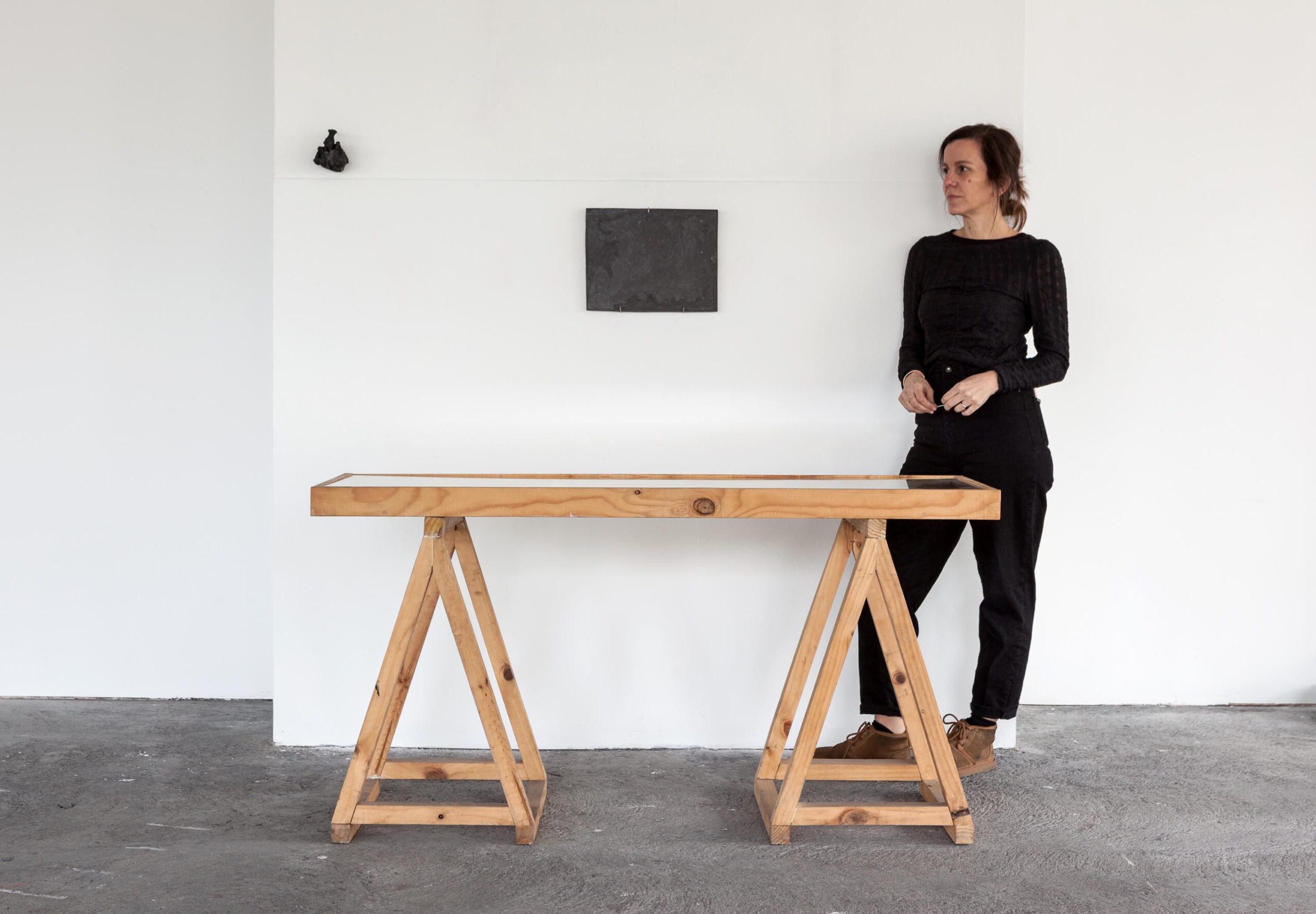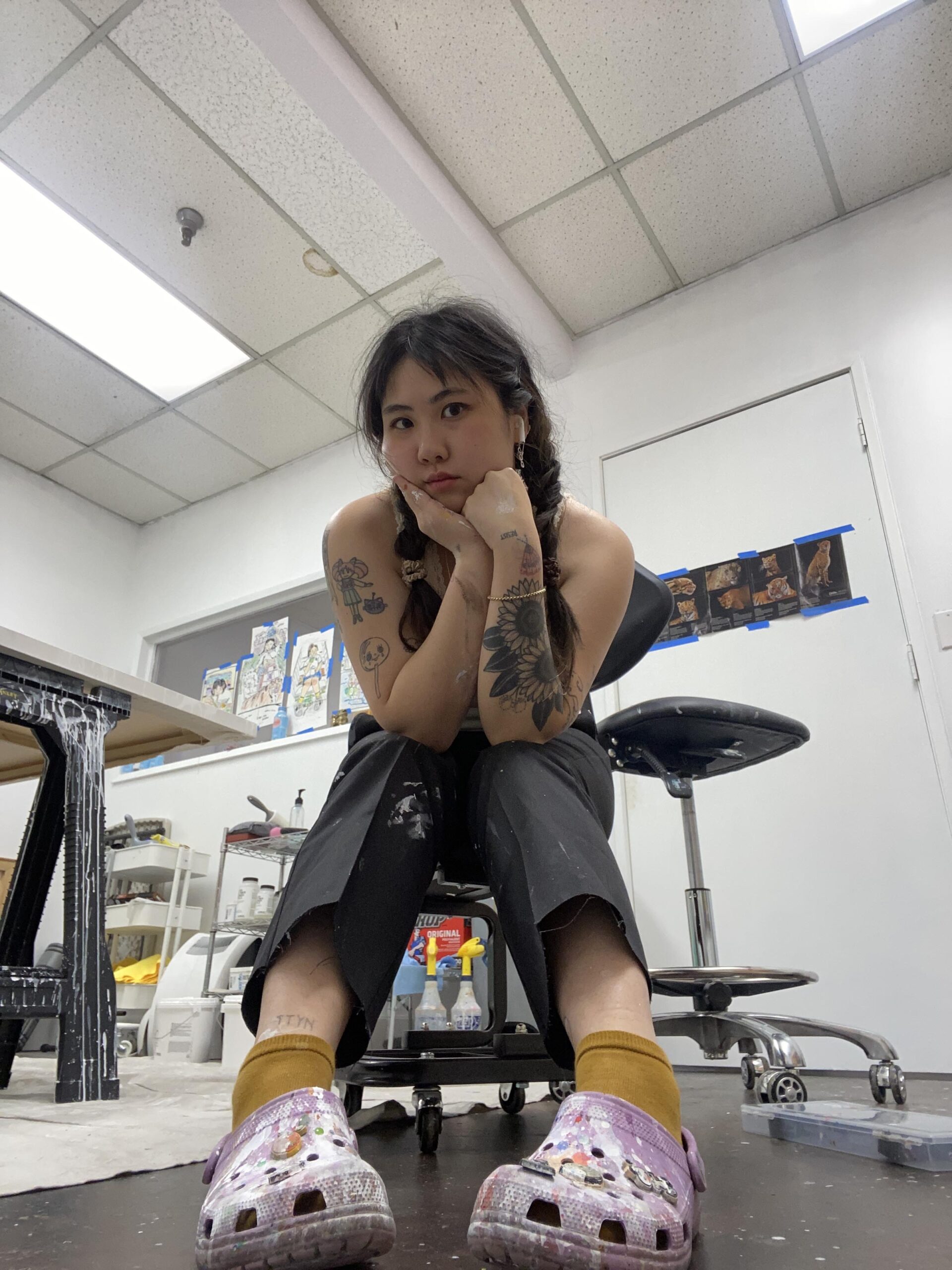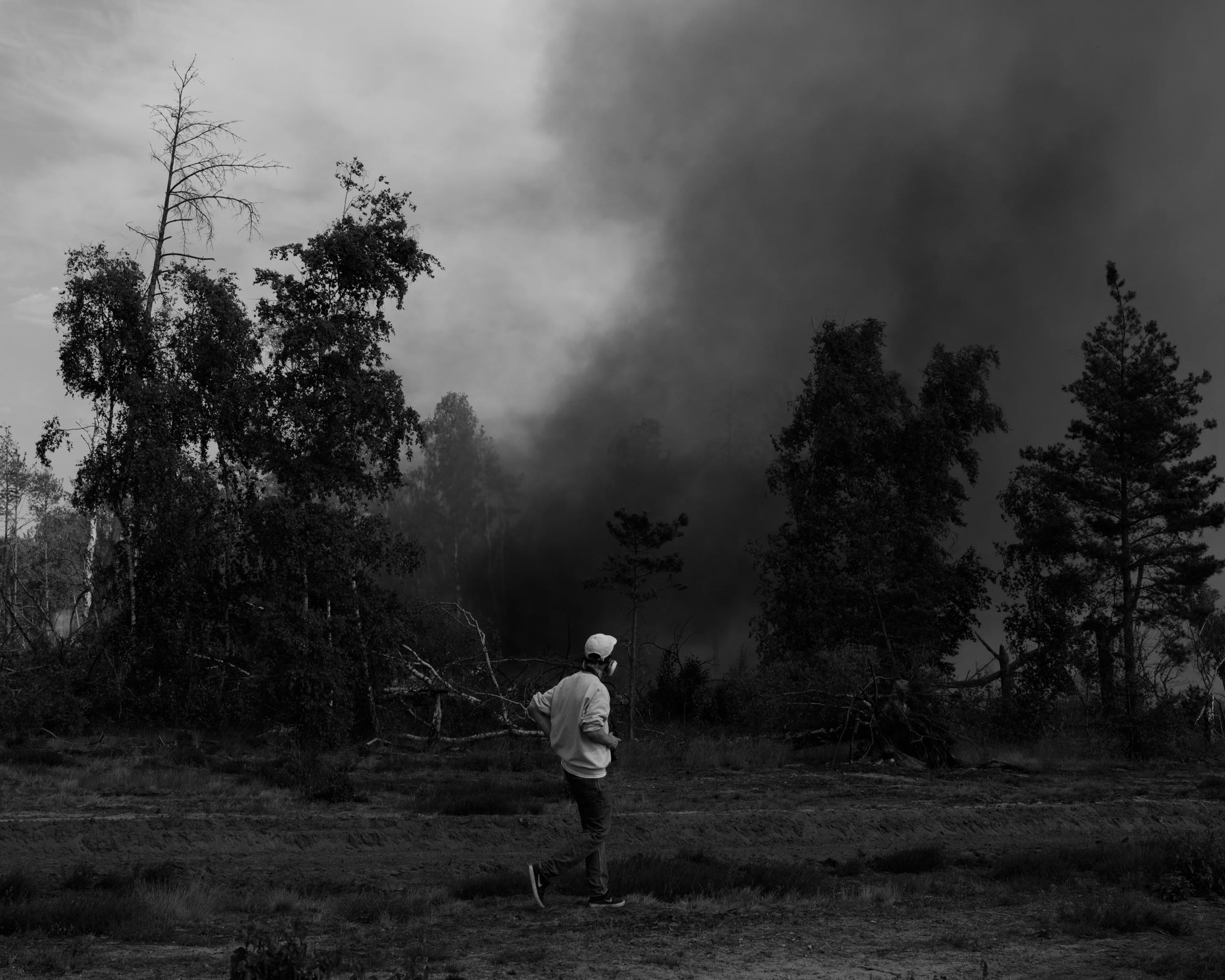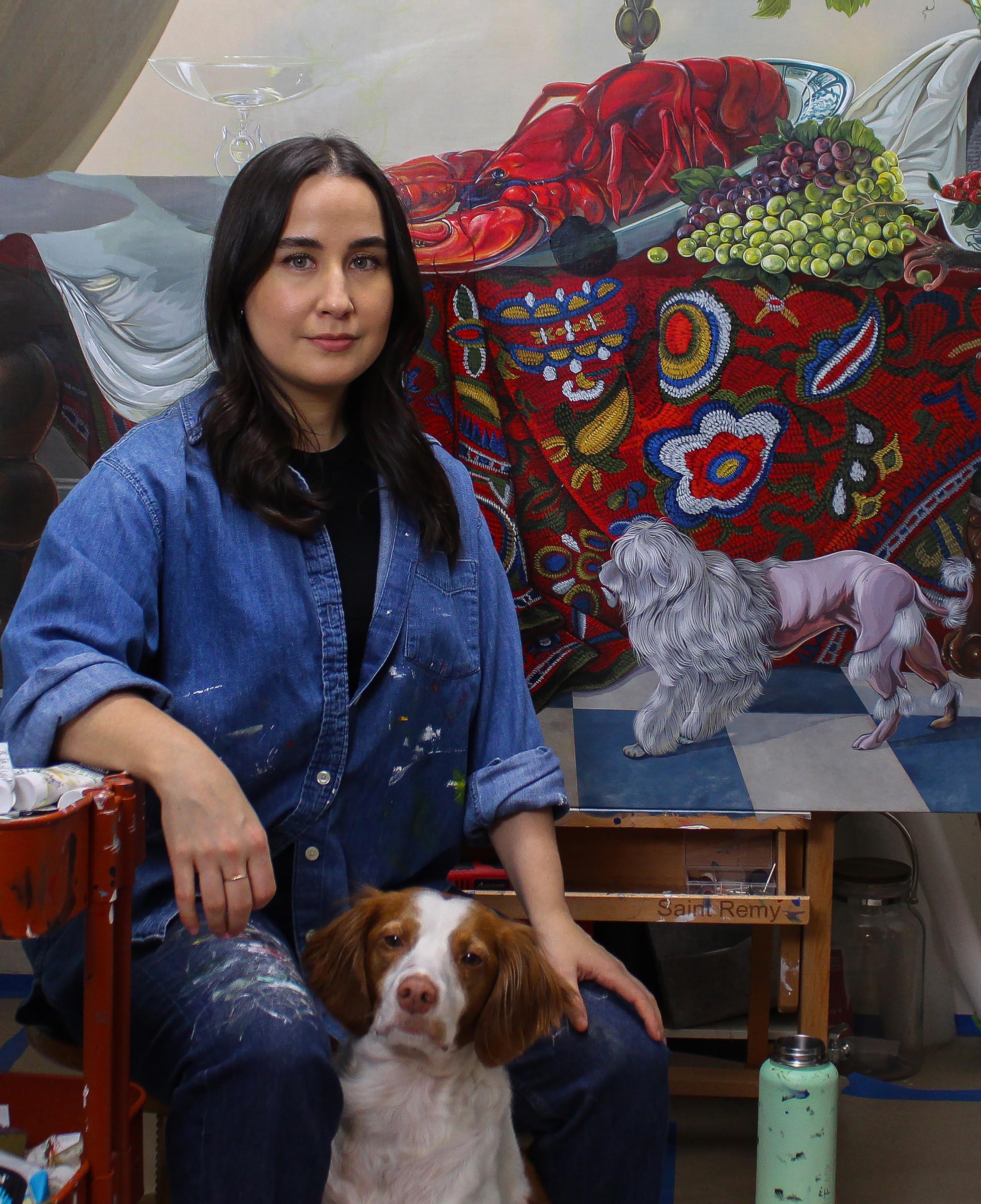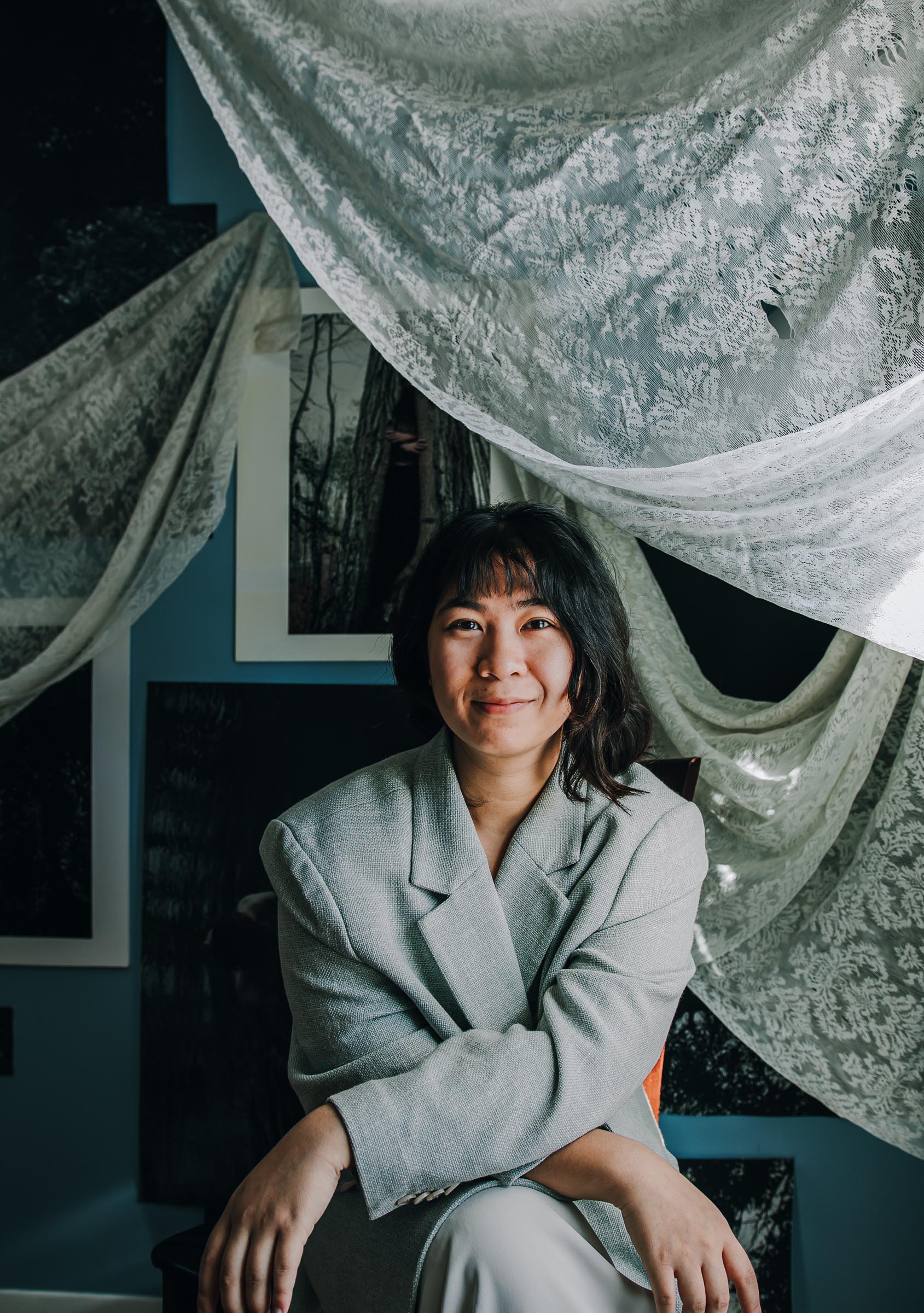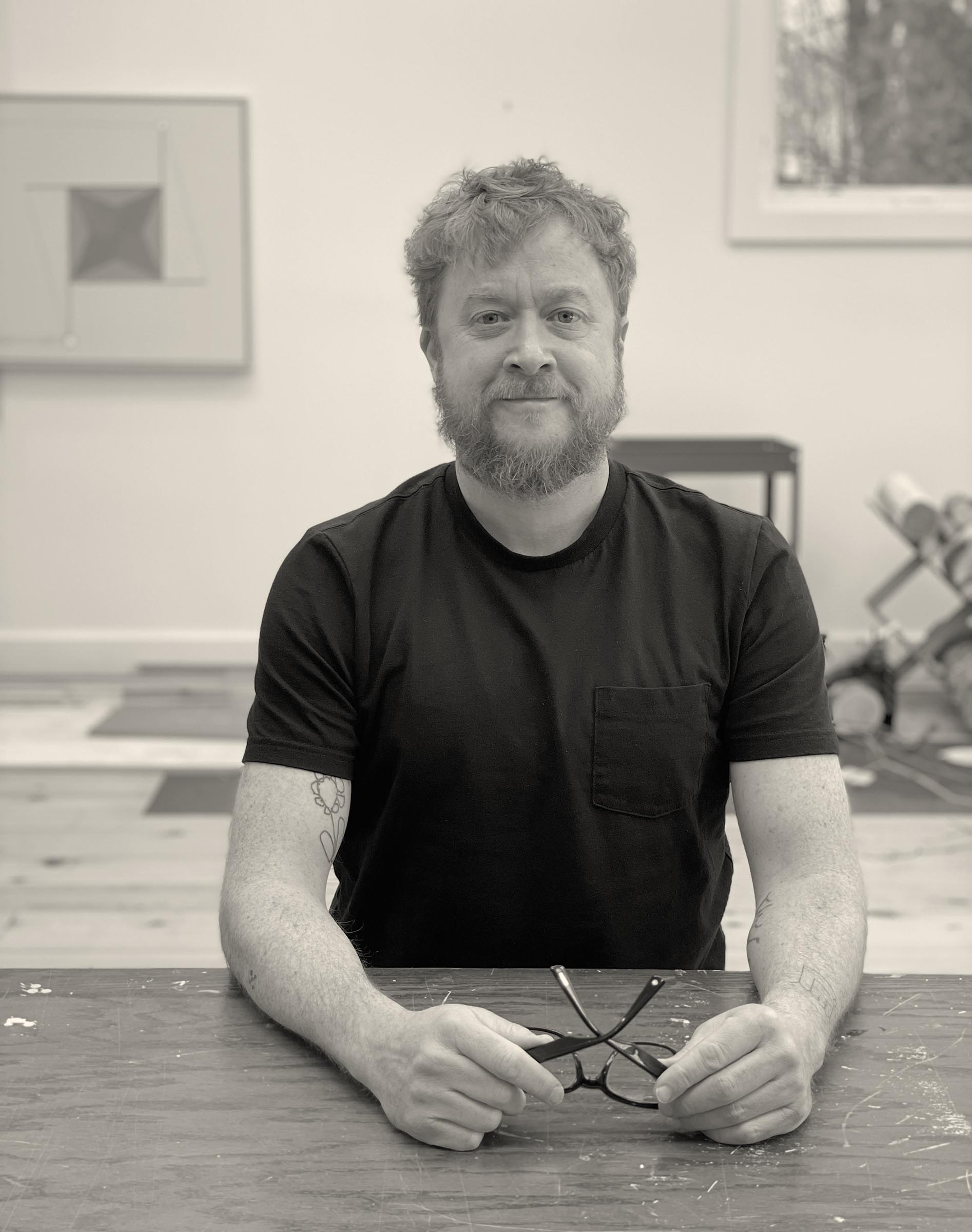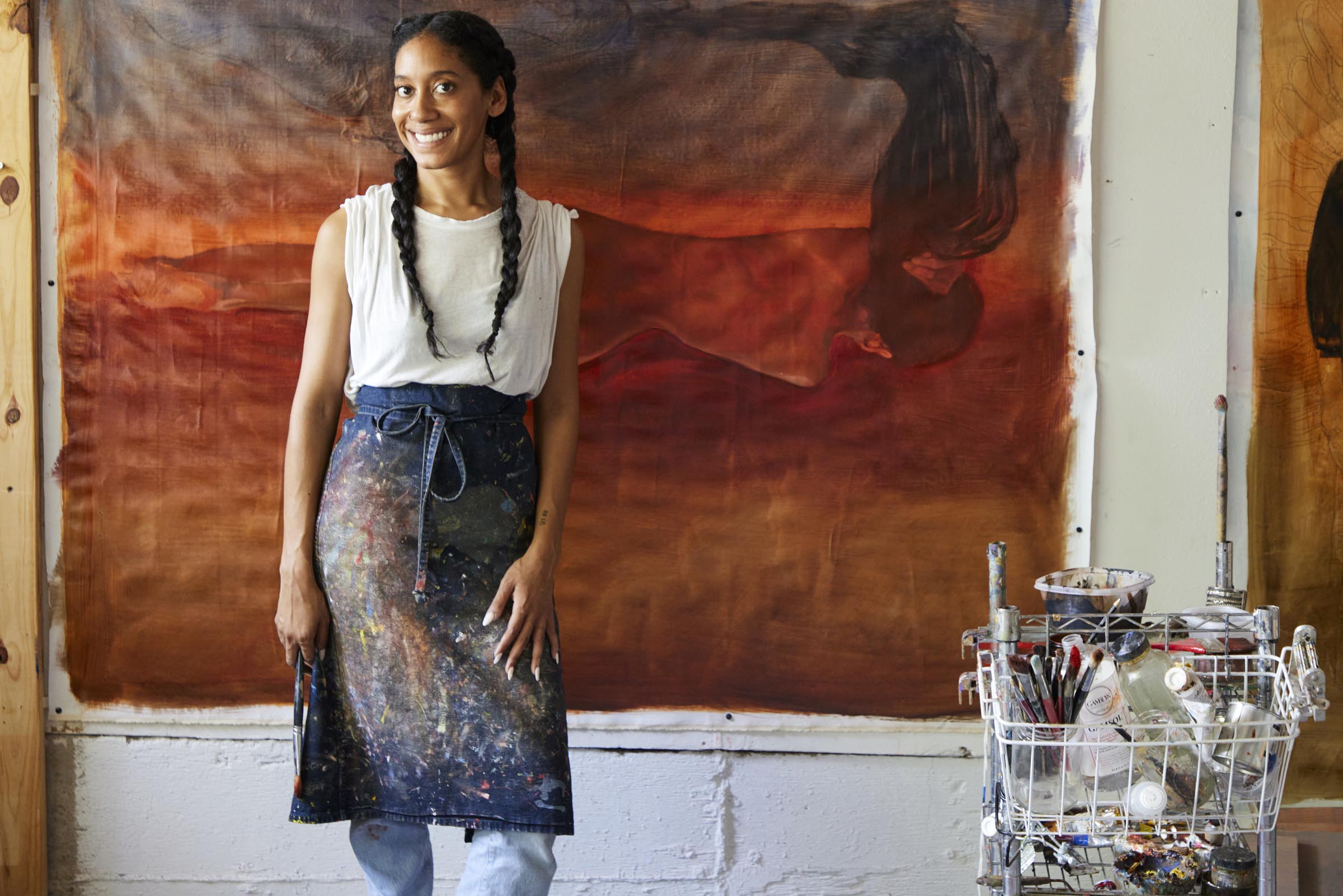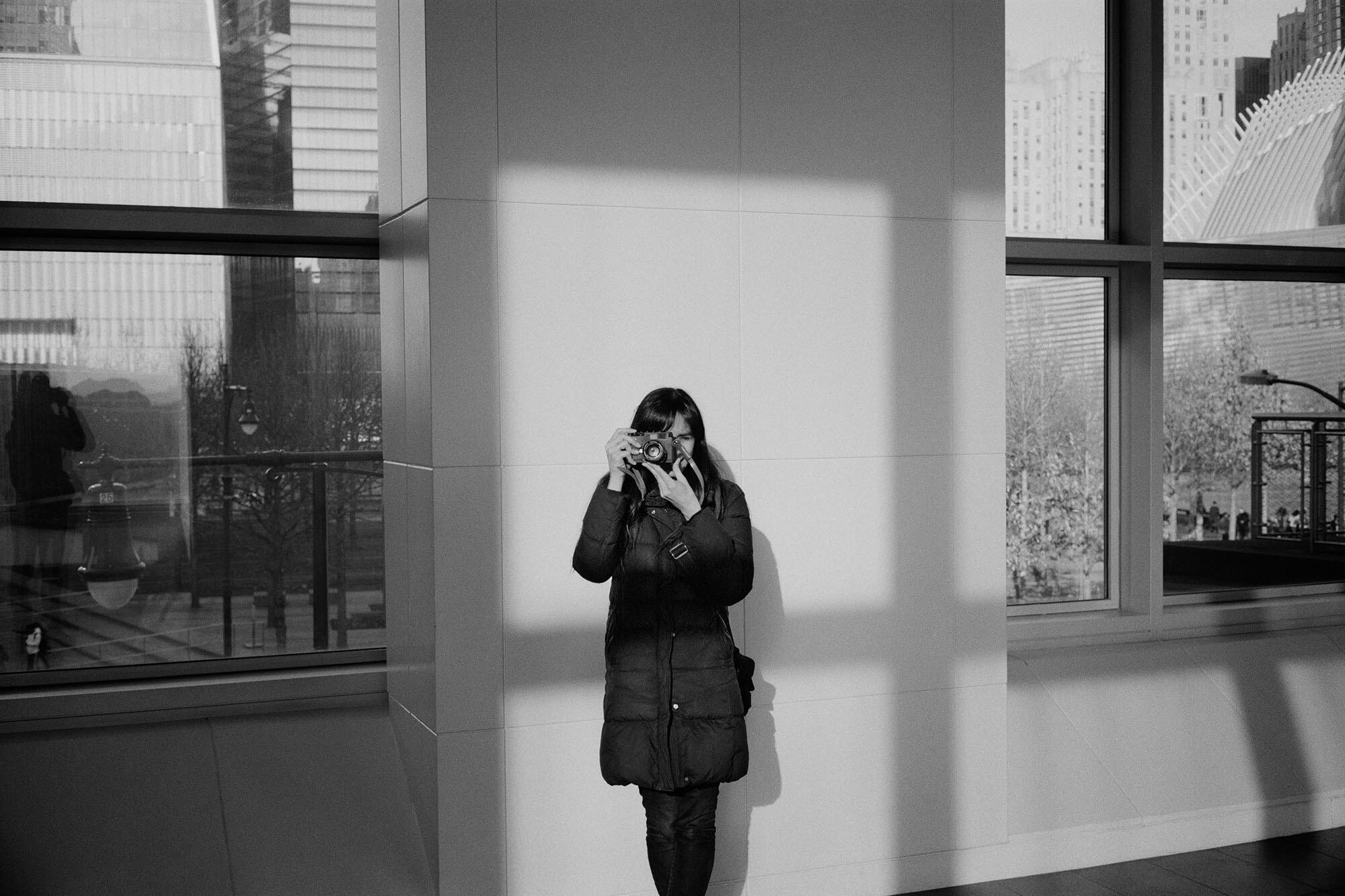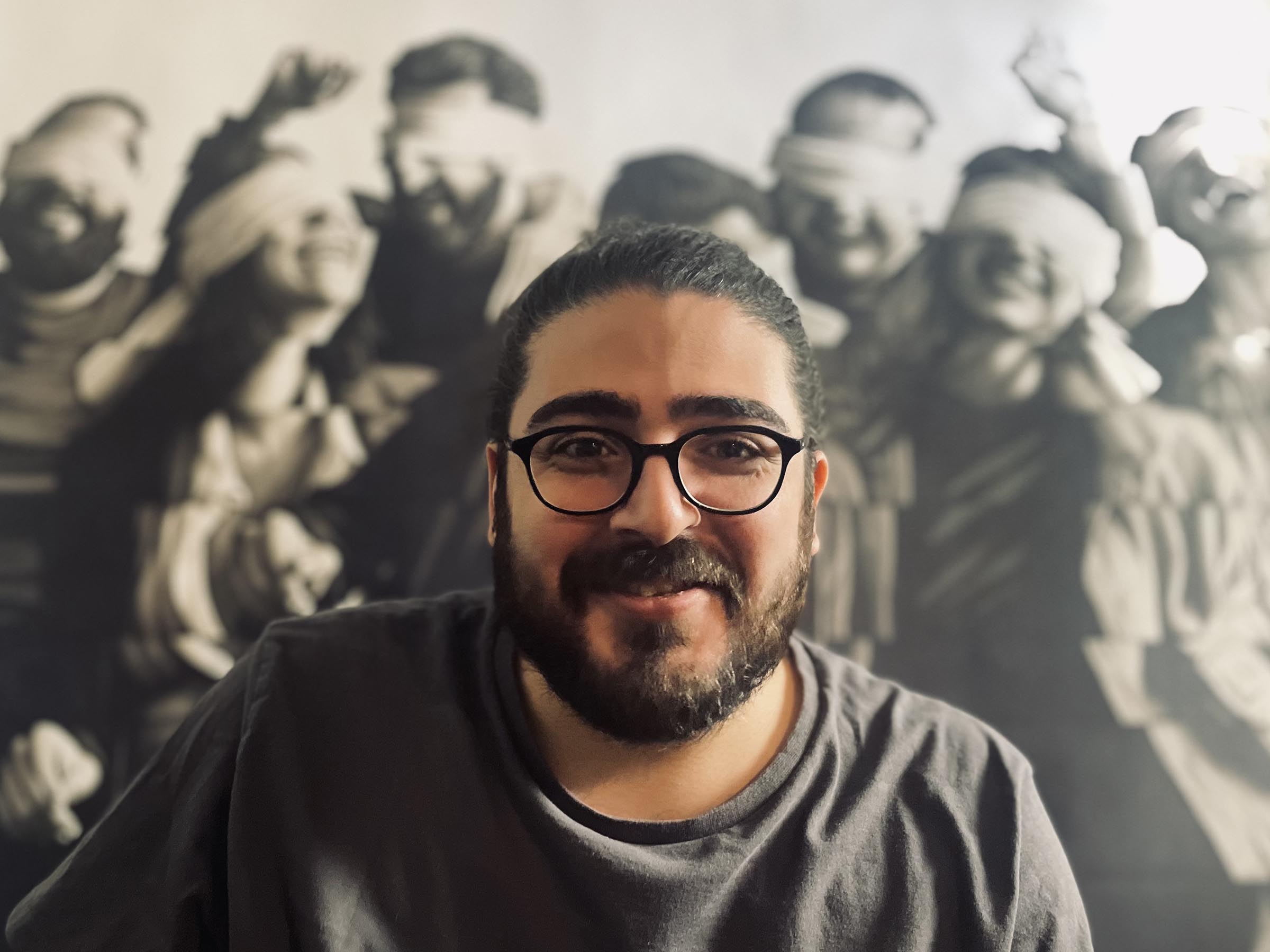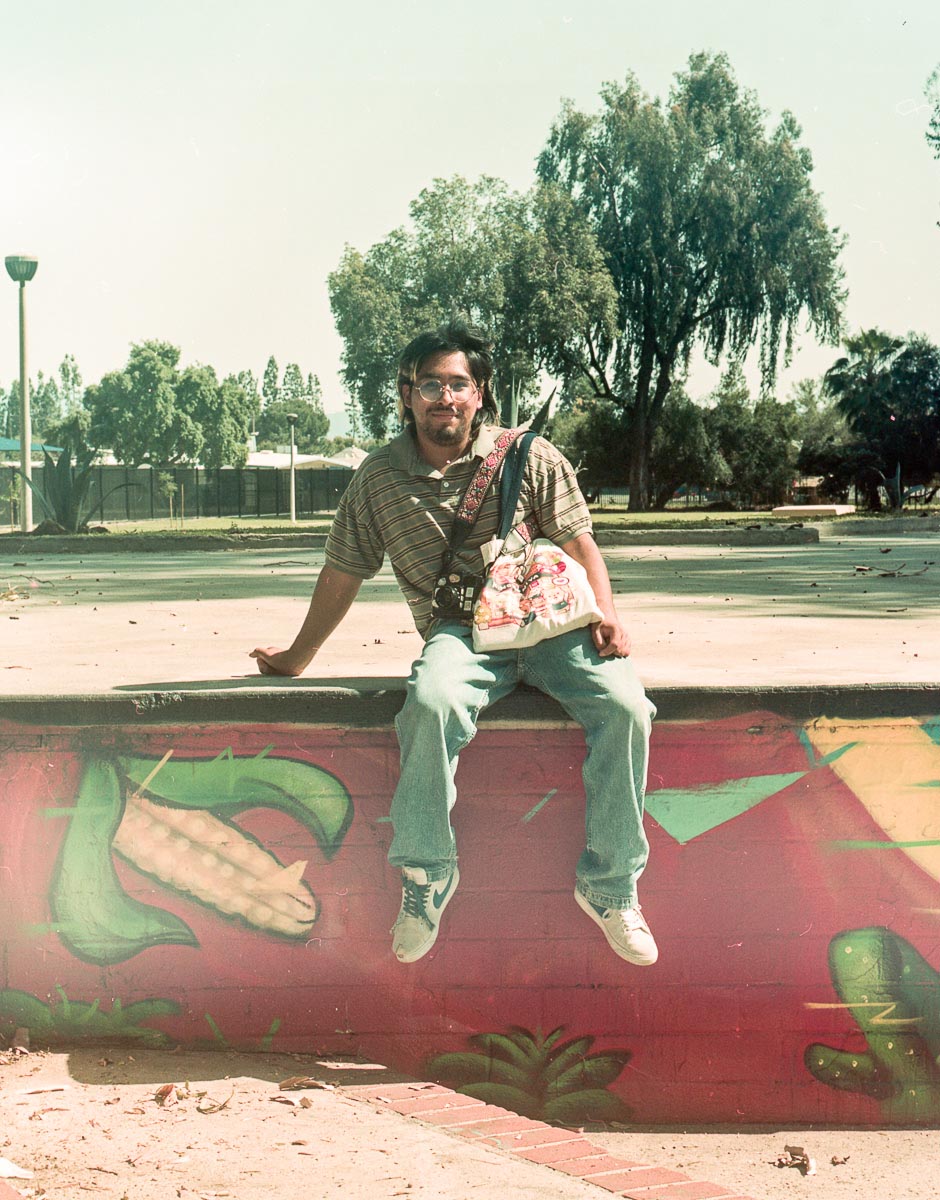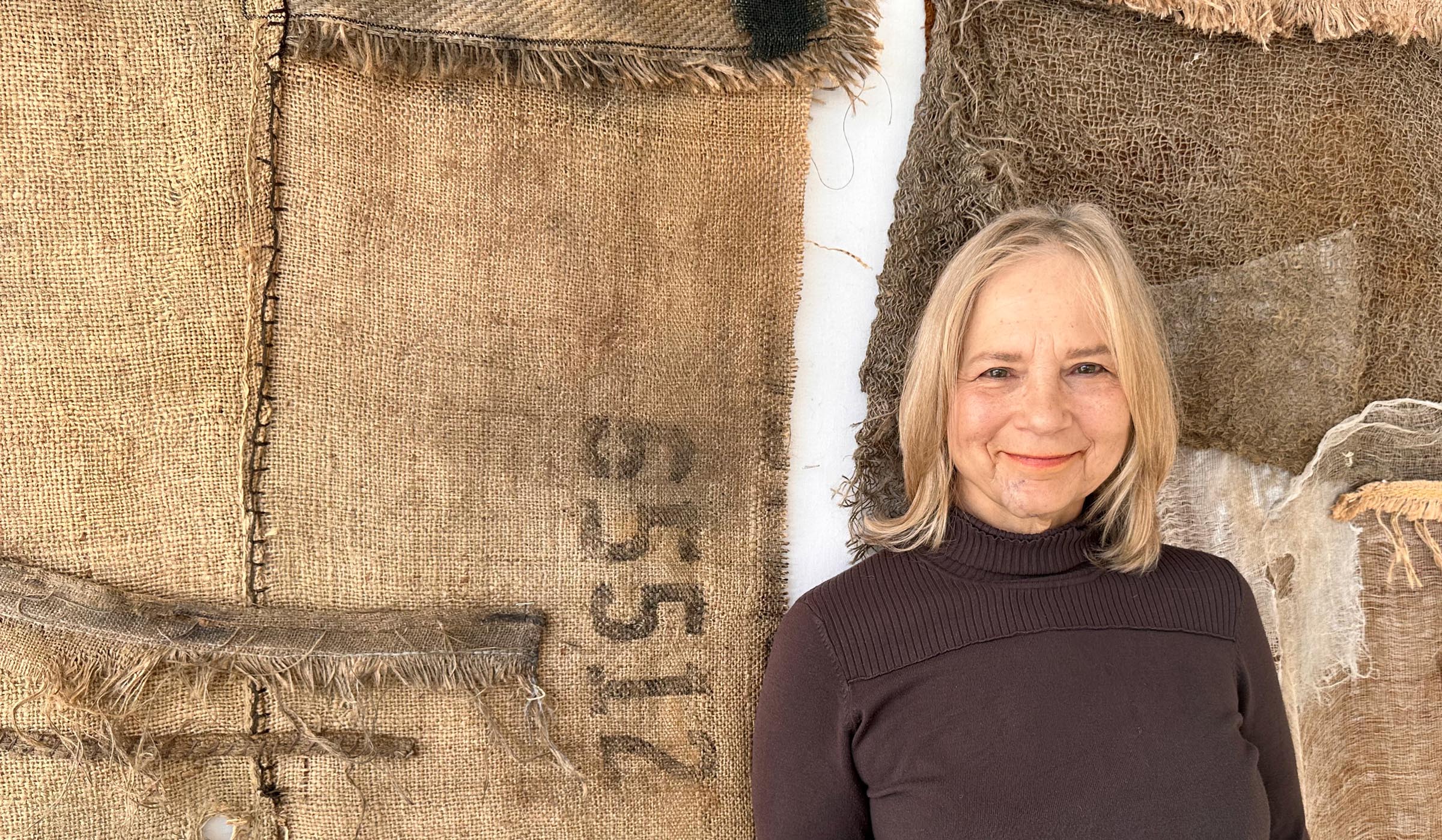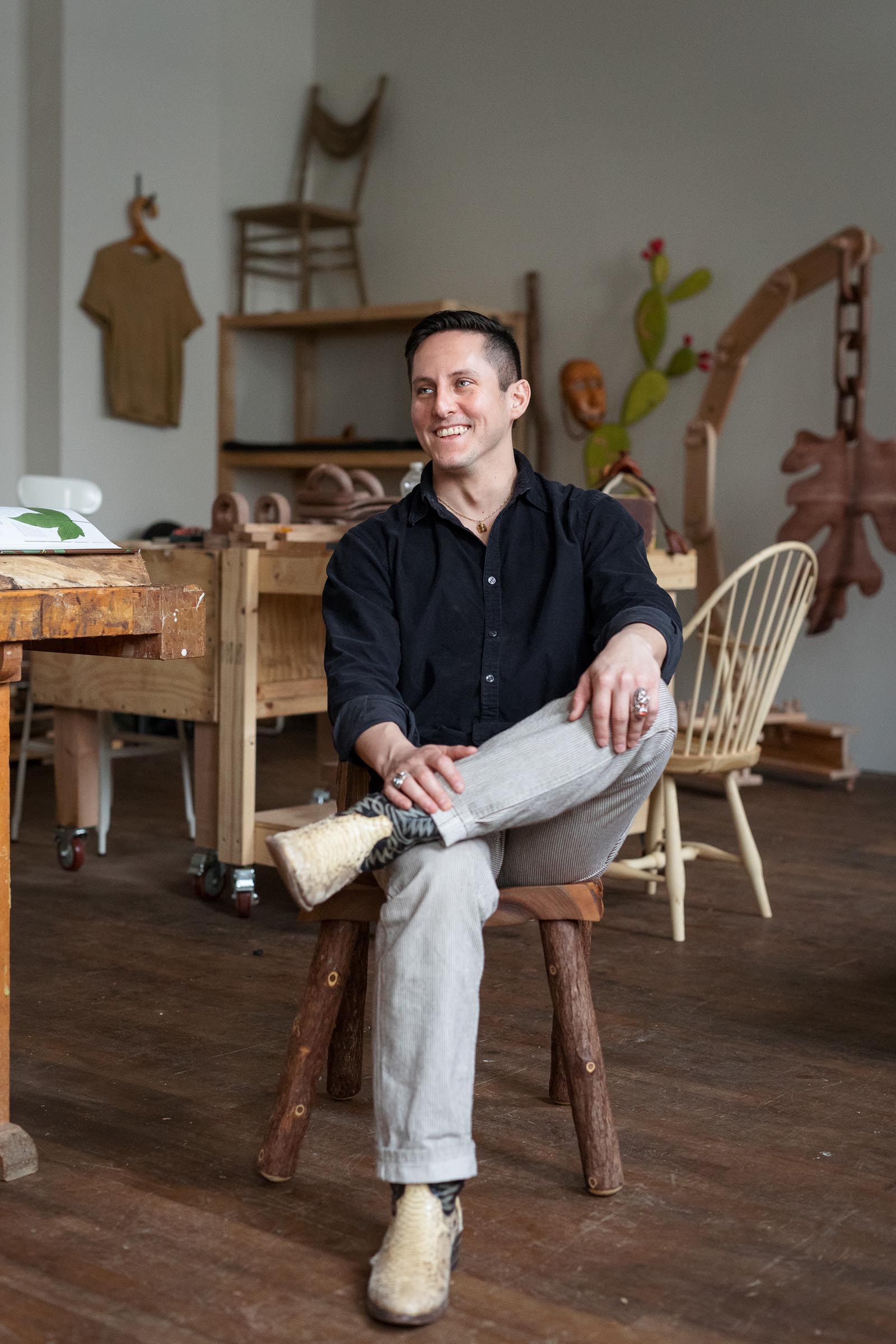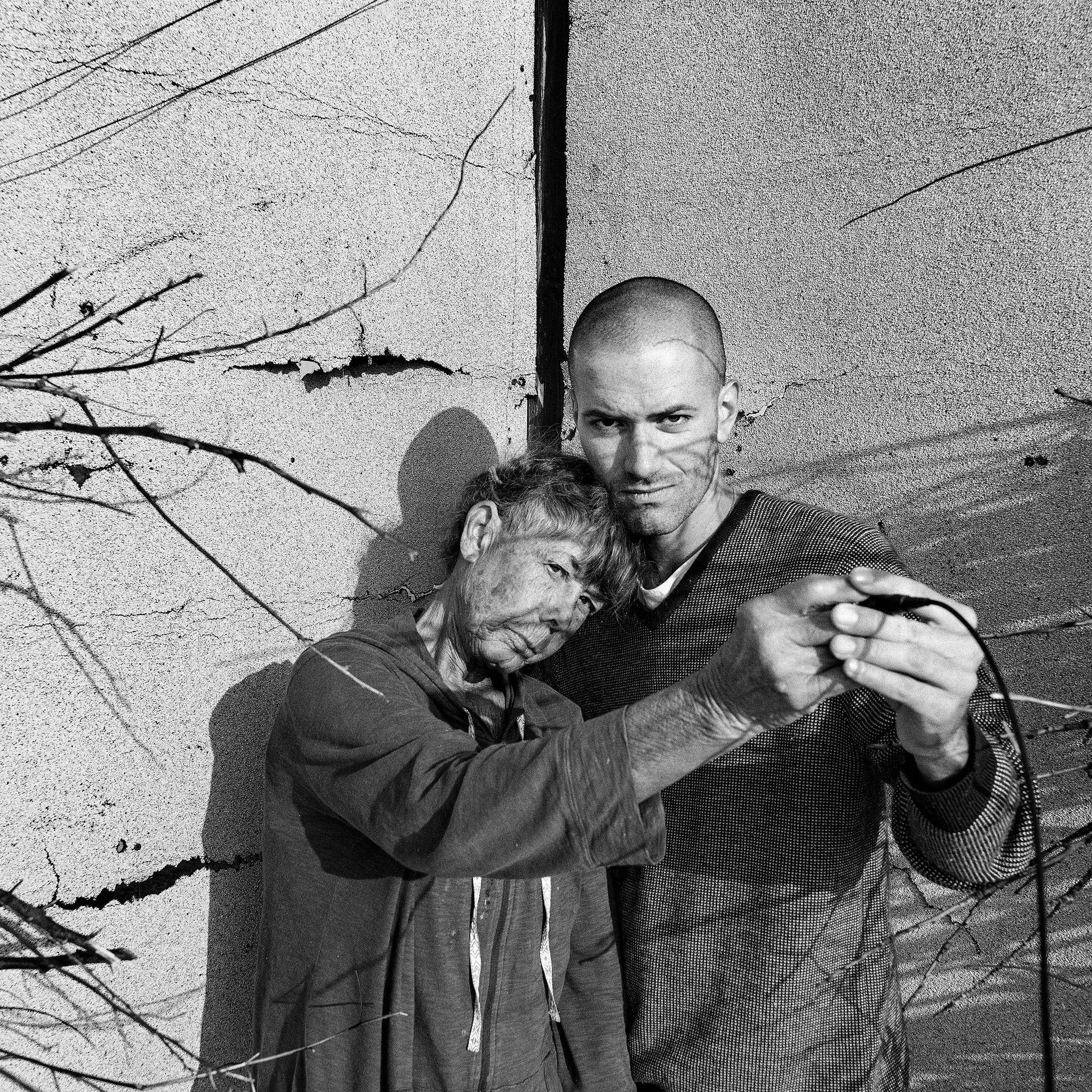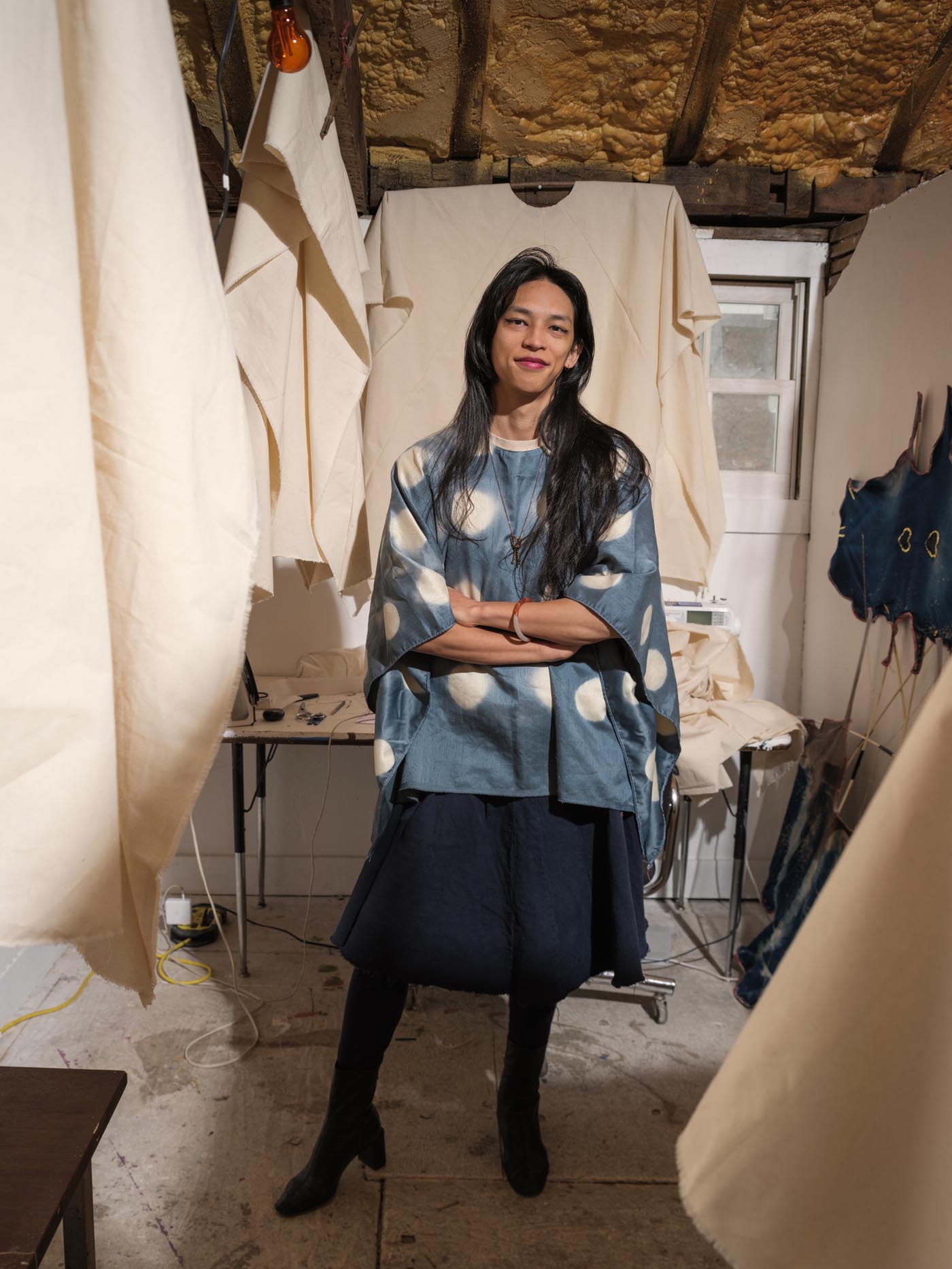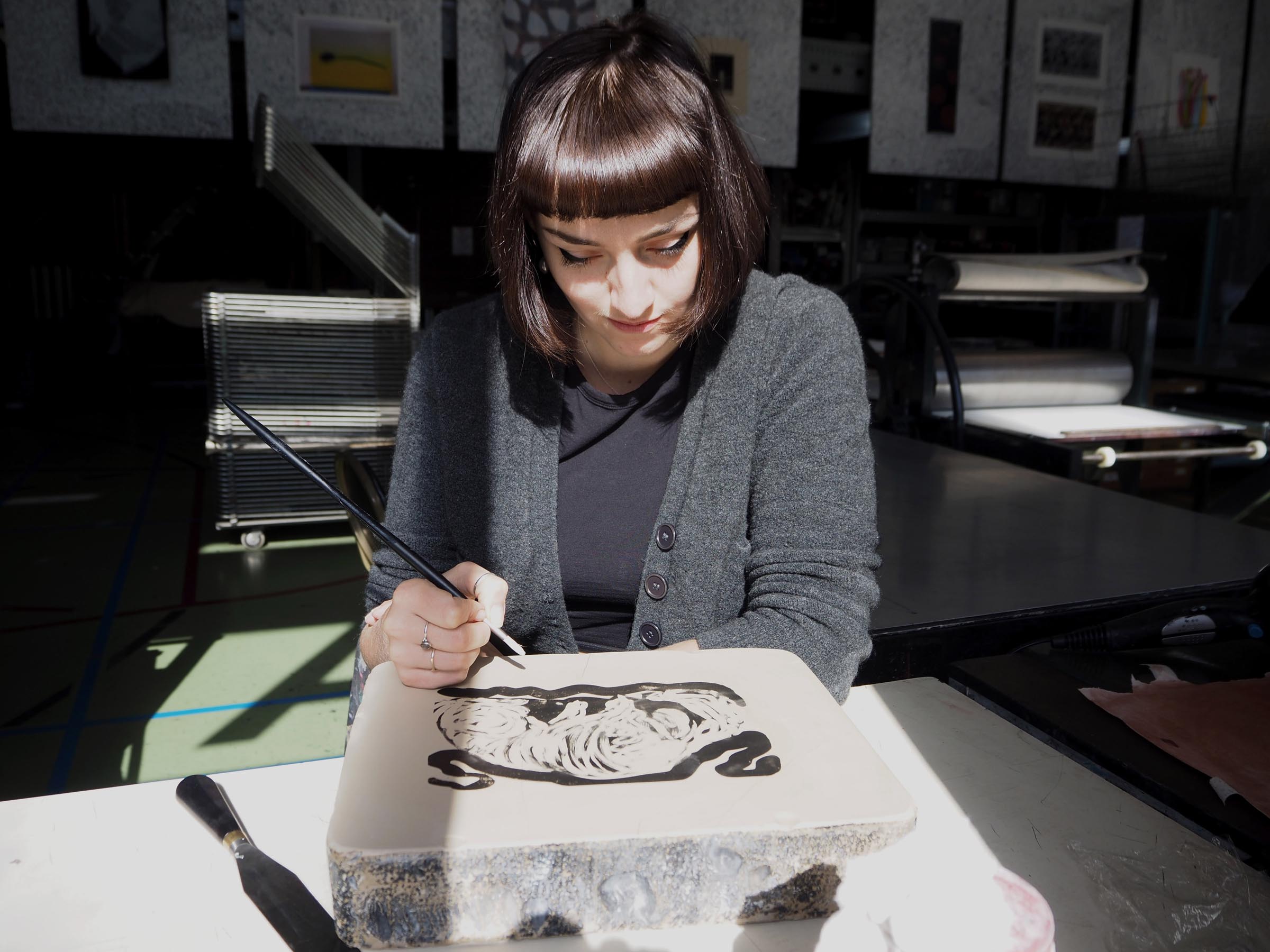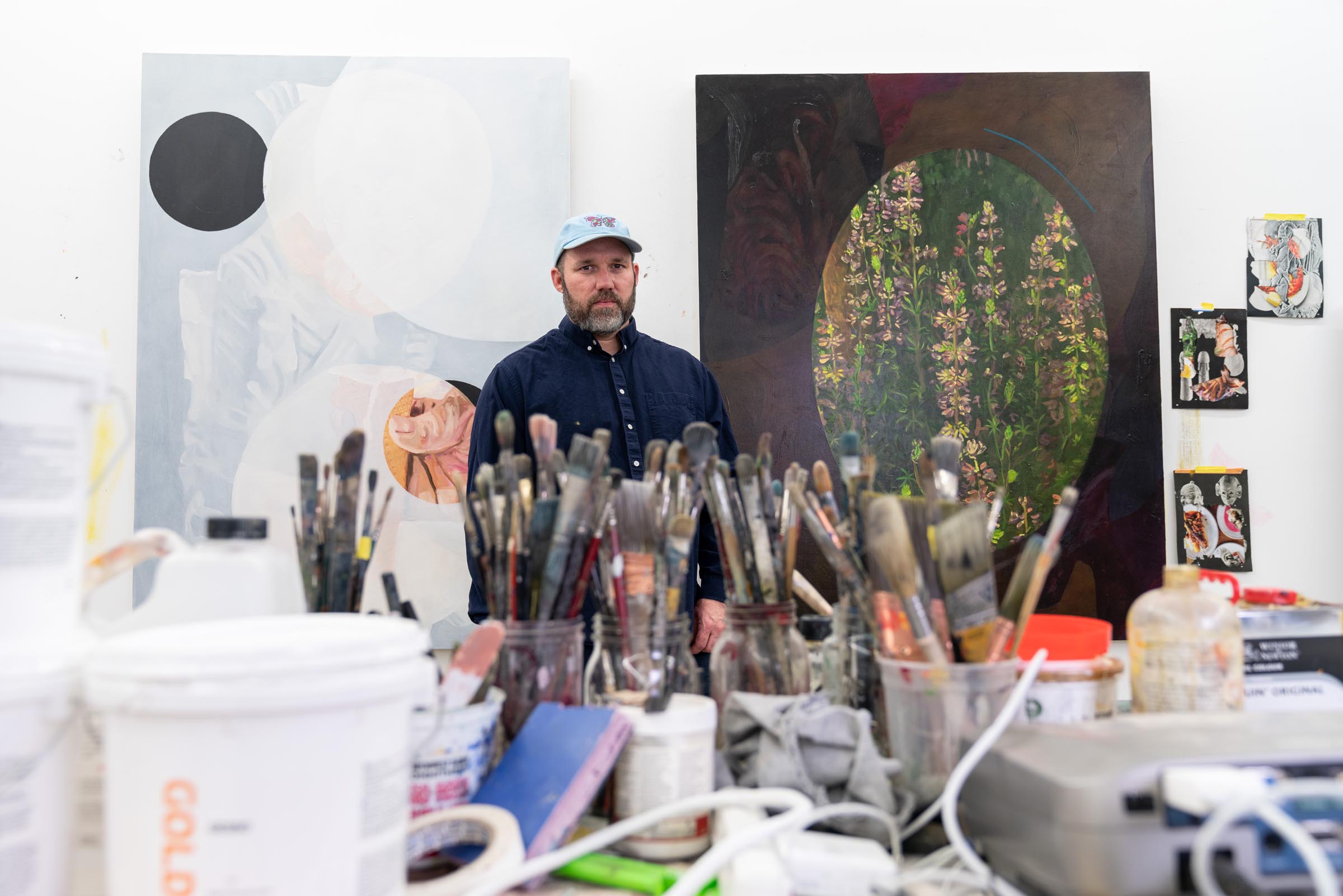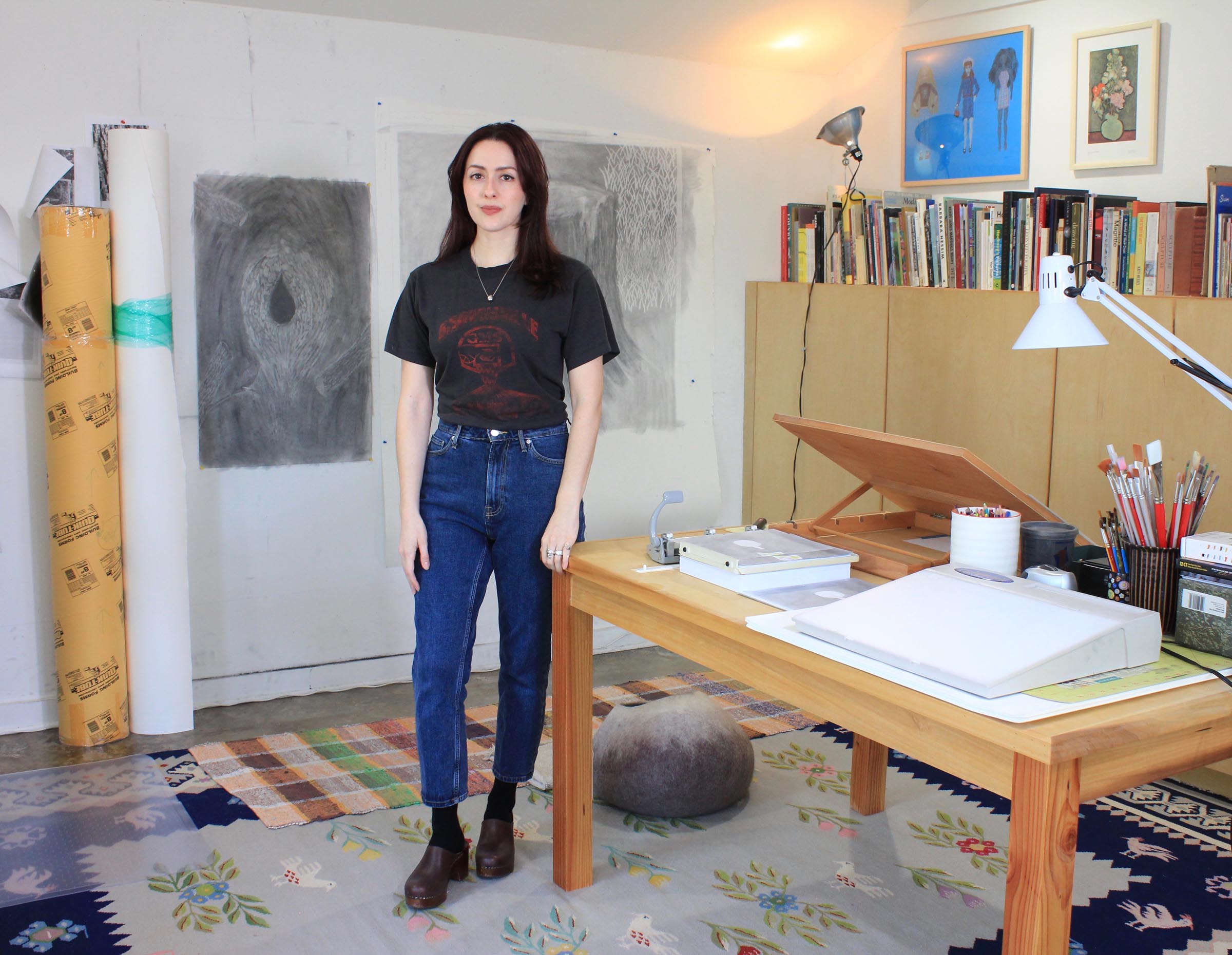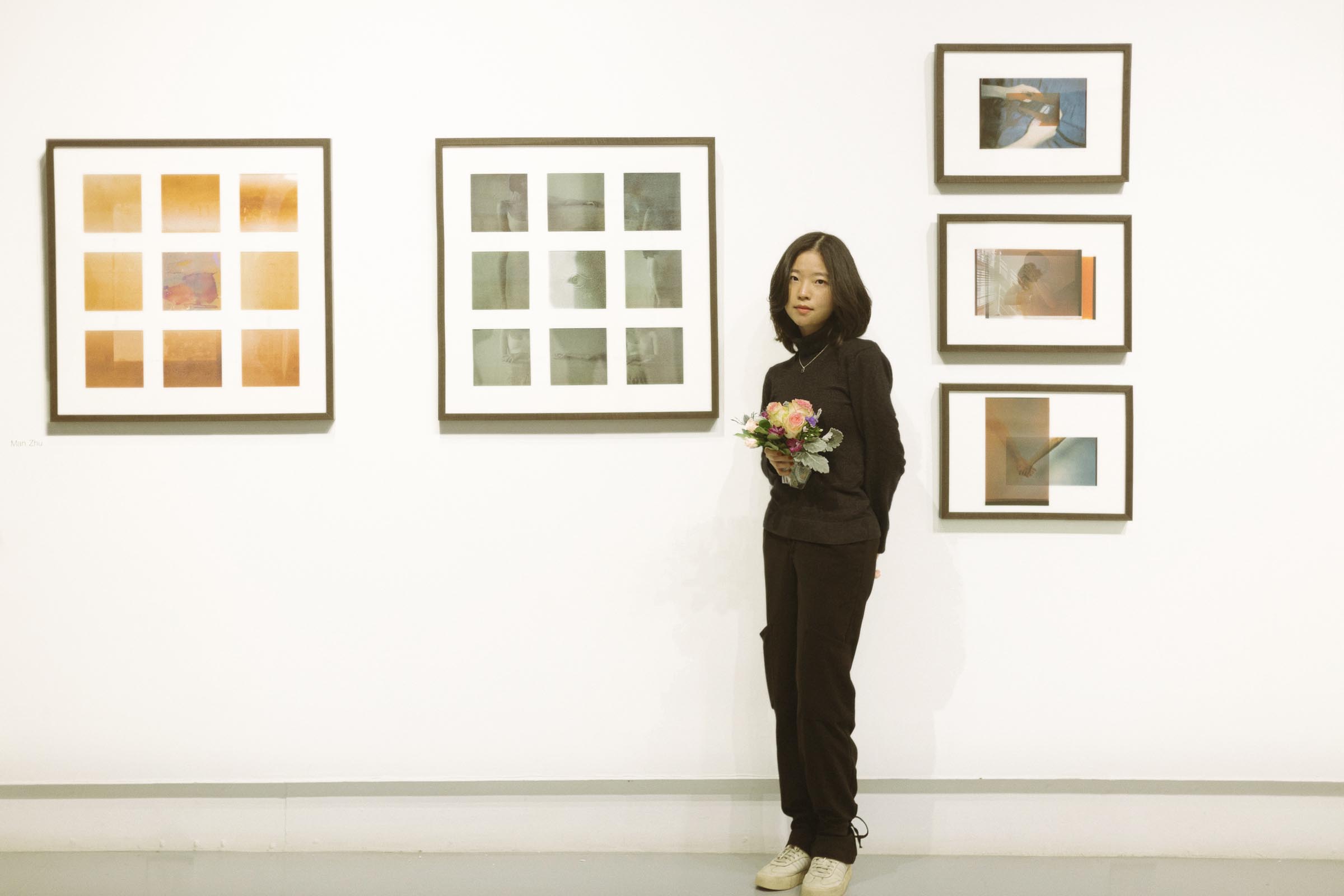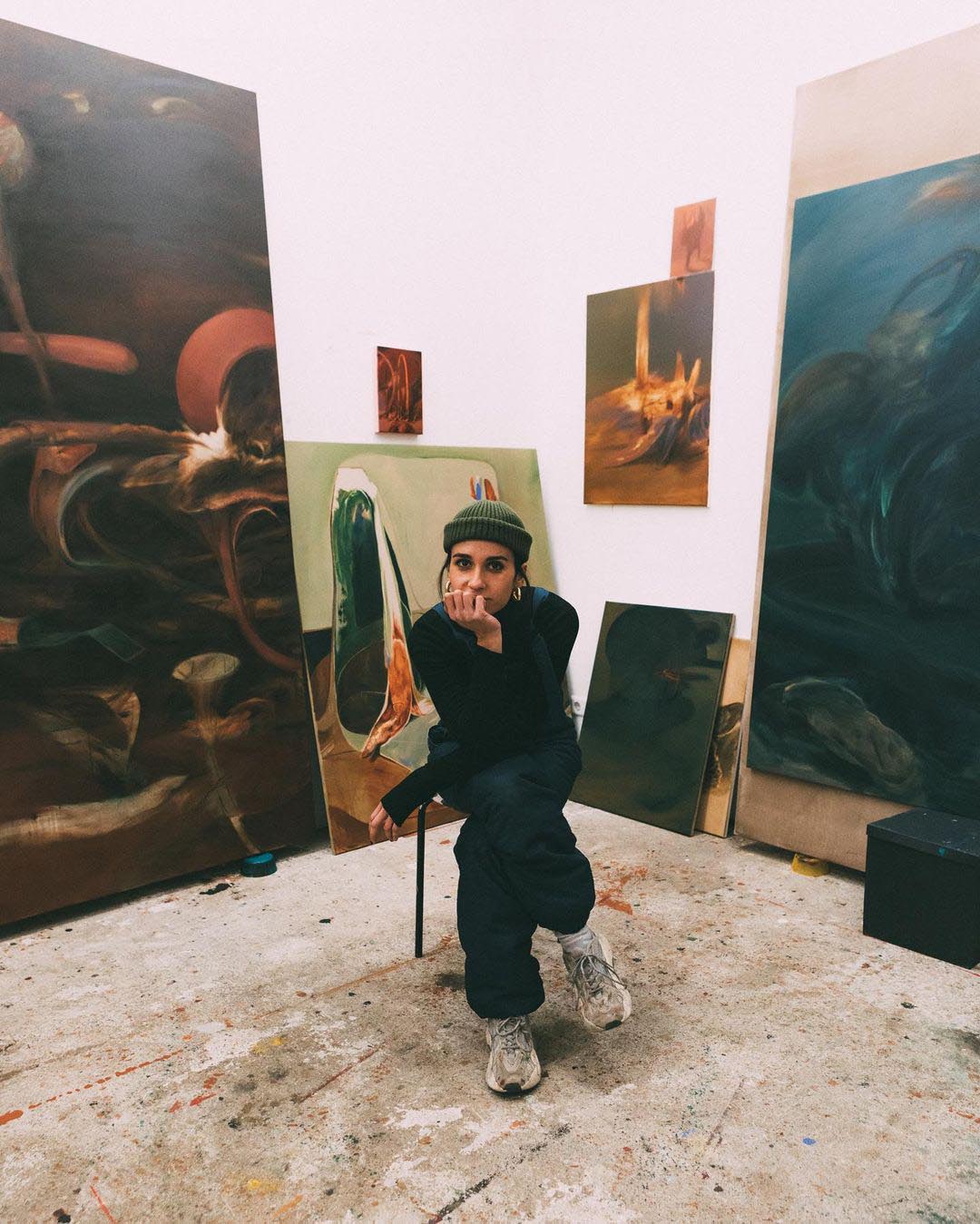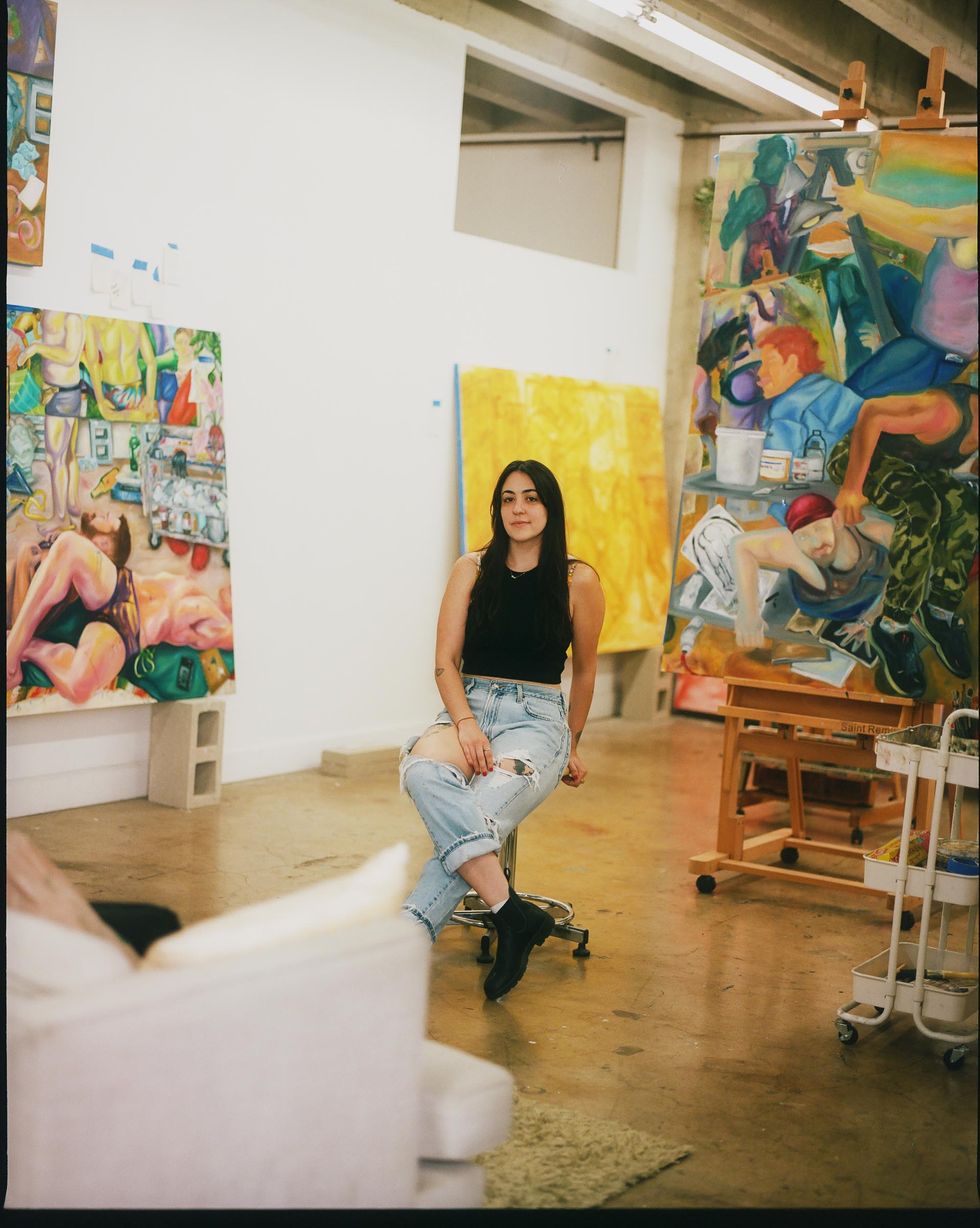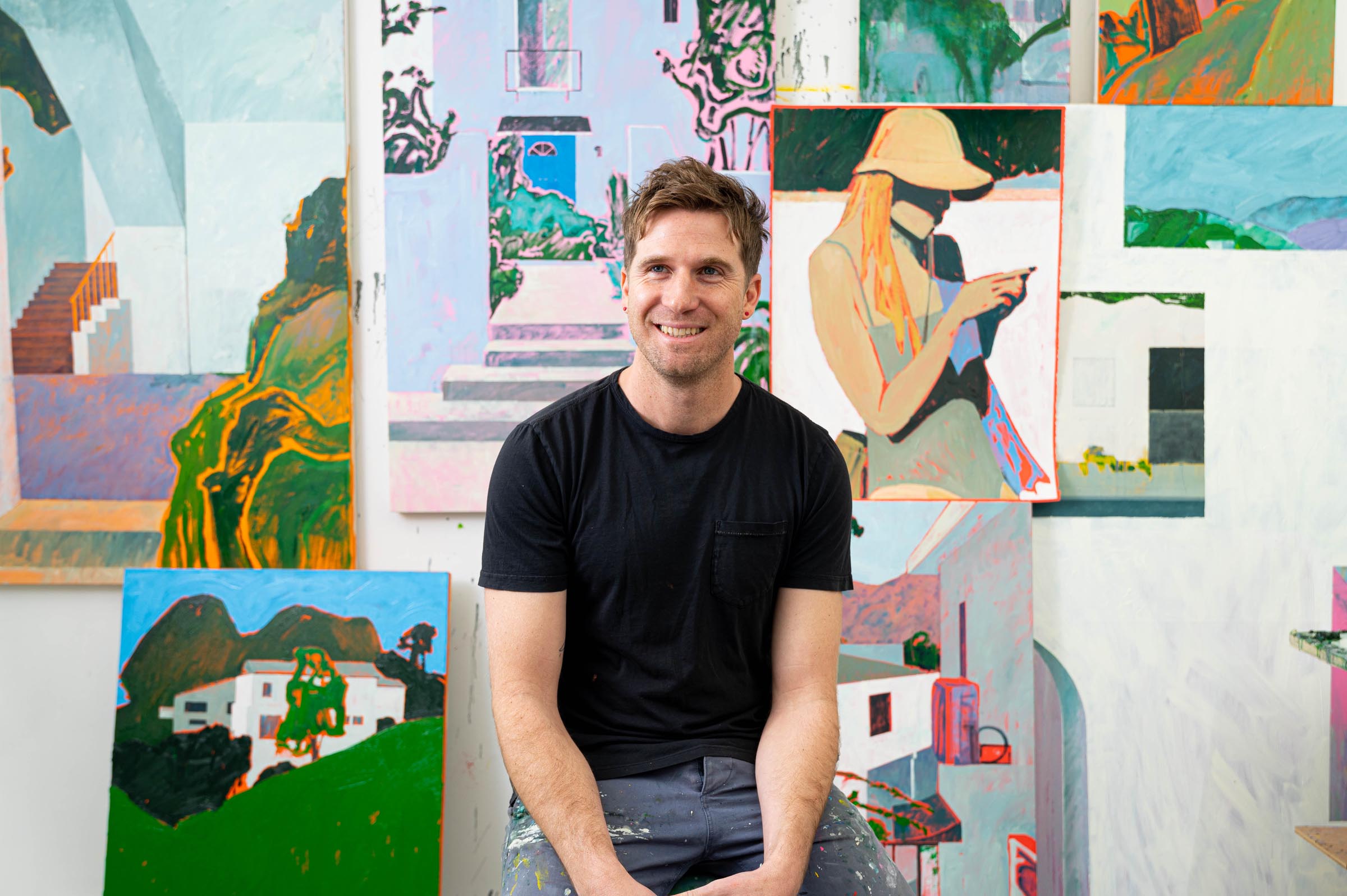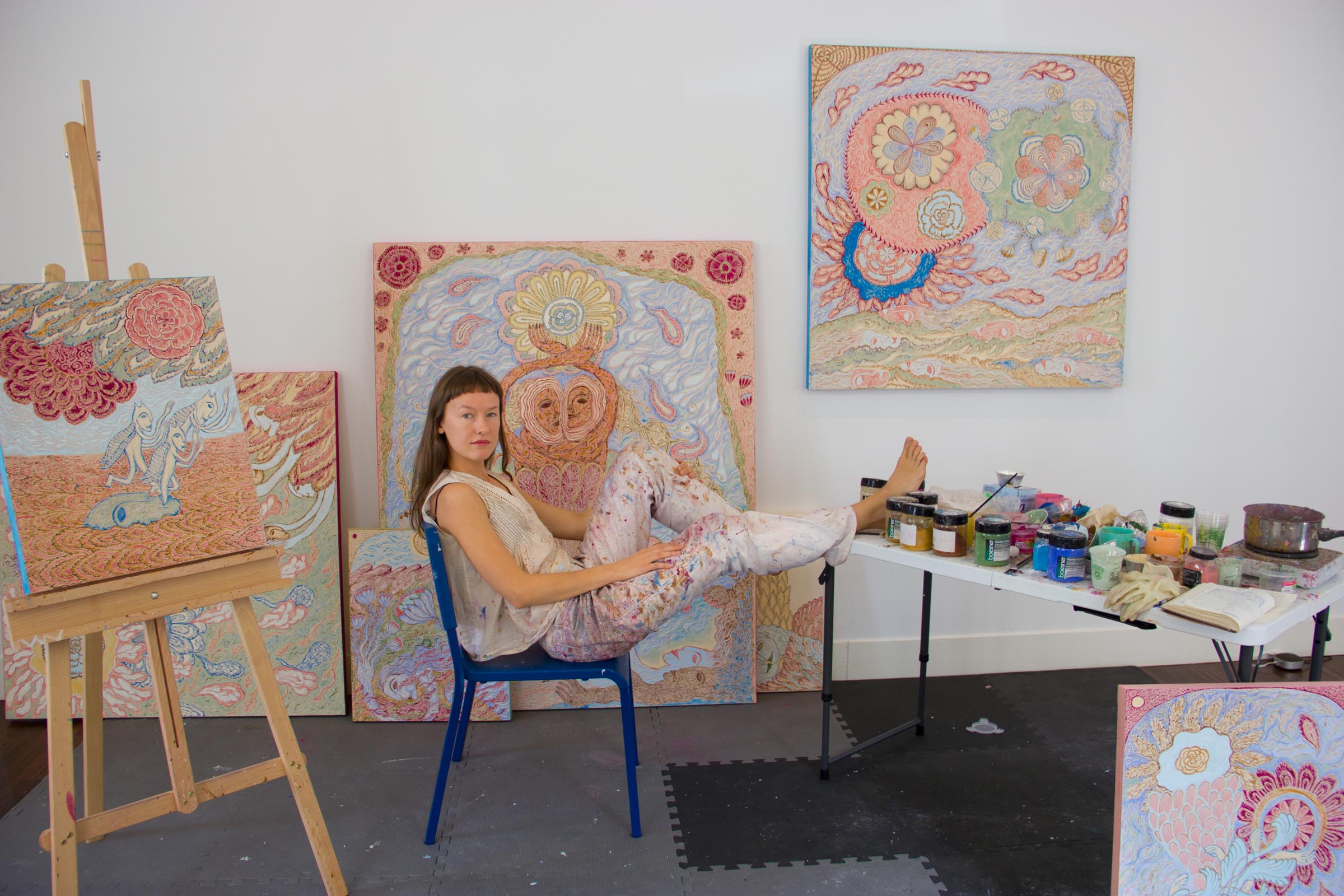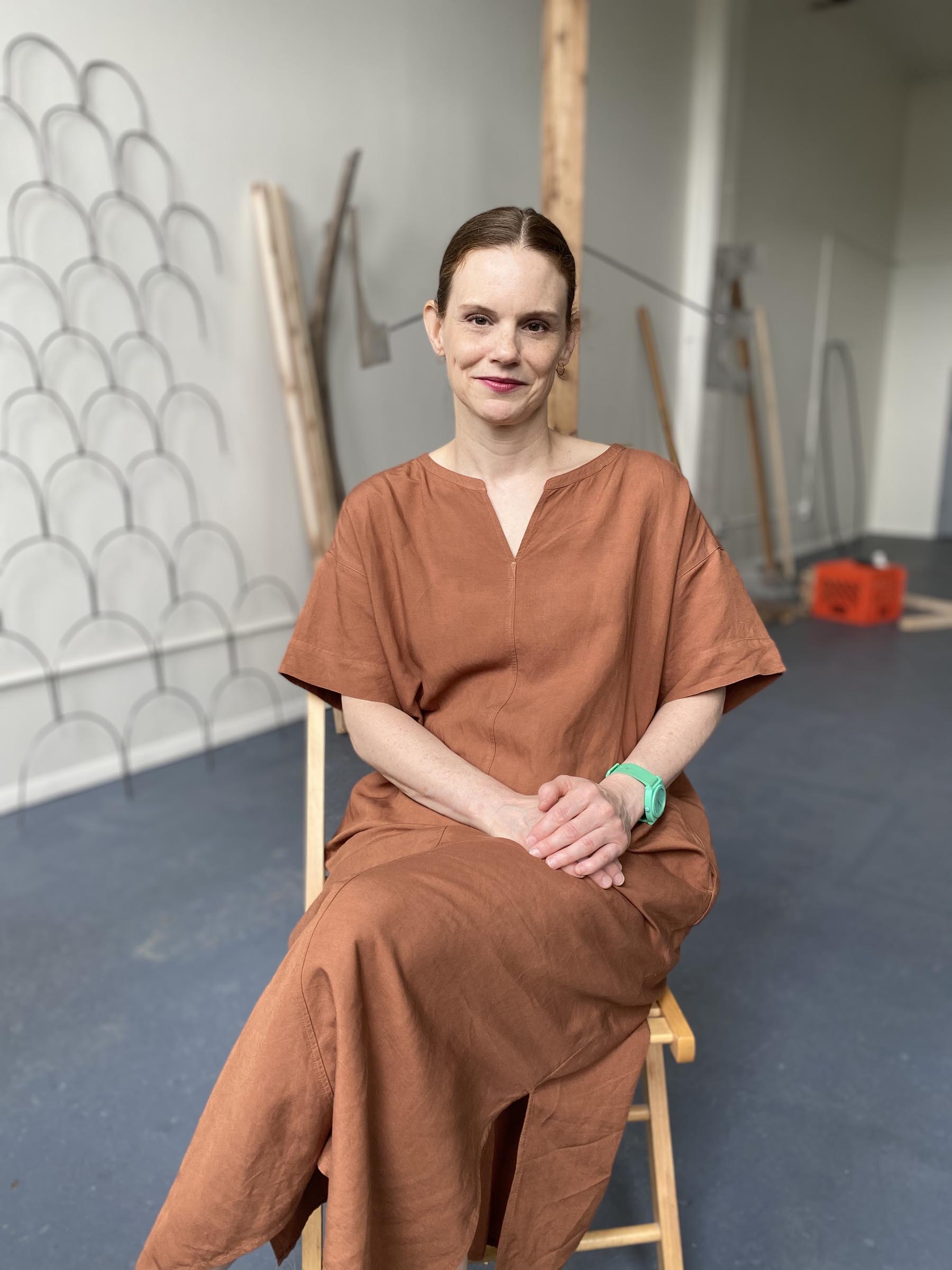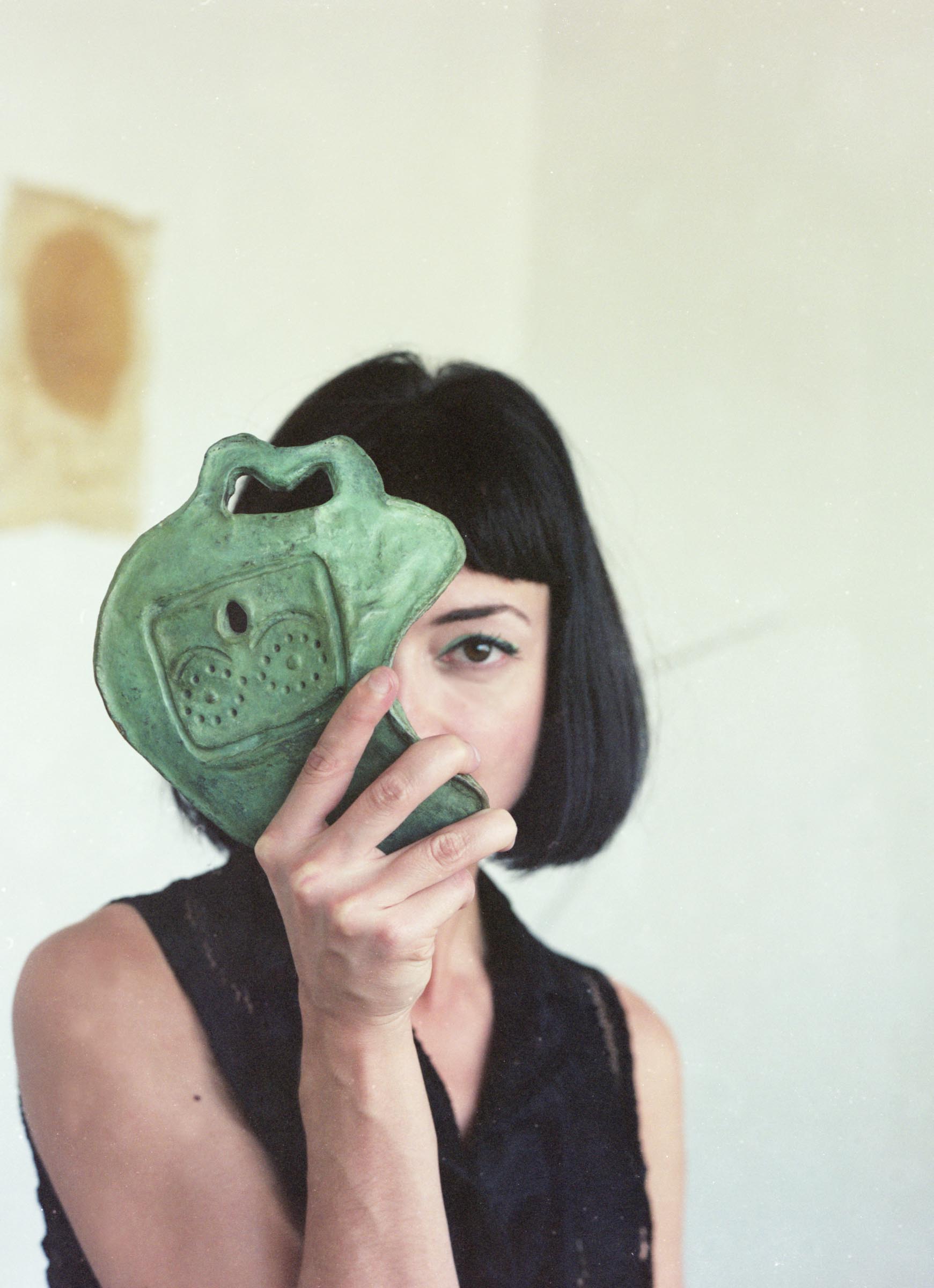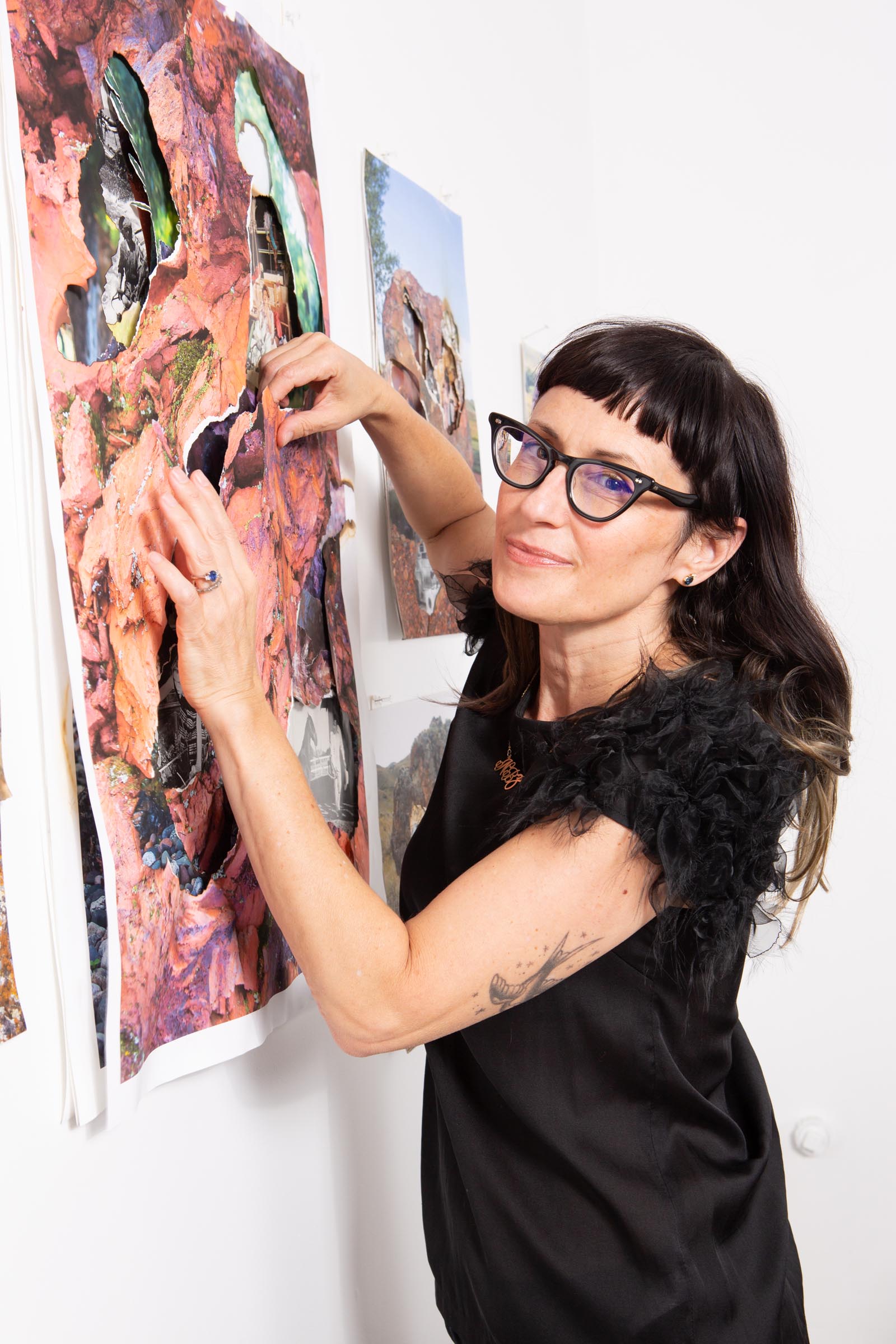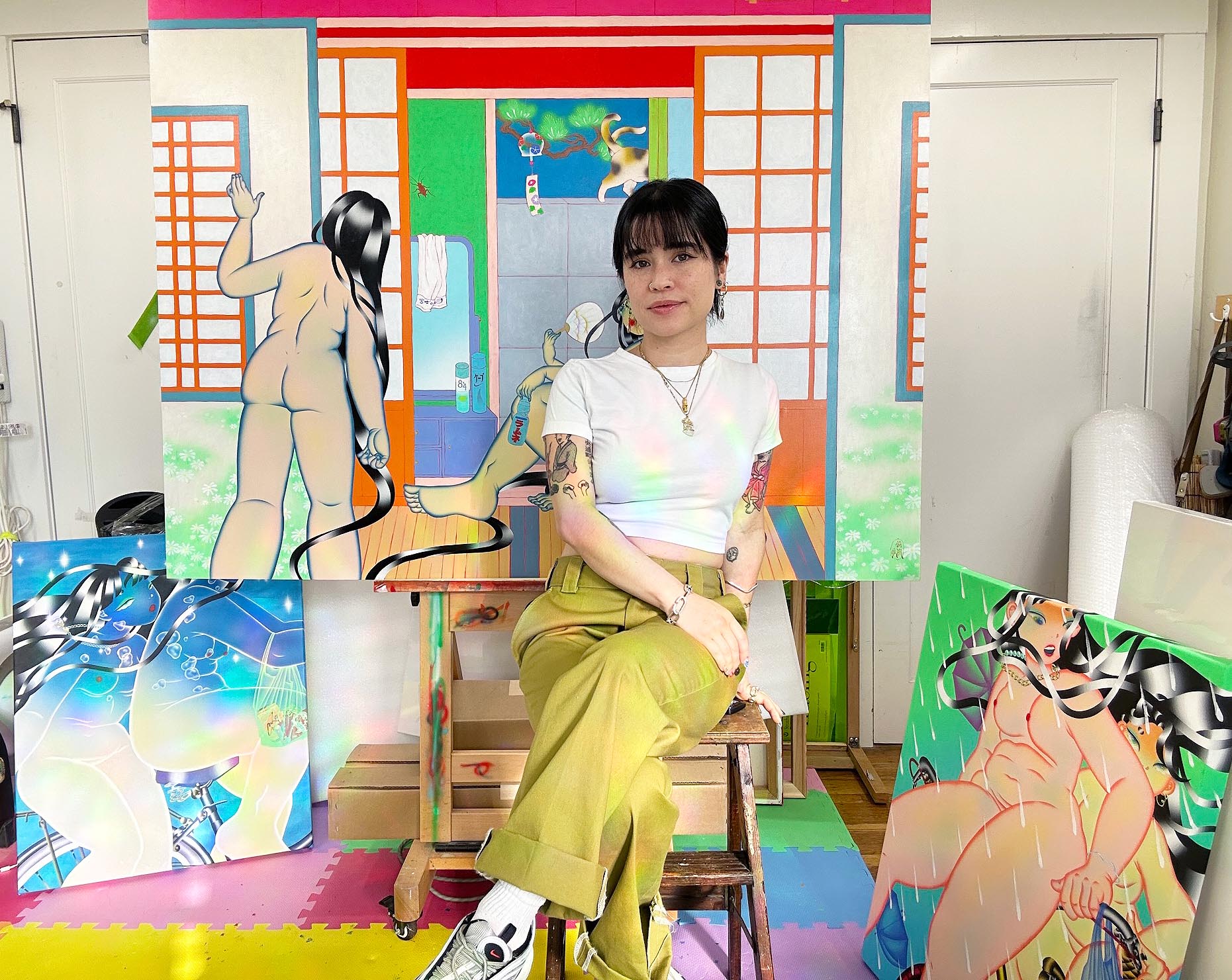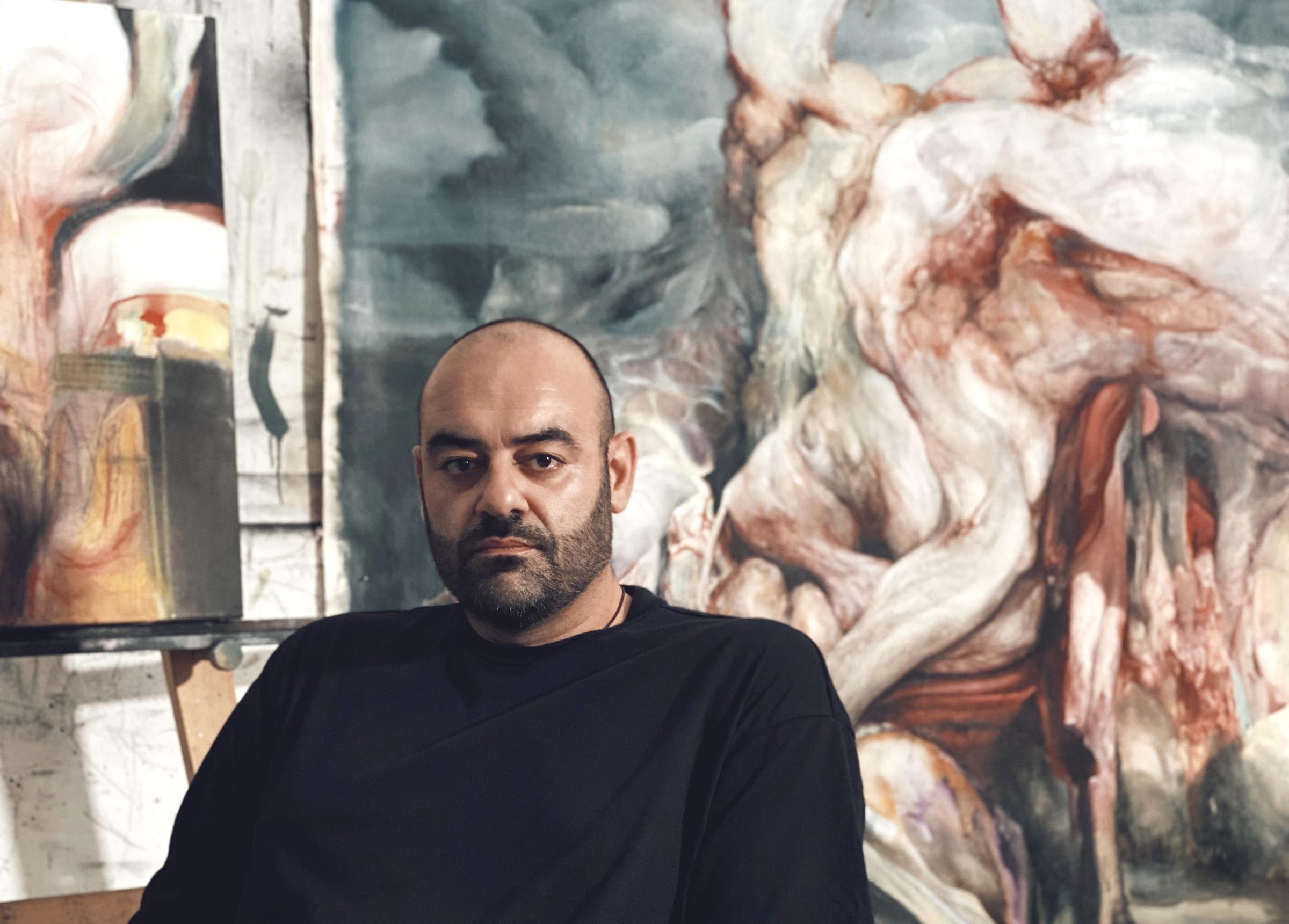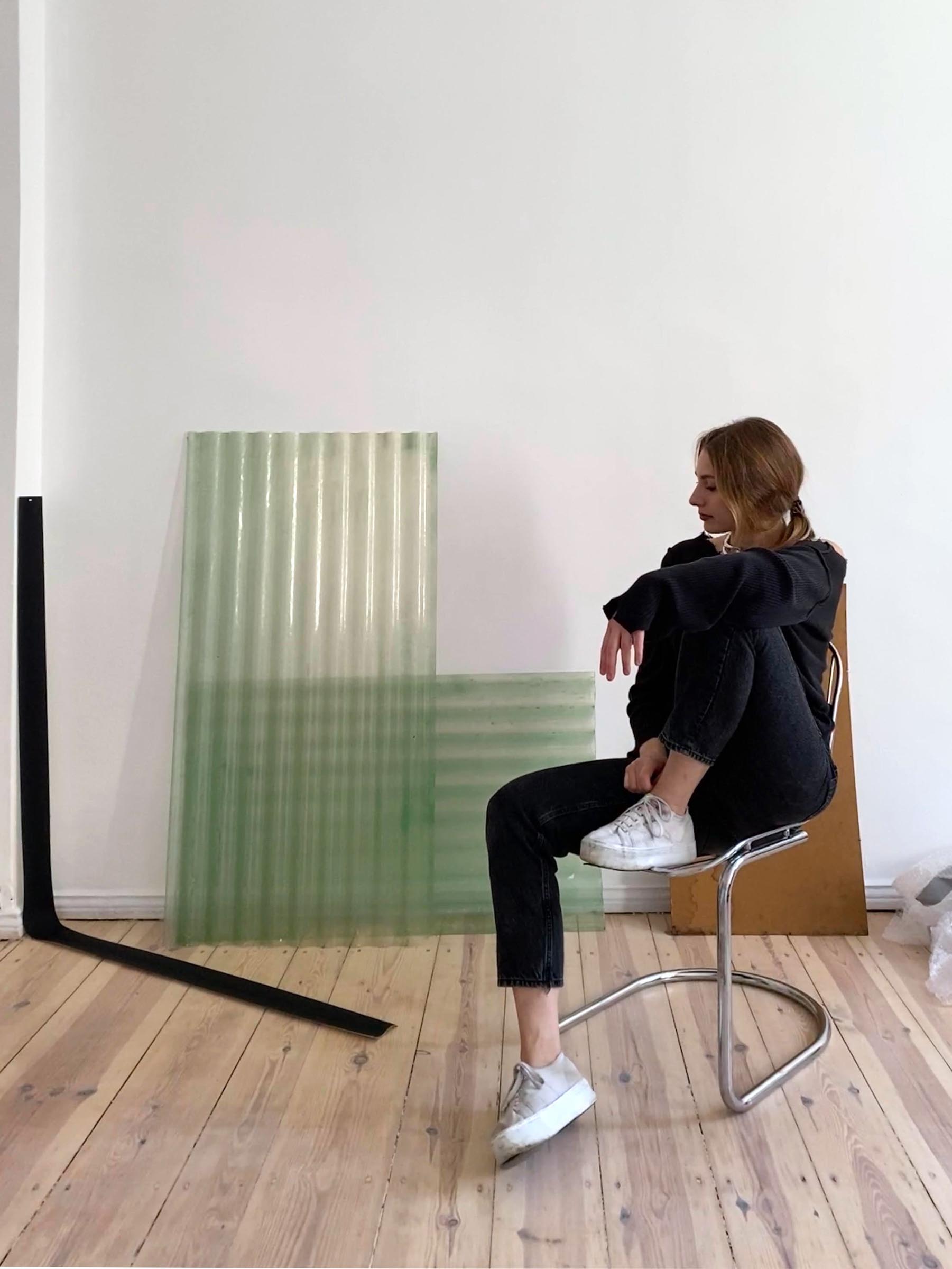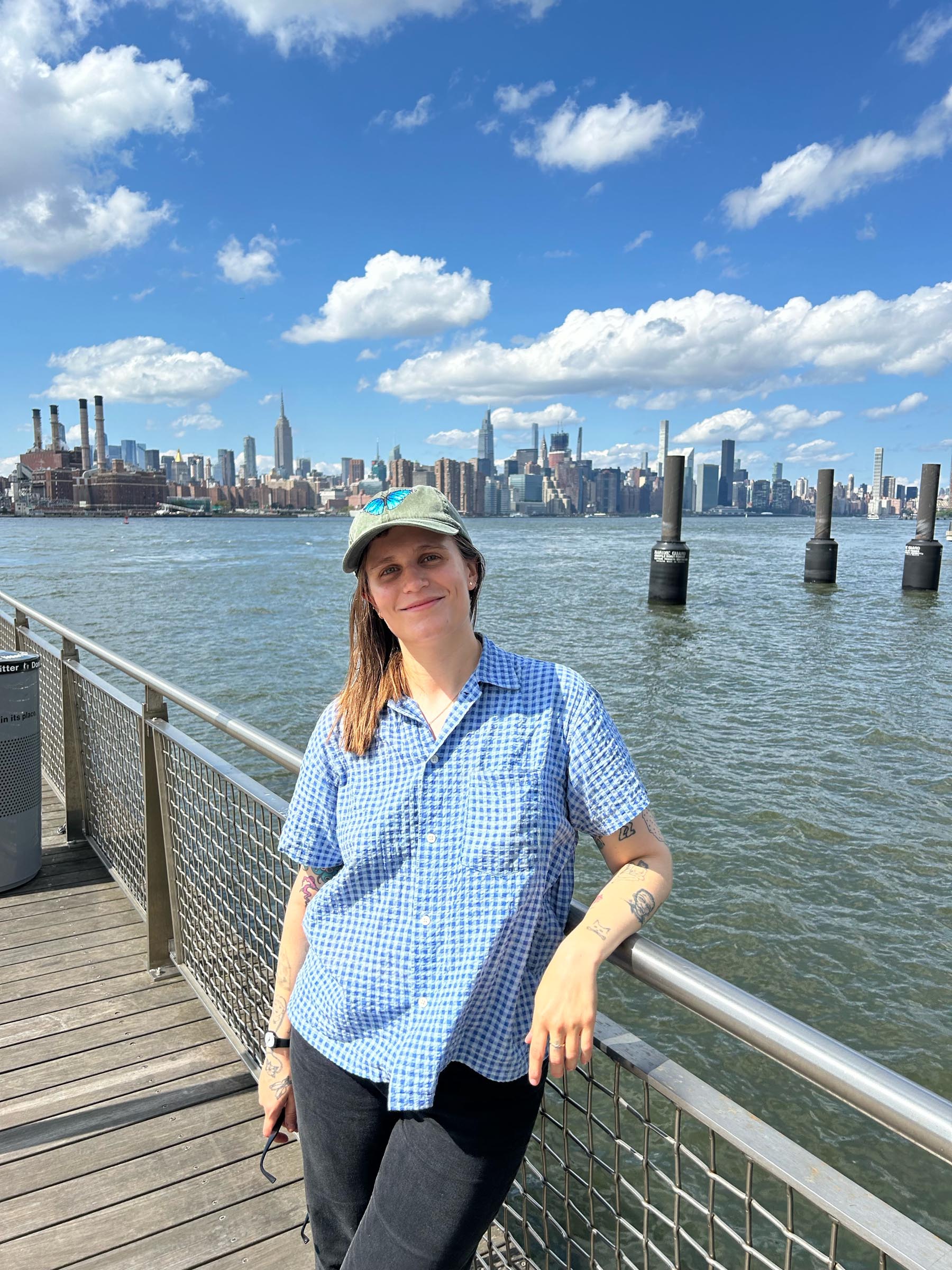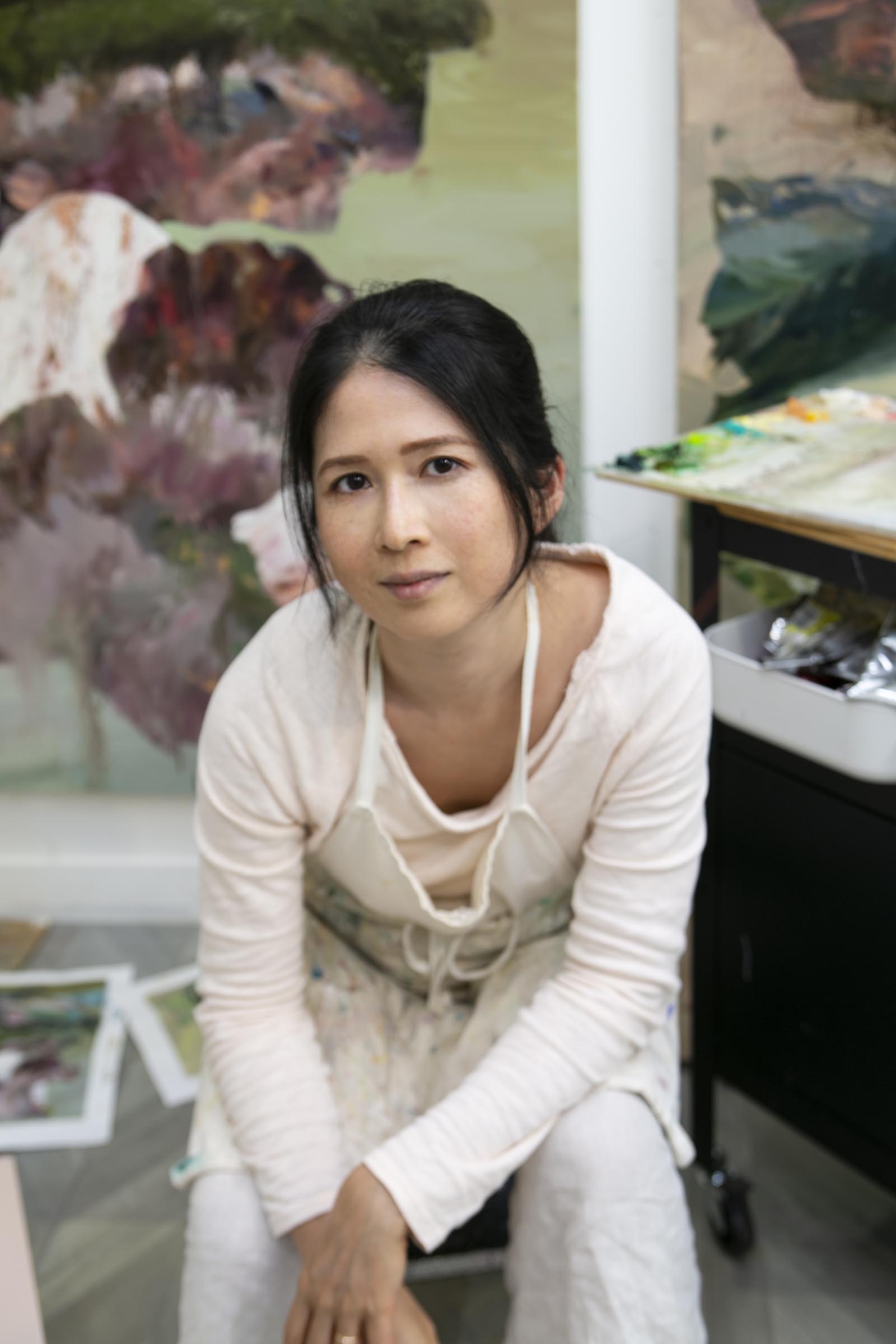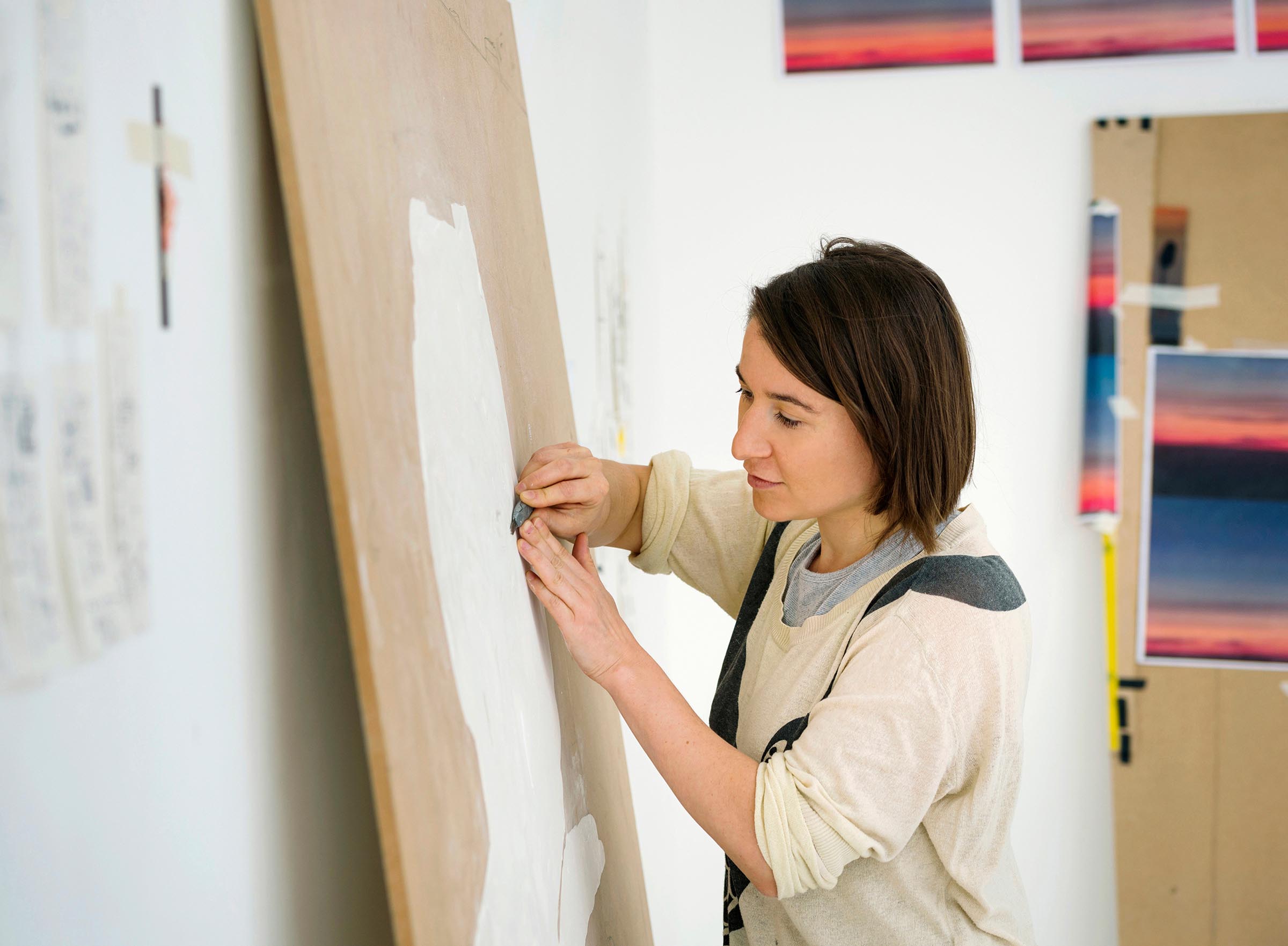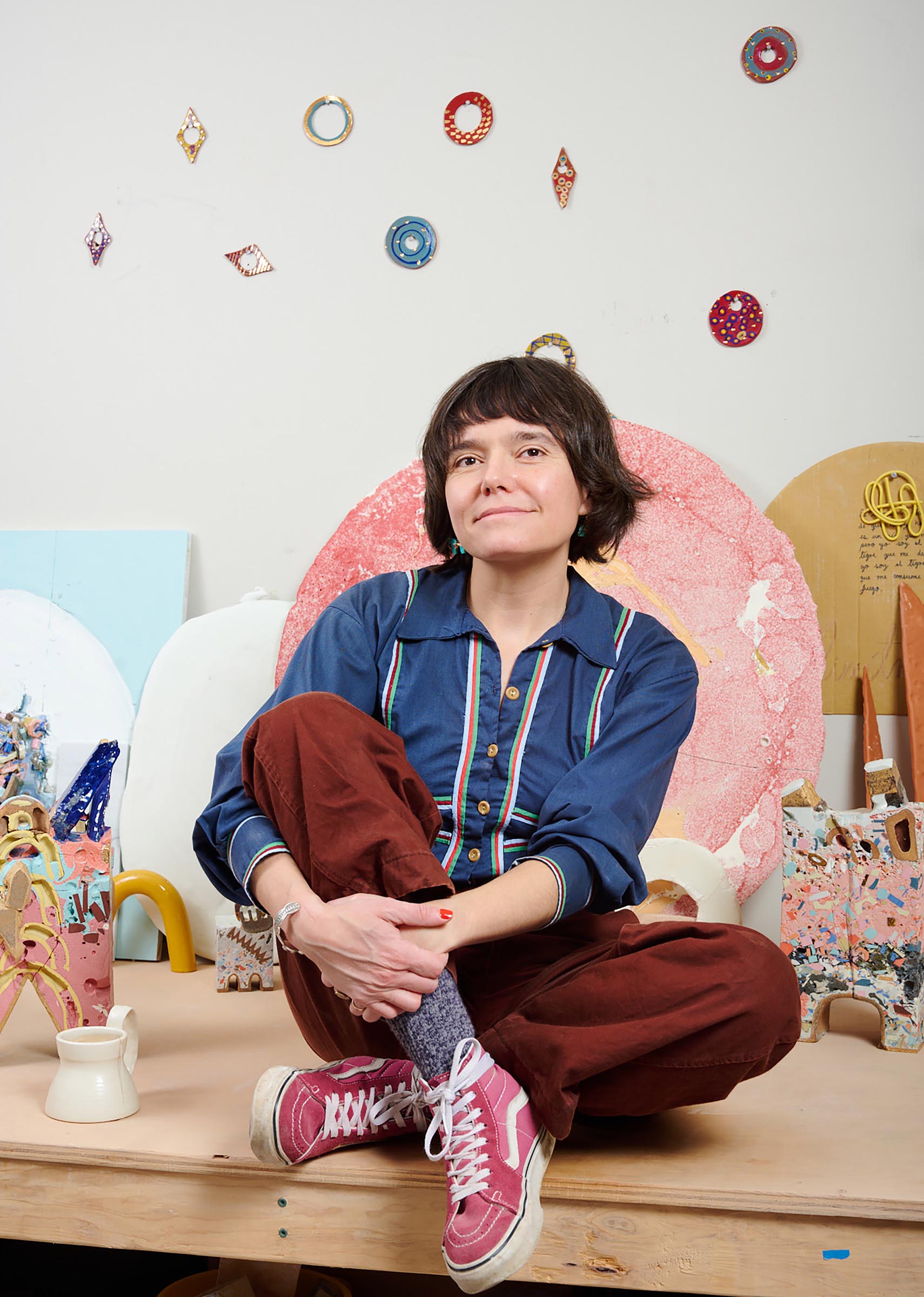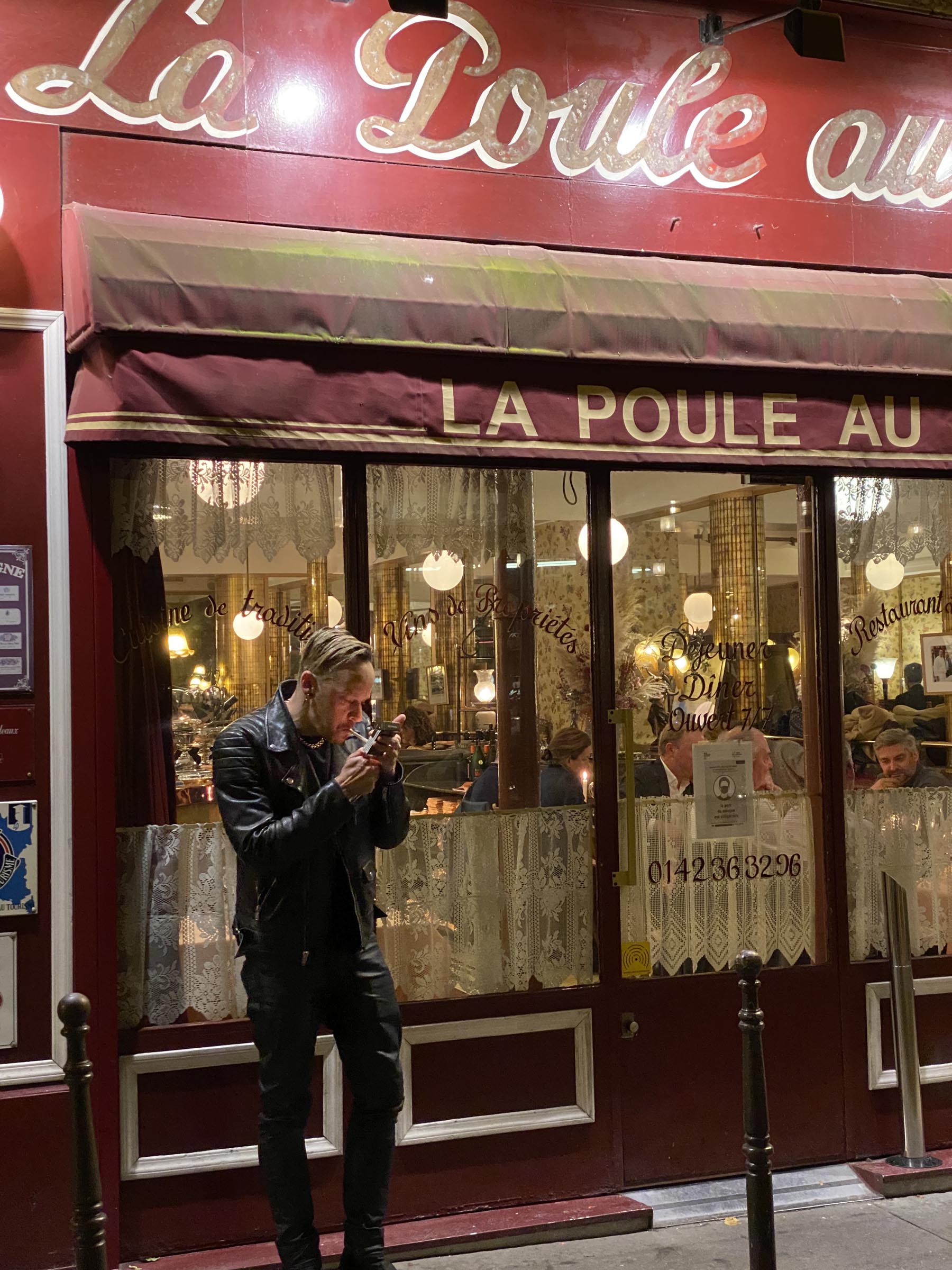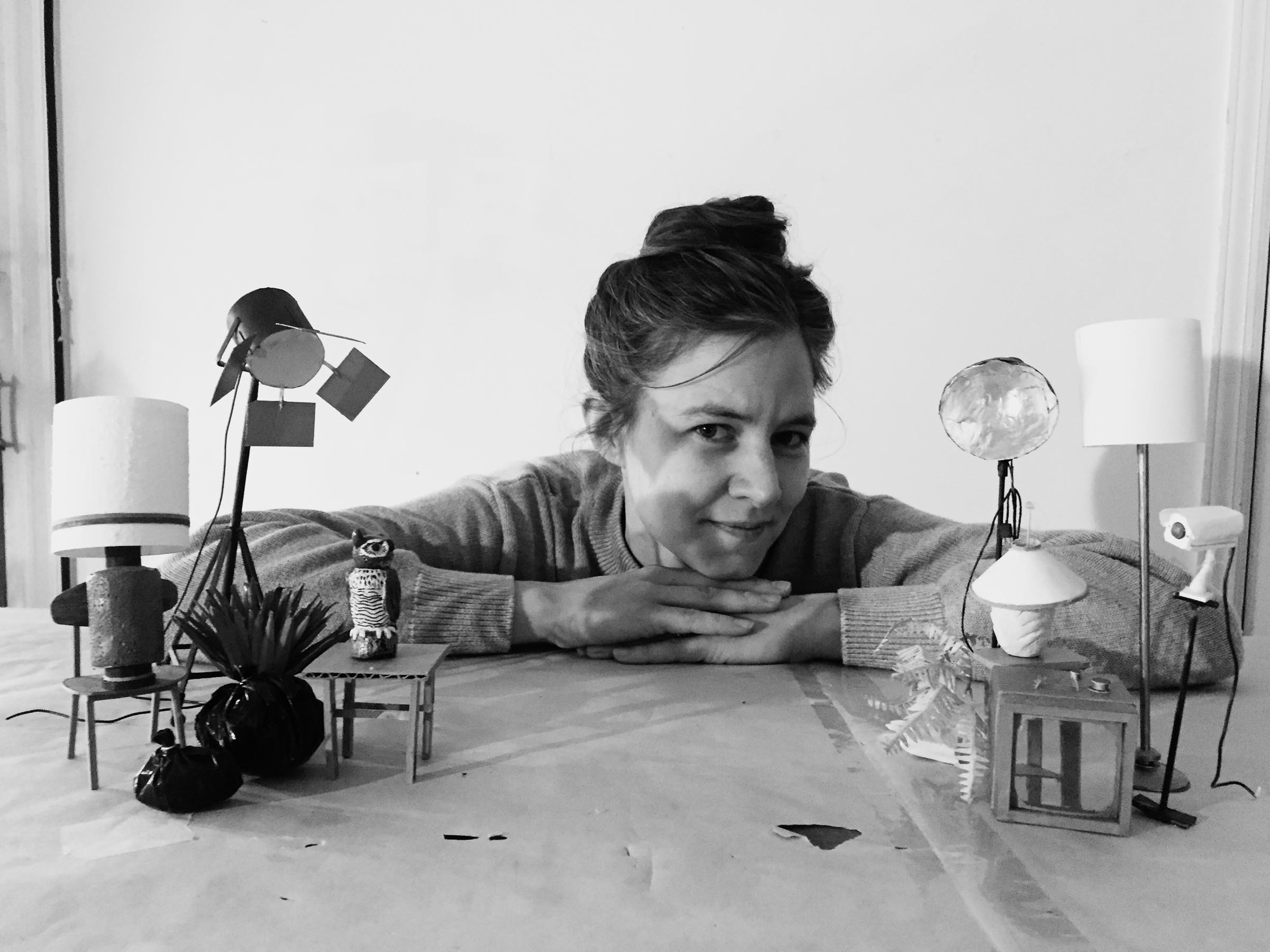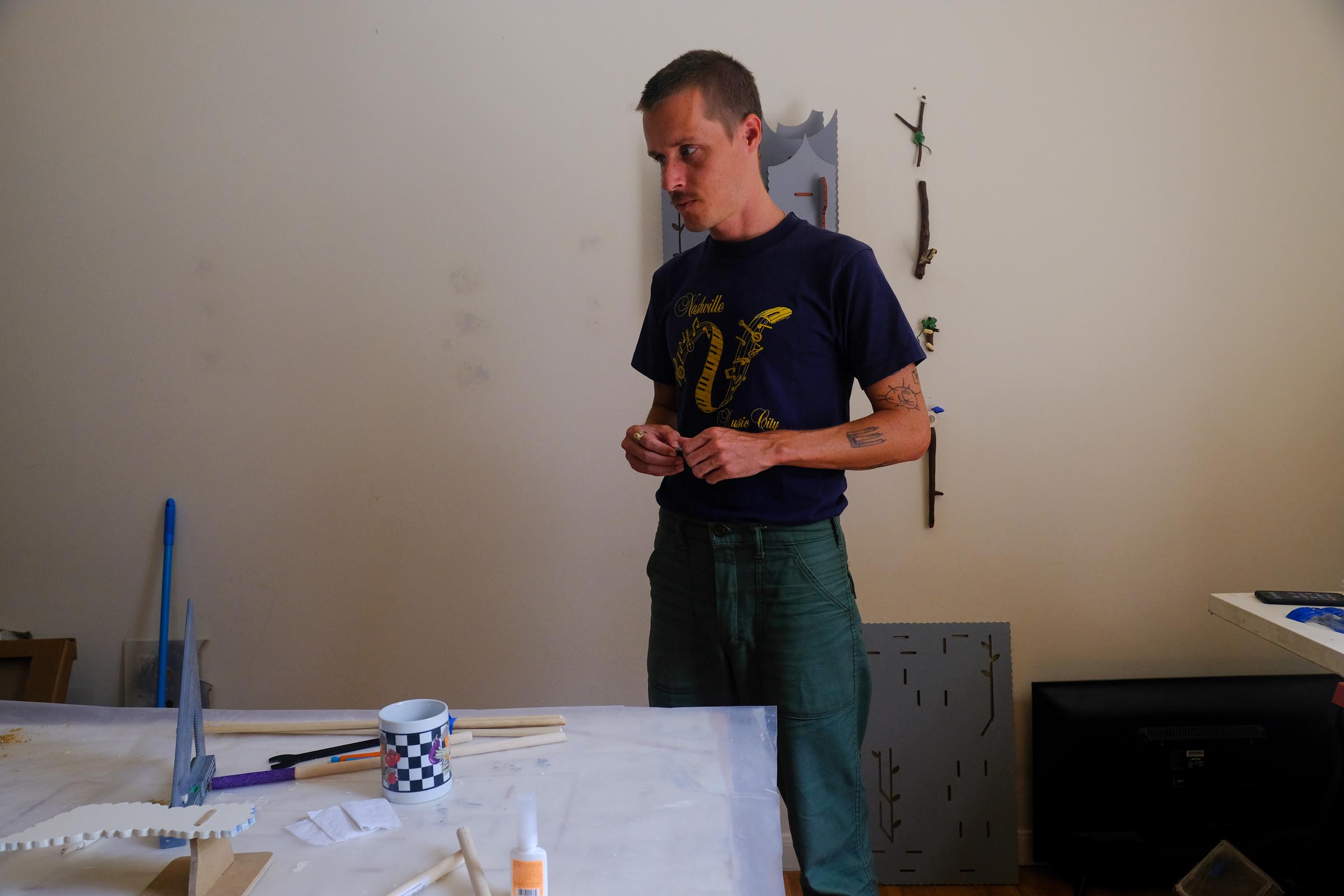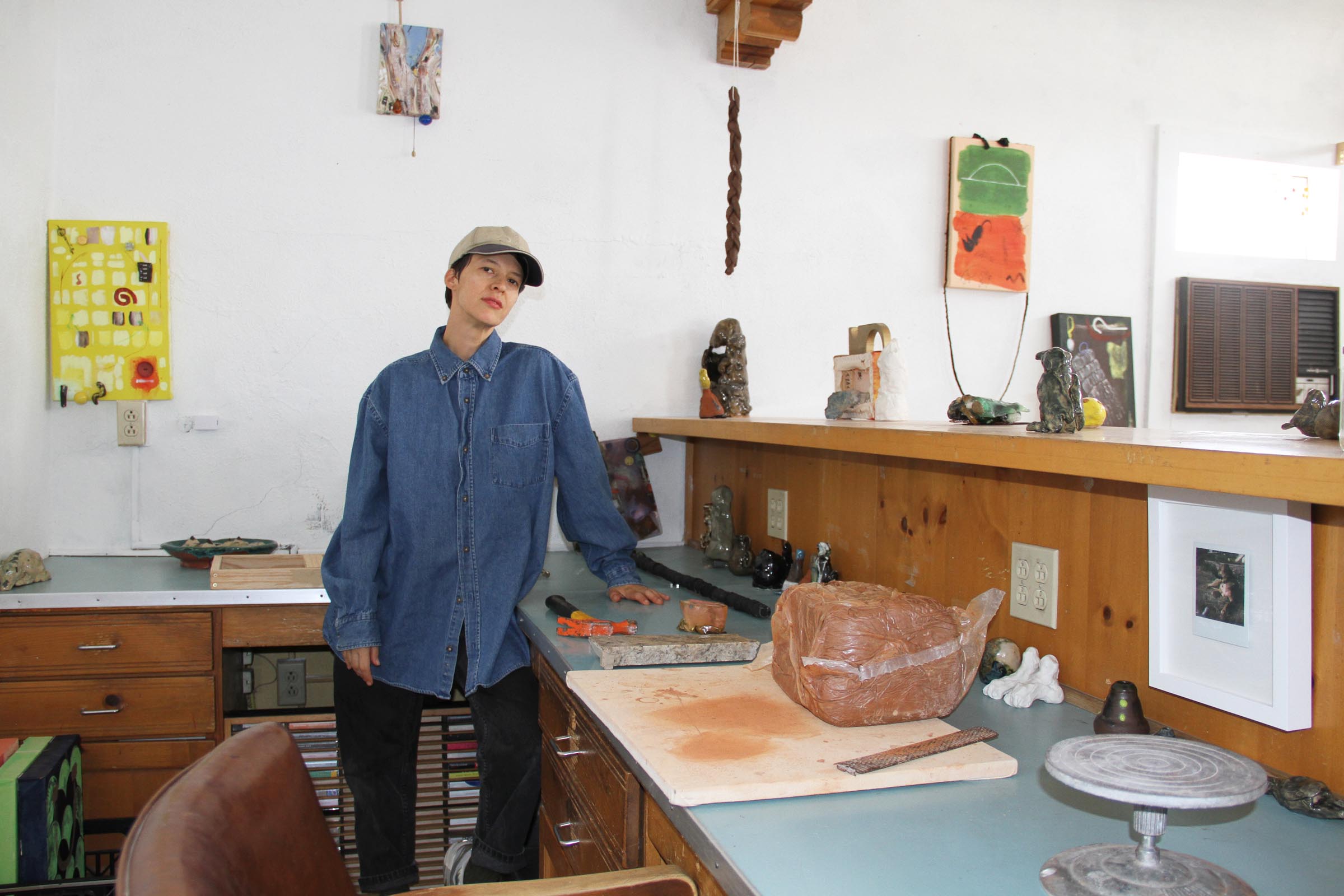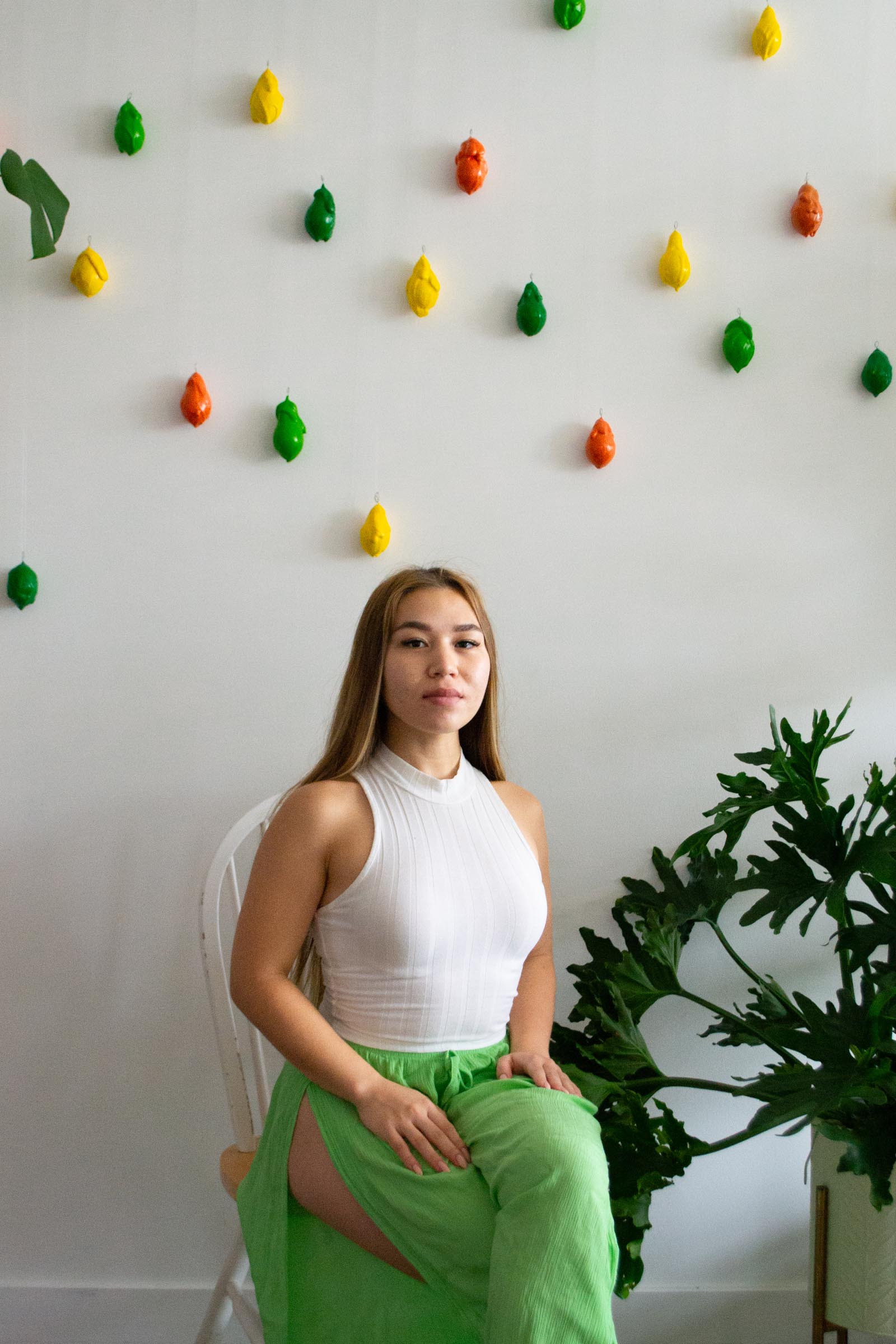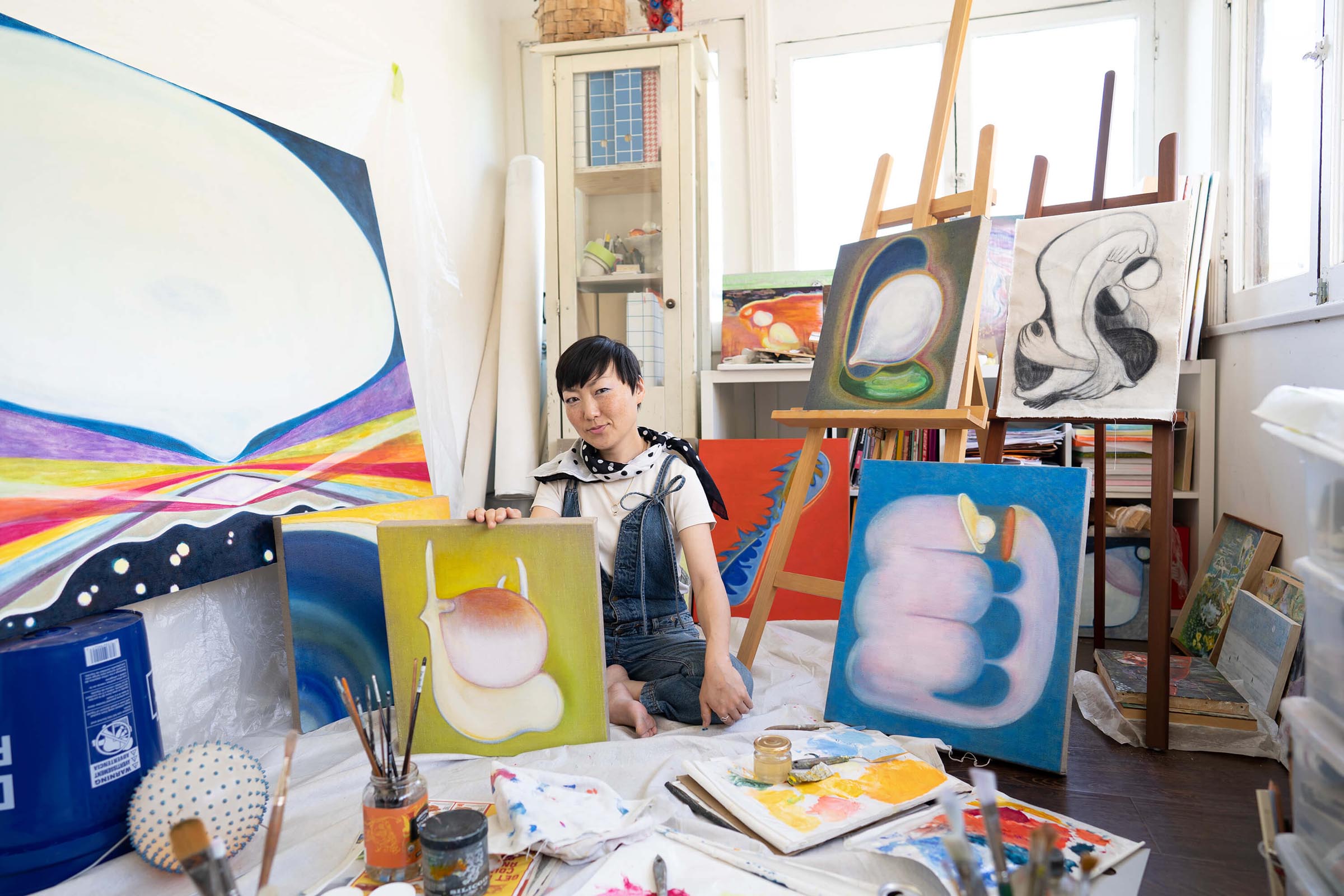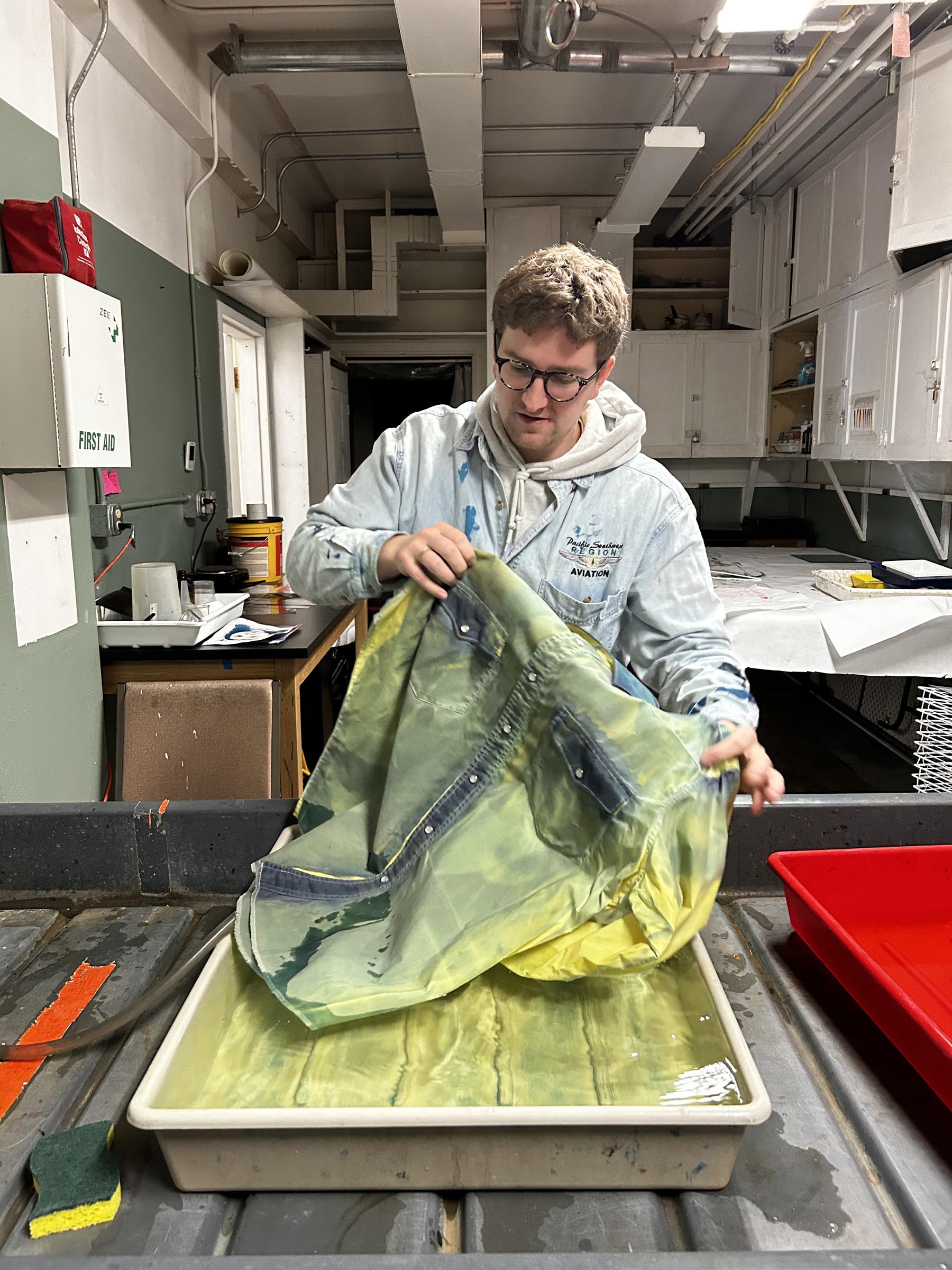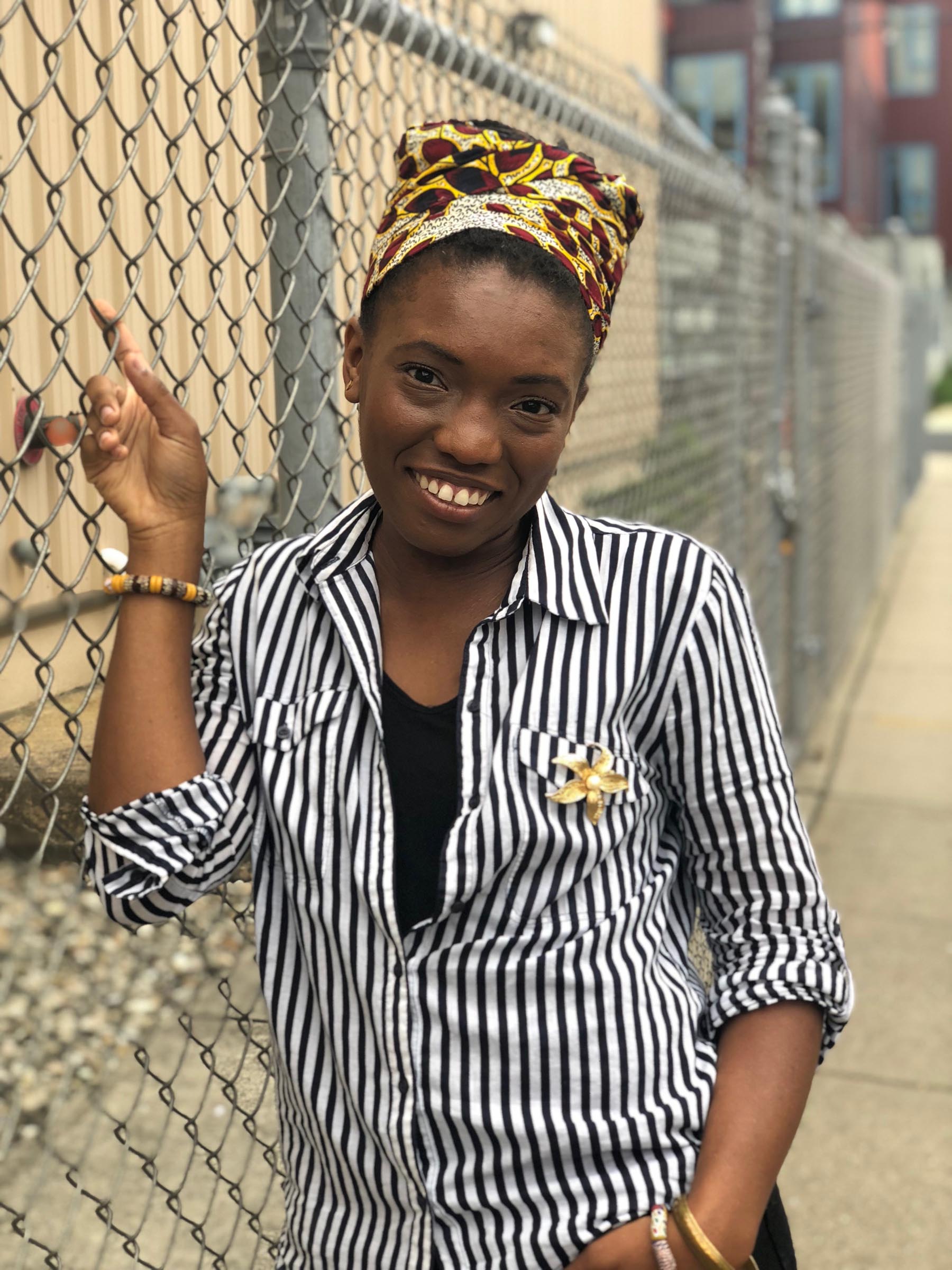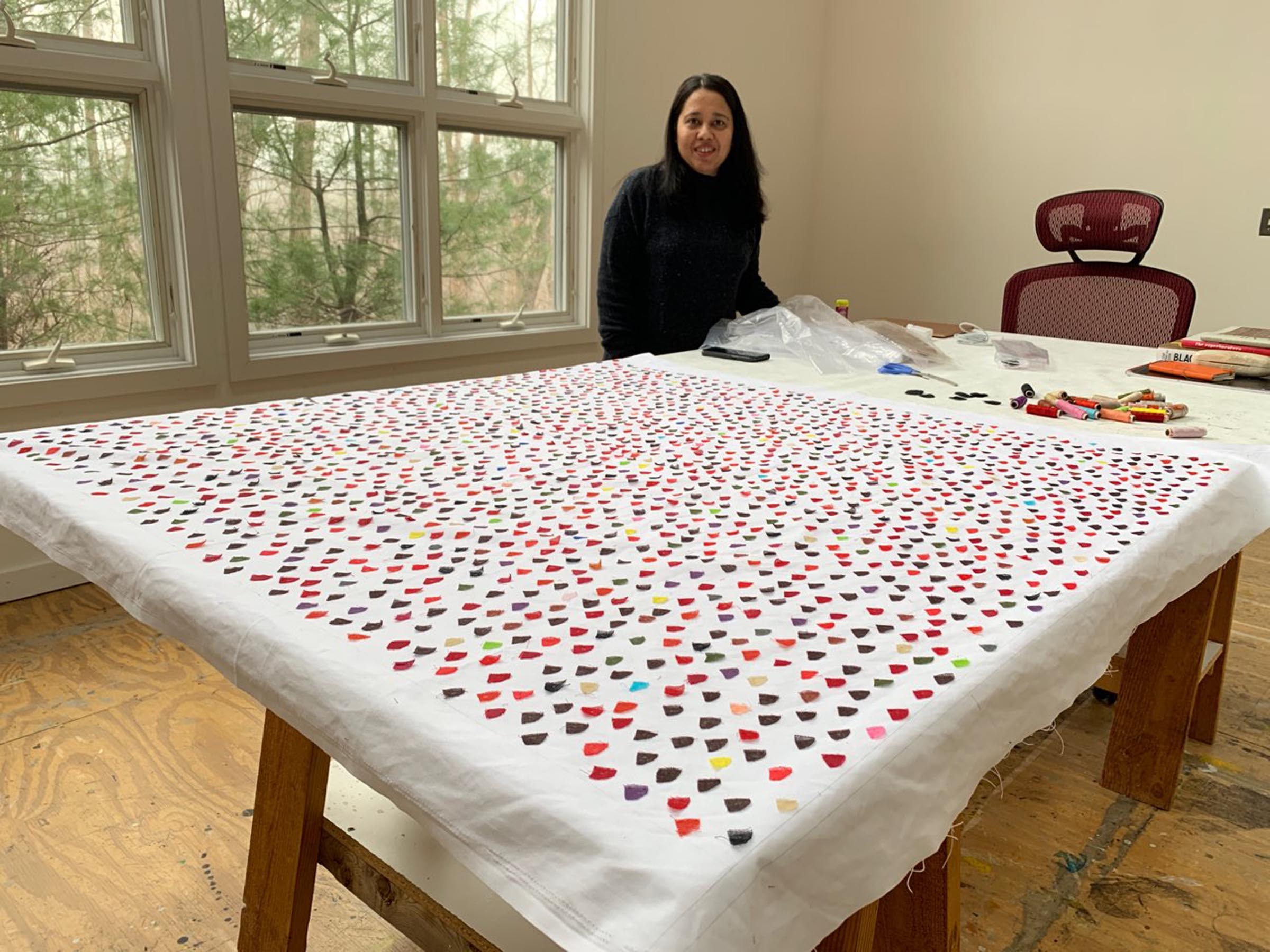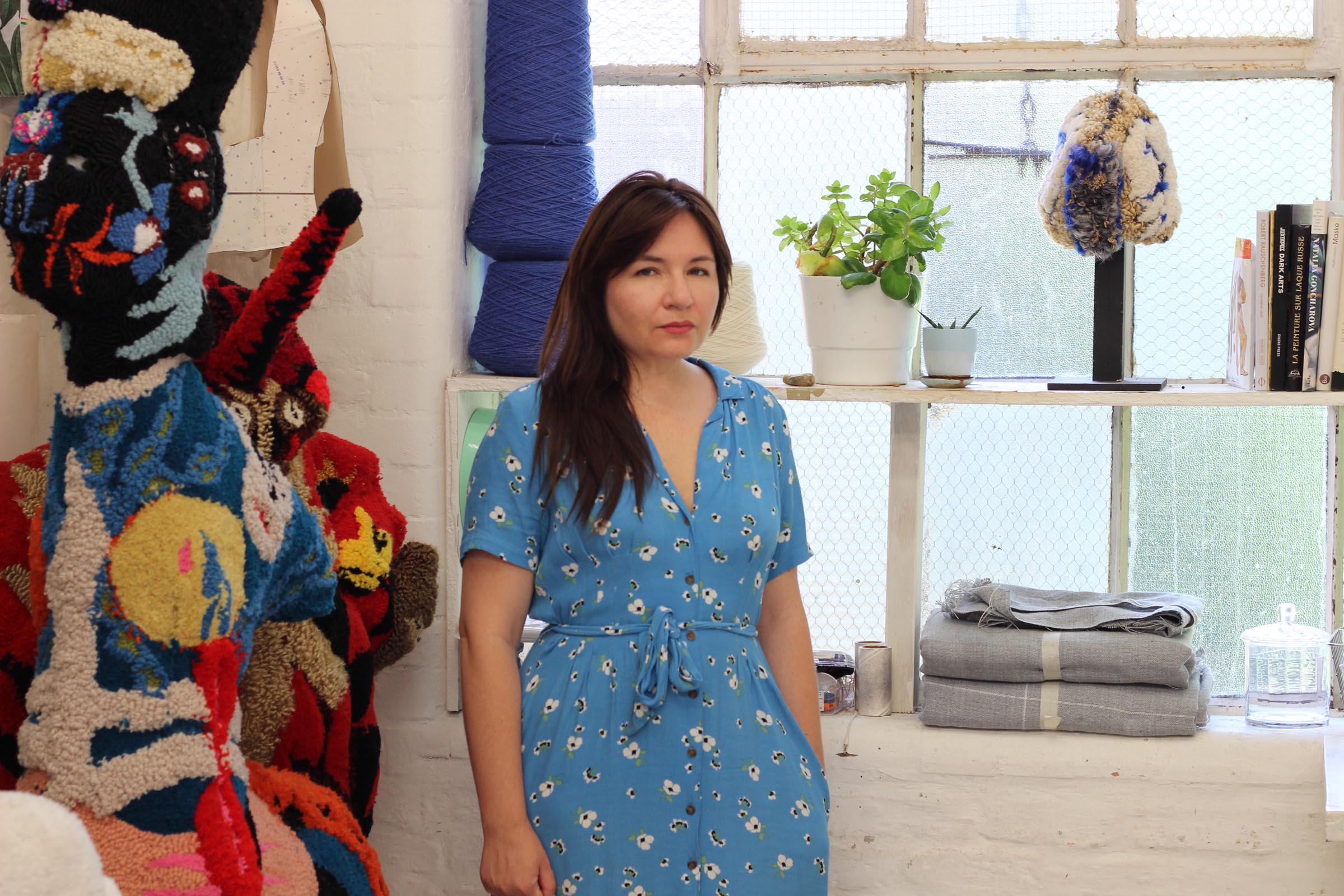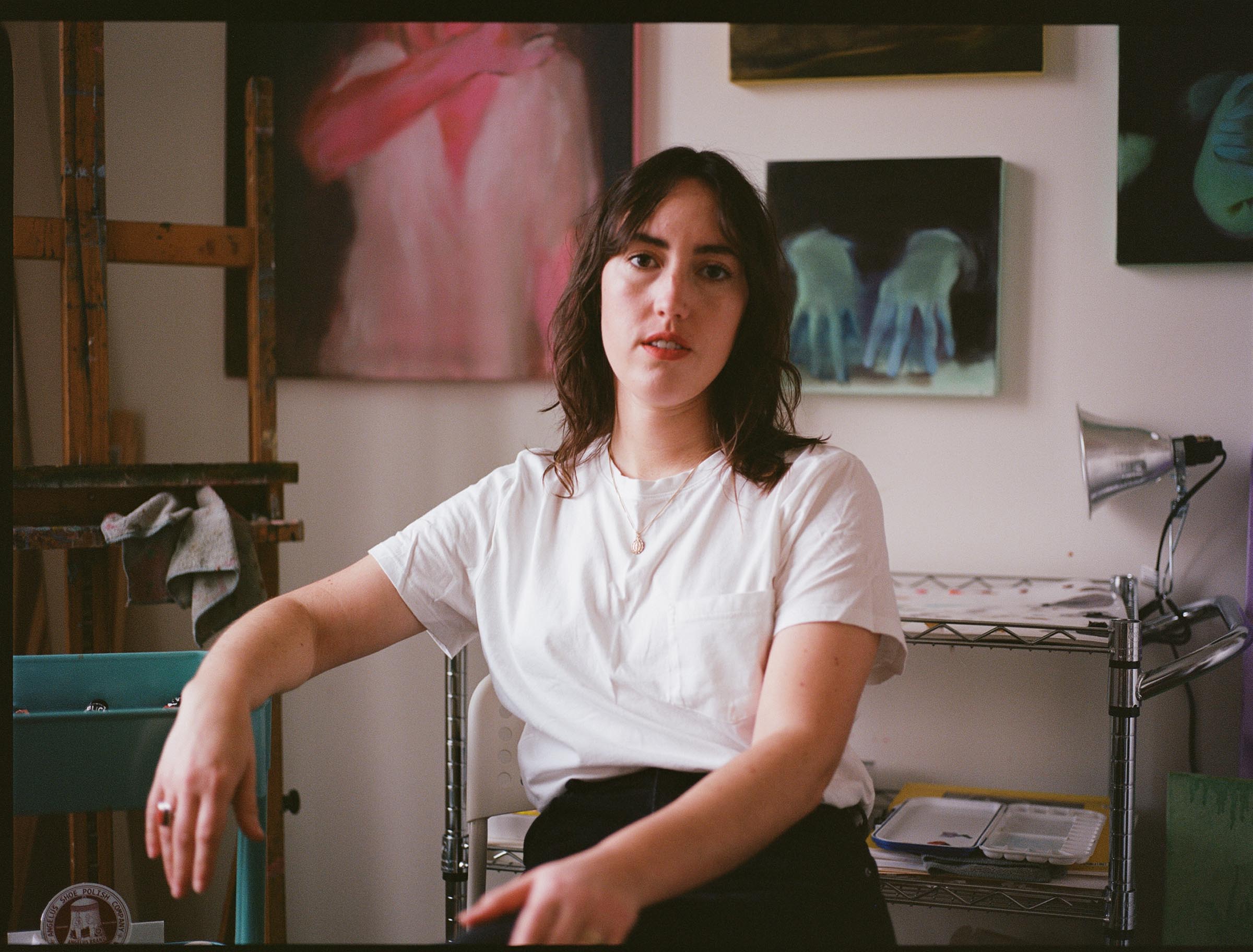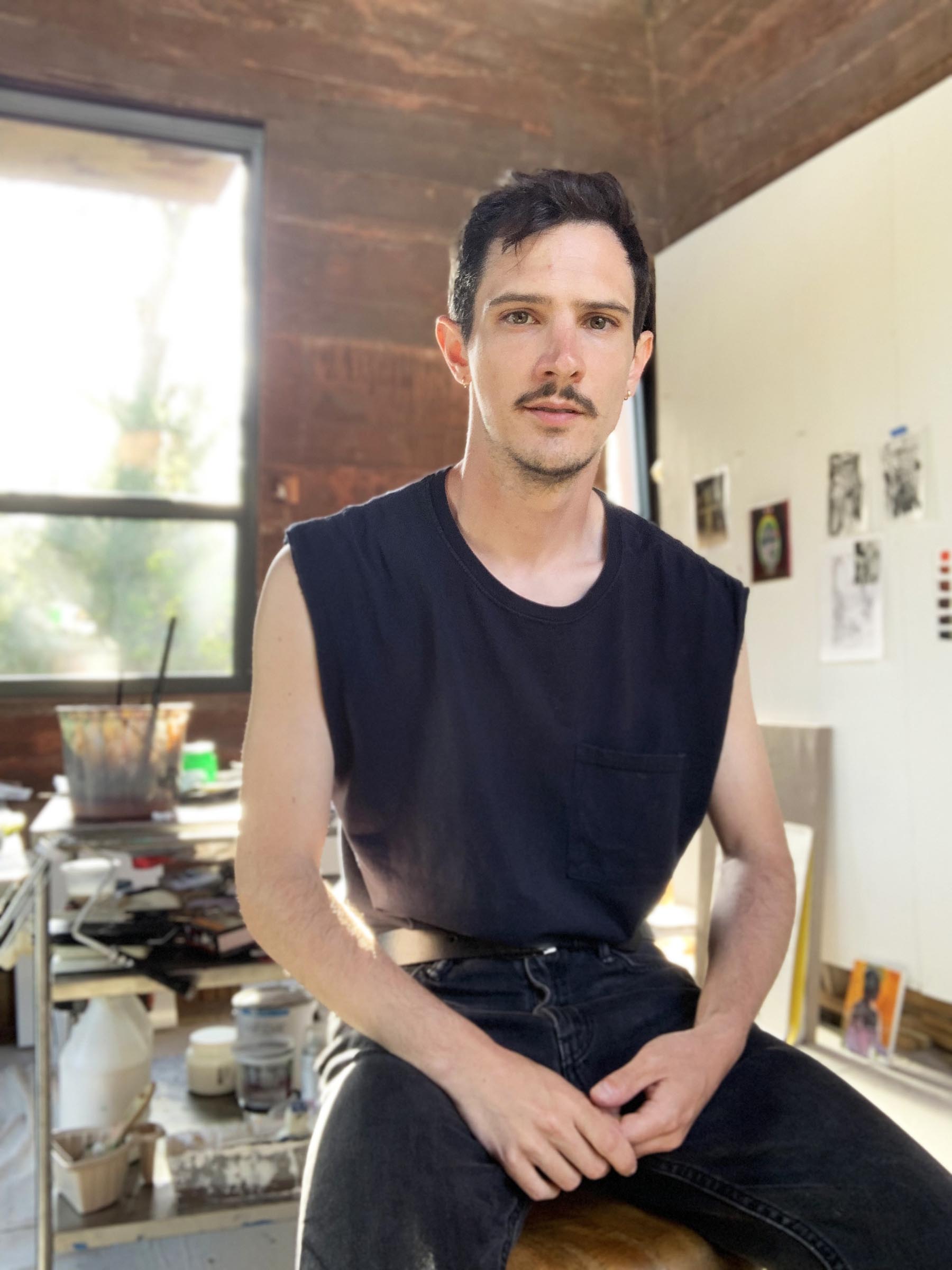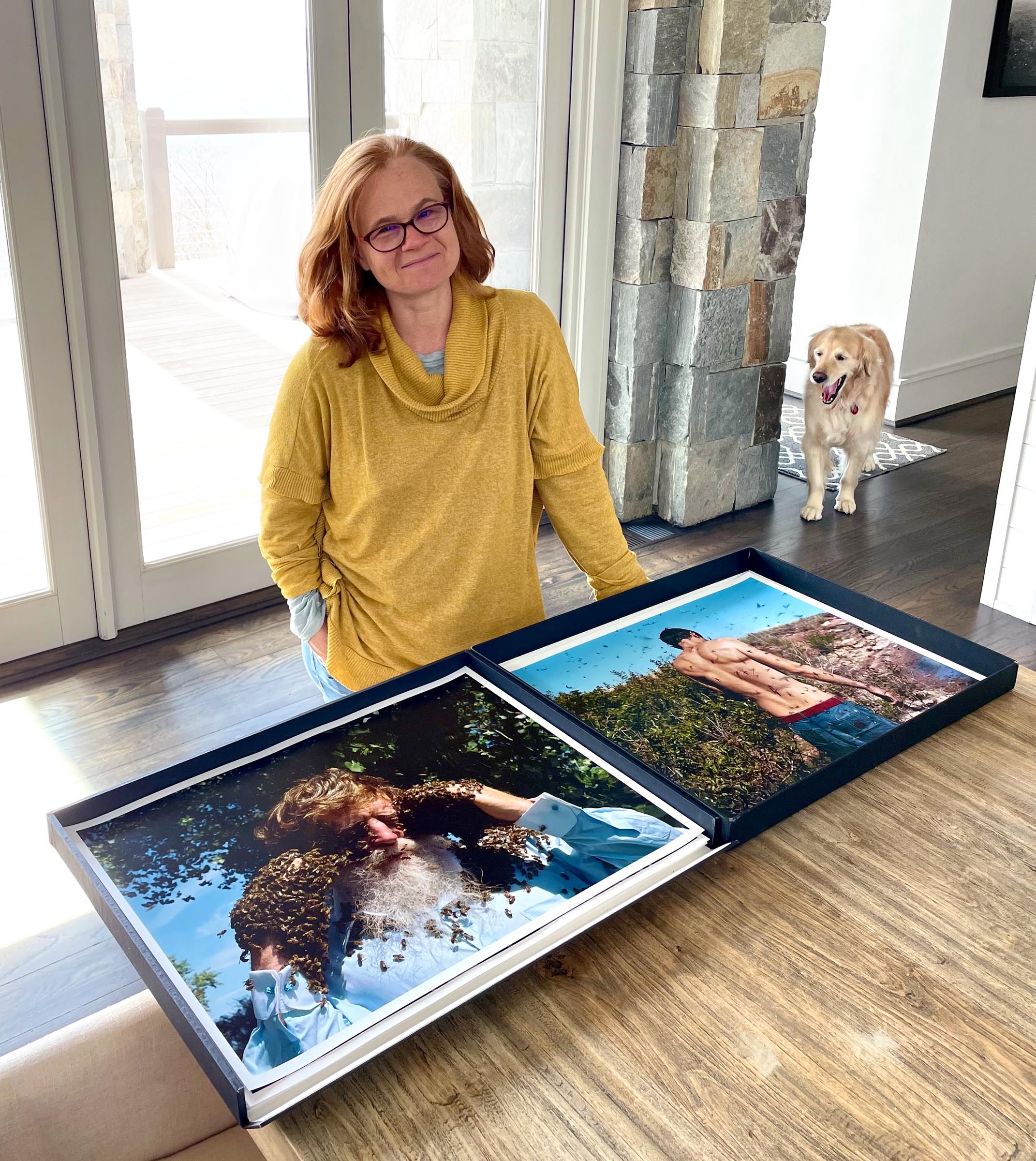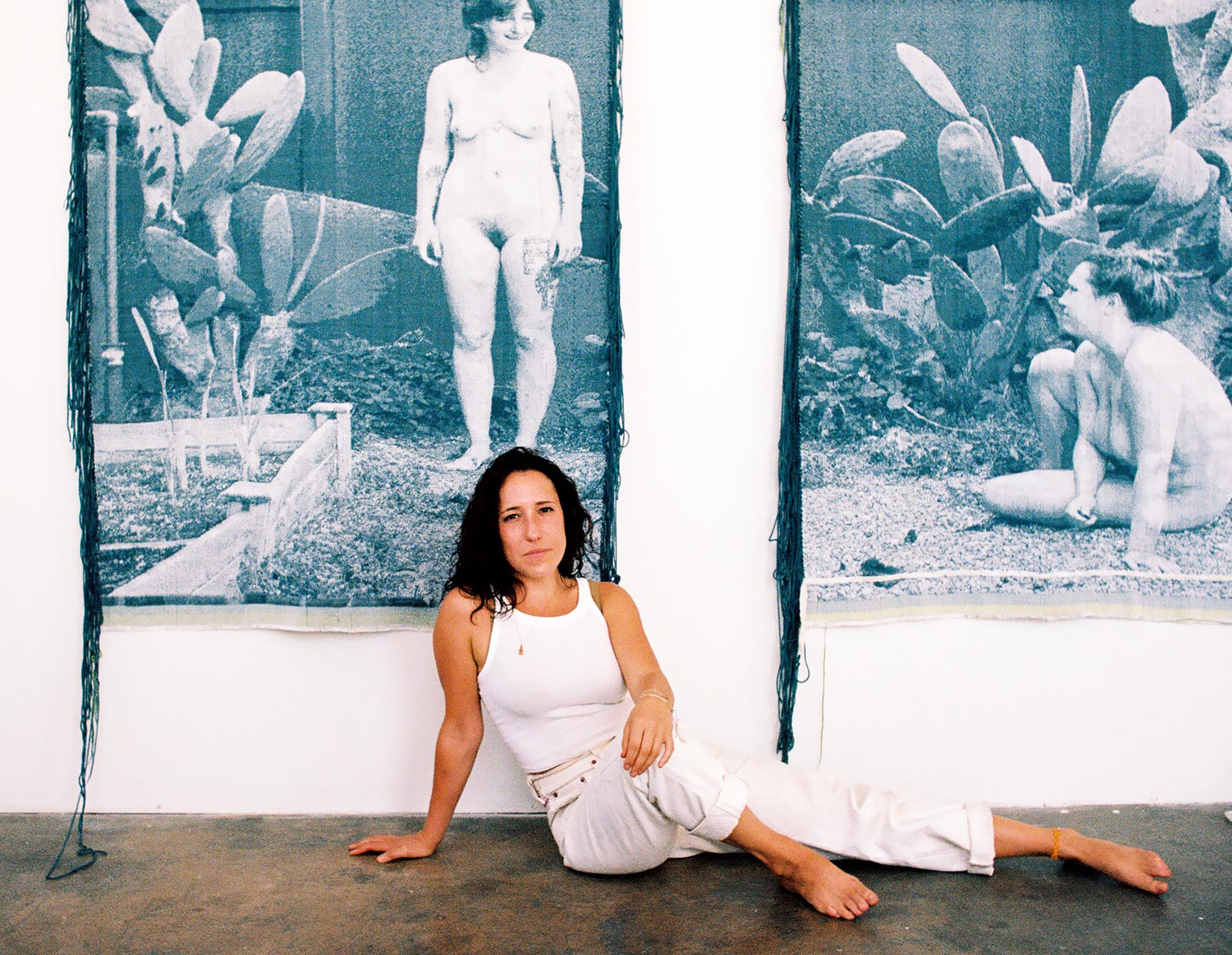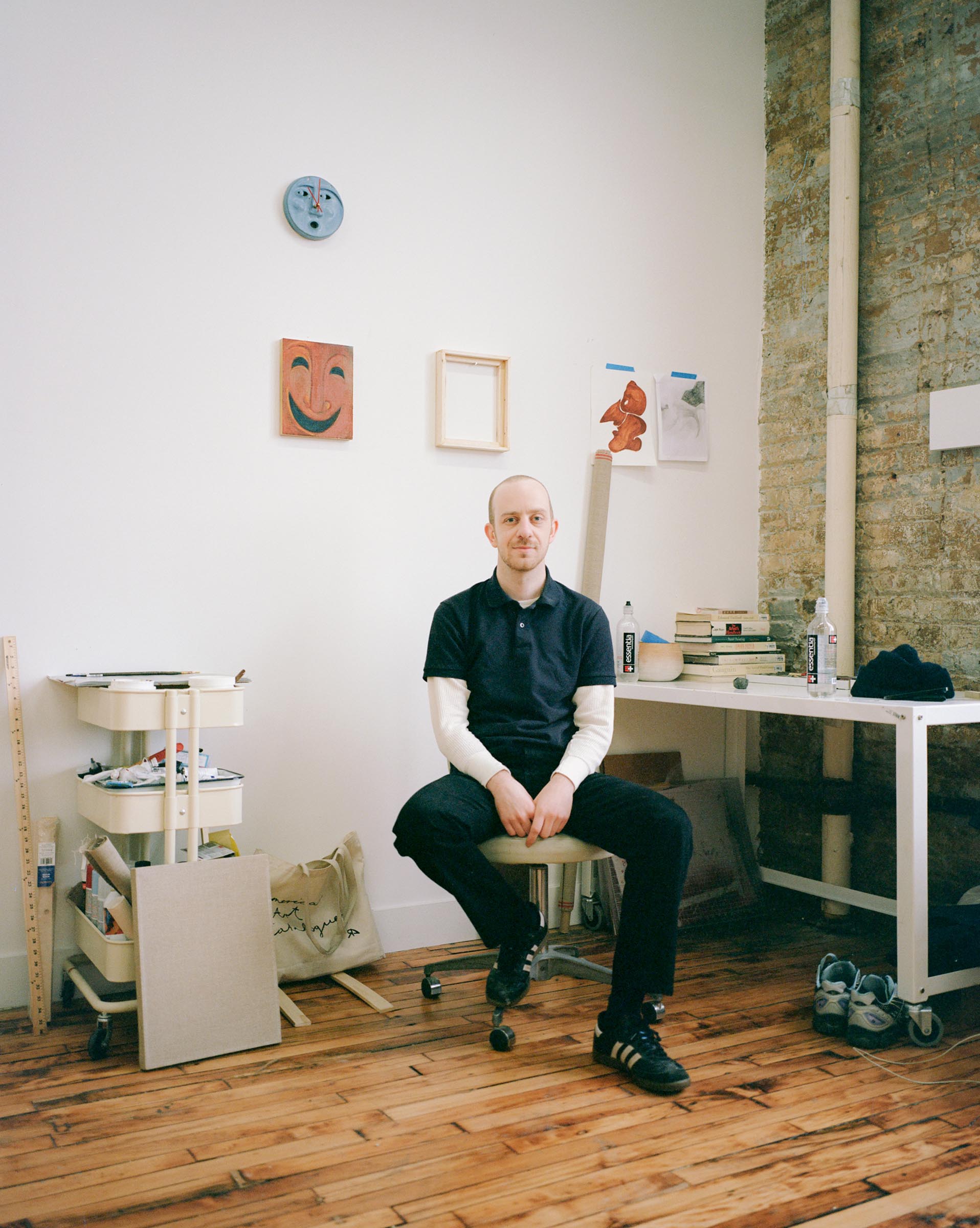How did you get into making art?
I can’t remember a time when I wasn’t drawing something. It was just assumed that I was going to be an artist, so I never thought of it as a choice. Despite that, I had a very non-traditional path. I was in art school for only a year. It was not a good experience for me, so I decided that I had to work things out on my own. I wouldn’t recommend it to anyone, as it’s extremely difficult to mature as an artist alone. But somehow I’ve managed to make it work. Only in the past 5 years or so I’ve begun feeling more confident about who I am as a self-taught artist.
What are you currently working on?
Currently I’m deeply intrigued by the concept of the “aniconic” – the mystical aspects of non-figurative and non-representational depictions of deities and spirits. I’ve been attempting to find ways to charge sculptural objects, unhewn rocks, and wood with spiritual meaning through artistic means. As of late, my practice has been expanding from lens based work into sculpture and installation. I’m hoping to continue that practice.
What inspired you to get started on this body of work?
My previous body of work was a study of the numinous in the desert landscape – an exploration of the sometimes porous boundaries of the supernatural and the natural. I’m extremely interested in how religious states of mind are formed. My practice generally exists in a hazy field of primitive, ancient and religious art in a contemporary context. I think of it as a search for the ancients to reanimate the most basic primordial meaning of being a human being. I wonder about the end of human civilization and the beginning of religion. It fits the western mood I guess. Spiritual emptiness and existential dread of nuclear war and the Anthropocene. I’m hoping I can heal my sick soul by establishing a spiritual practice through art.
Do you work on distinct projects or do you take a broader approach to your practice?
I manage a couple loosely connected projects, but with the expectation that I’m striving to integrate everything into a cohesive whole. It can be quite difficult at times, since I work with multiple mediums and they all require different modes of concentration. For example, an installation requires a lot more rigor because it needs to be pre-planned and is contingent on approvals from many stakeholders. So, it runs the risk of becoming isolated from my other work. Photography tends to sprawl out of control if you’re not careful. In my view, the cohesion of central ideas should have primacy over everything else.
What’s a typical day like in your studio?
I don’t have a studio, but I suppose my truck fills that void in a way. I load it up with gear—cameras, tools, wood, rocks, wires, ropes, gunpowder, paints, pigments, stands, ladders—and head to remote locations. There, I work intensely for one to two weeks, sleeping on location in order to gain an immediate relationship to the land.
A day in the field involves balancing prep and creation, working on two to four projects concurrently based on workload, light, and weather. My plans are always flexible and adaptable to conditions in the field. I’m awake slightly before sunrise to capture the morning light. The rest of the day is outpacing and adapting to the movement of clouds, stars, the sun and moon. I have separate plans tailored to various scenarios. Concepts that gain from cloudy shadowless days; or demand strong winds, or frigid nights, or extreme heat. Sometimes I focus on a single installation for several days, photographing it across various conditions.
Primarily it’s an affair of trying to note what Nature is showing me. Each day is unique. The only constants are the joys of work, problems, revelations – and honestly, body aches and fatigue. In between trips, I’m focused on post-production at the computer, and conceiving new iterations for the next time.
Who are your favorite artists?
Jungjin Lee for her hand made desert photography. Ana Mendieta for her personal connection to landscape. Architect Louis Kahn for his reanimation of materials. Perhaps my one true favorite is the German land artist, Hannsjörg Voth. His work, in my opinion, perfectly captures the ancient spirit and meaning we used to derive from Nature through communal construction and installation.
Where do you go to discover new artists?
Instagram, Pinterest, Louisiana Channel and bookstores.
